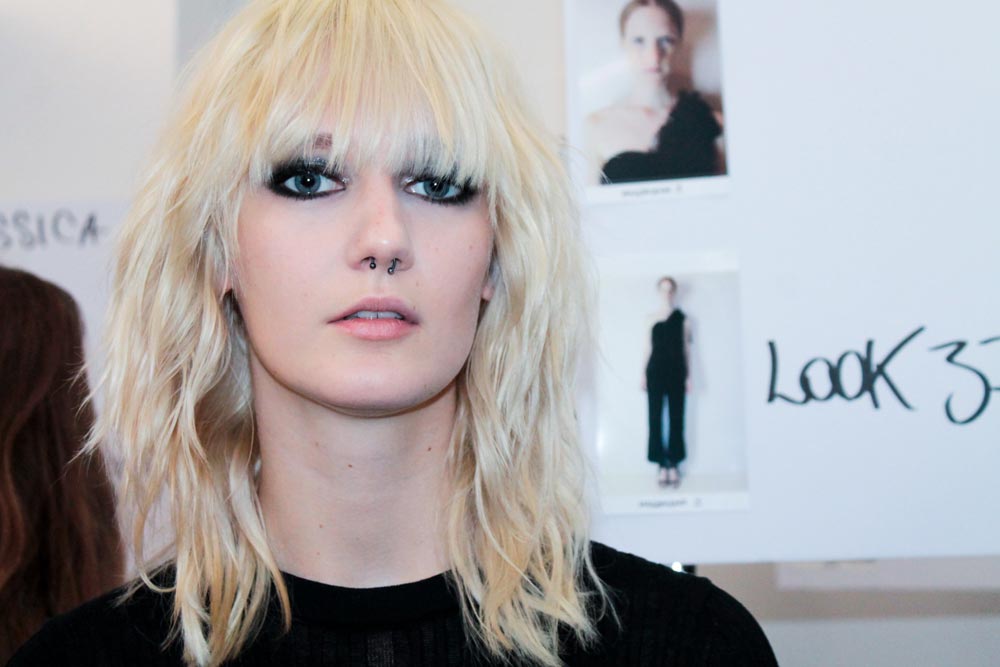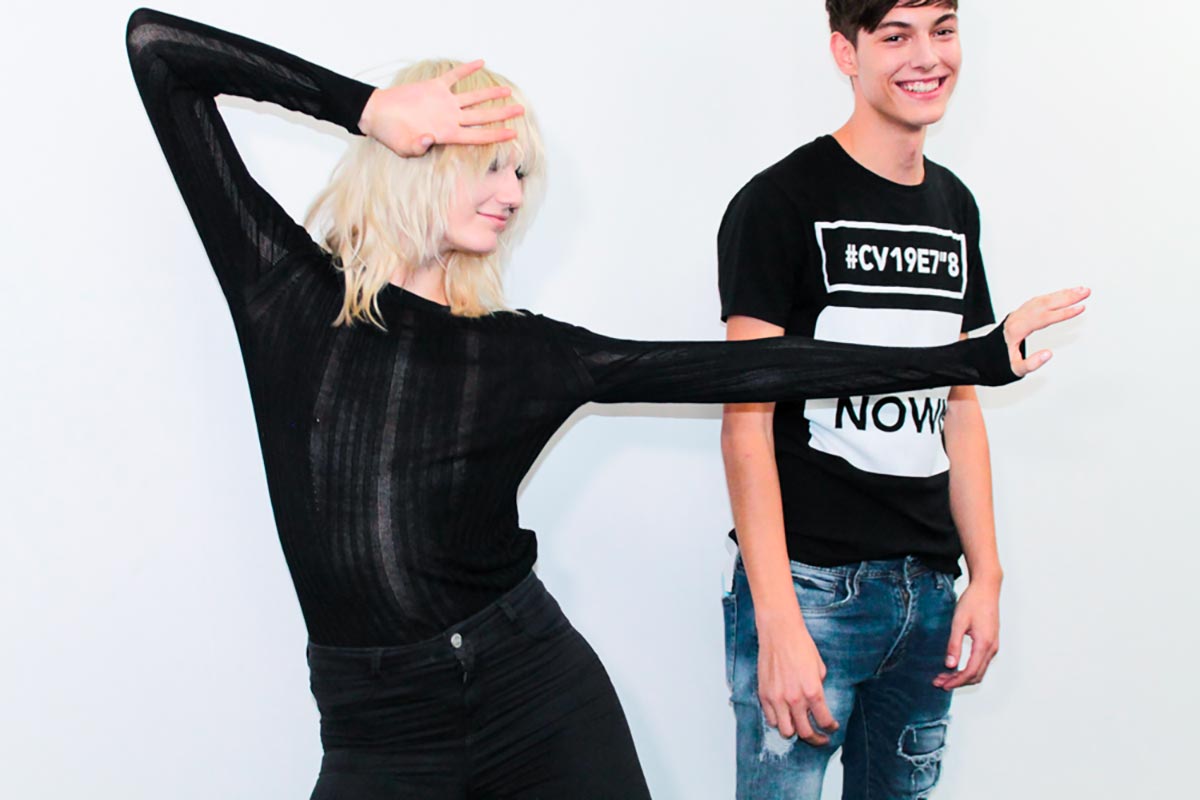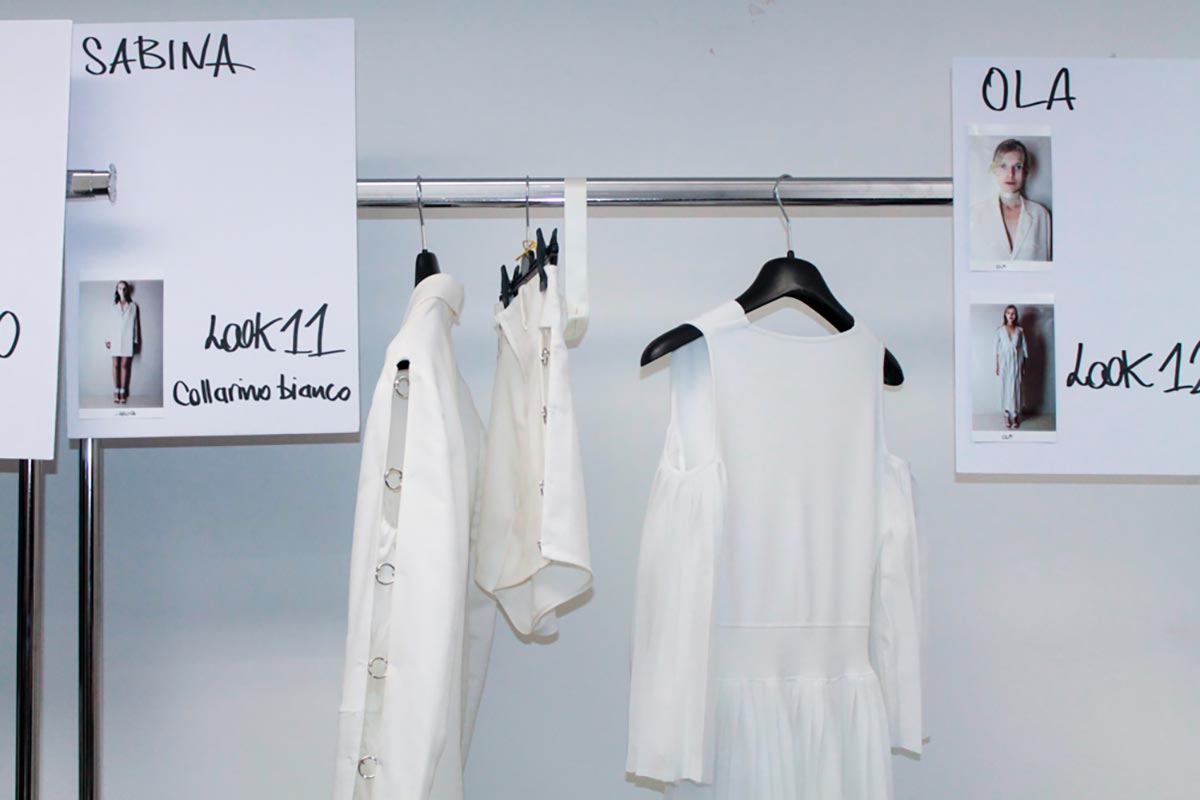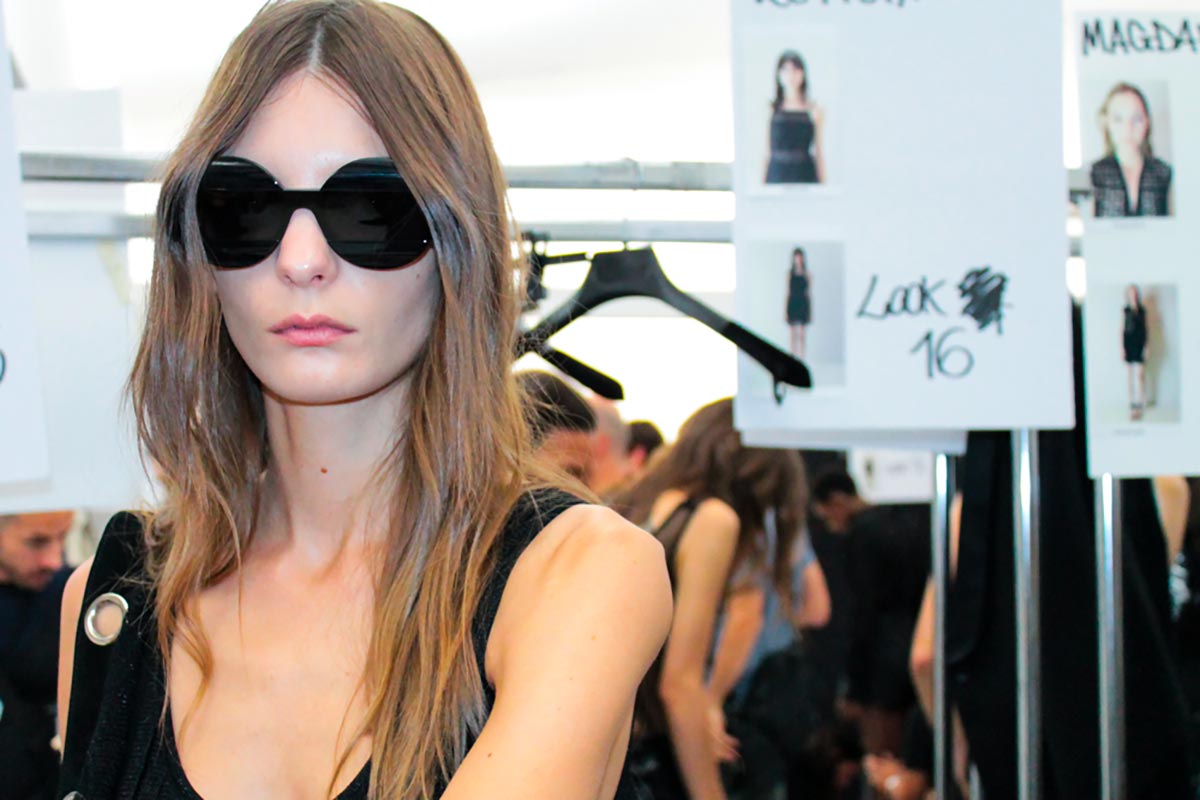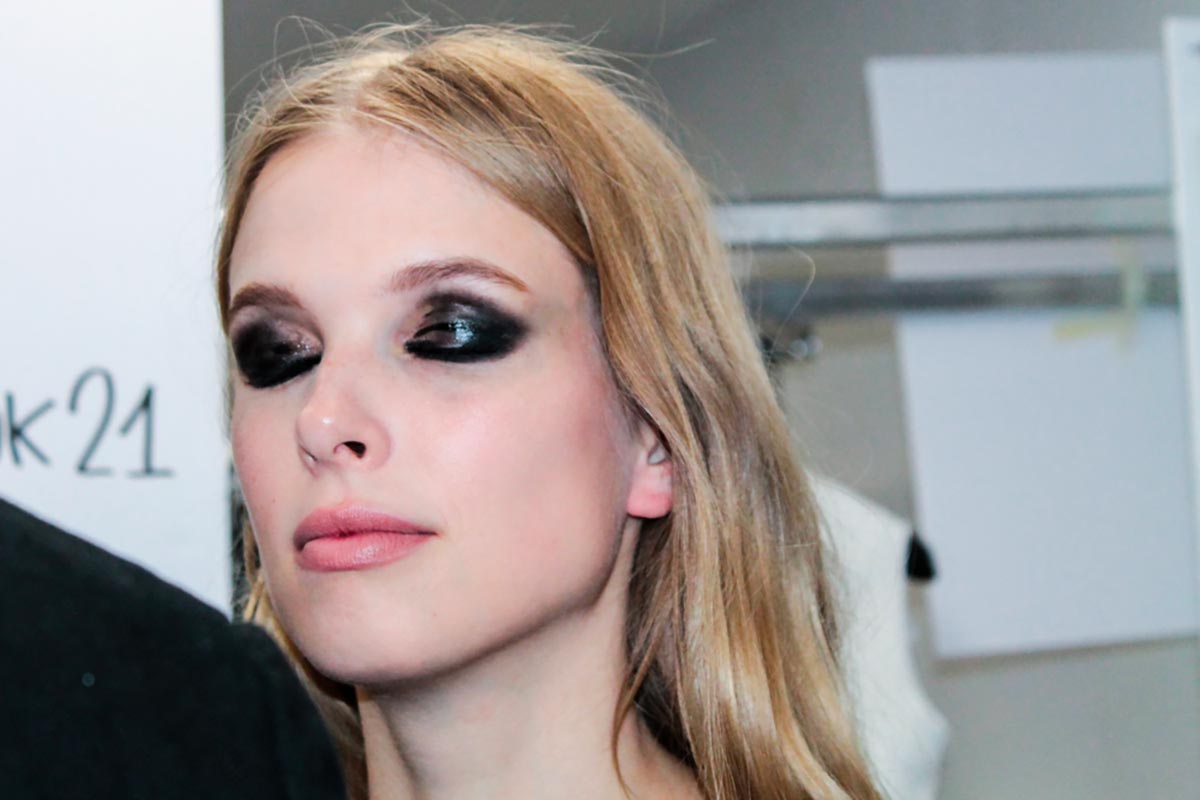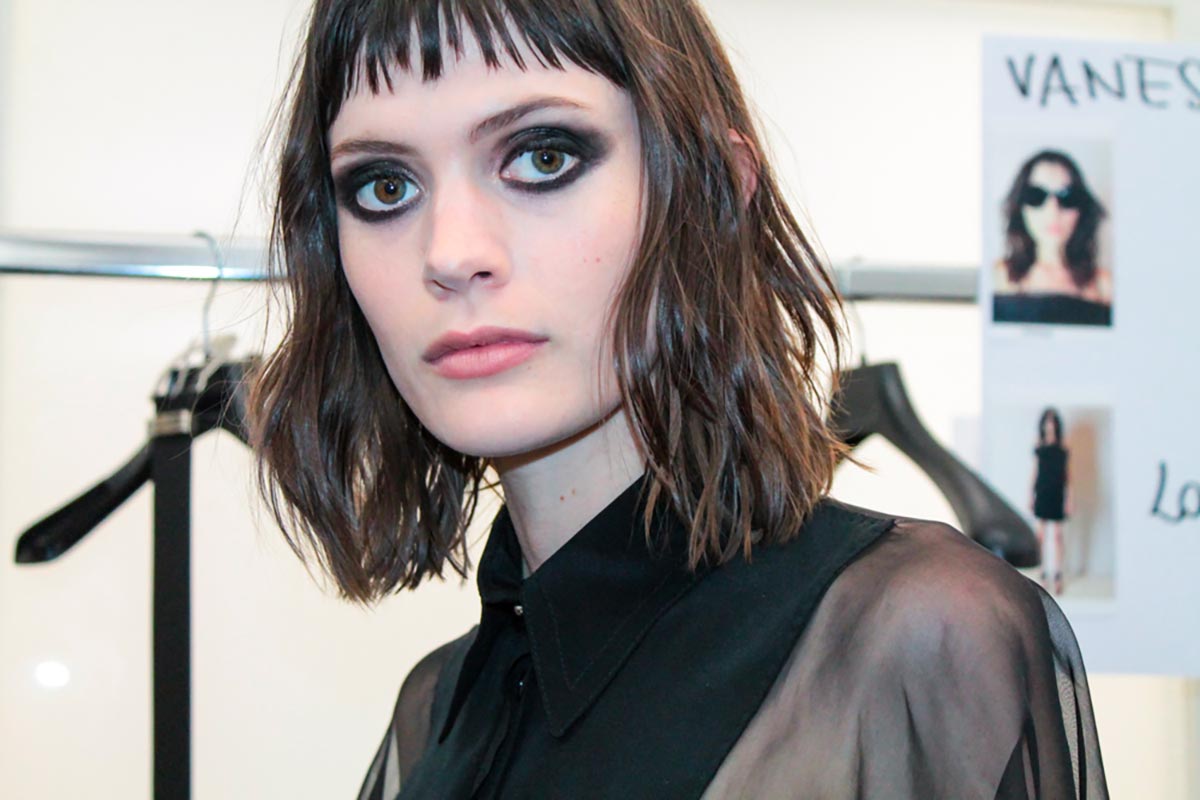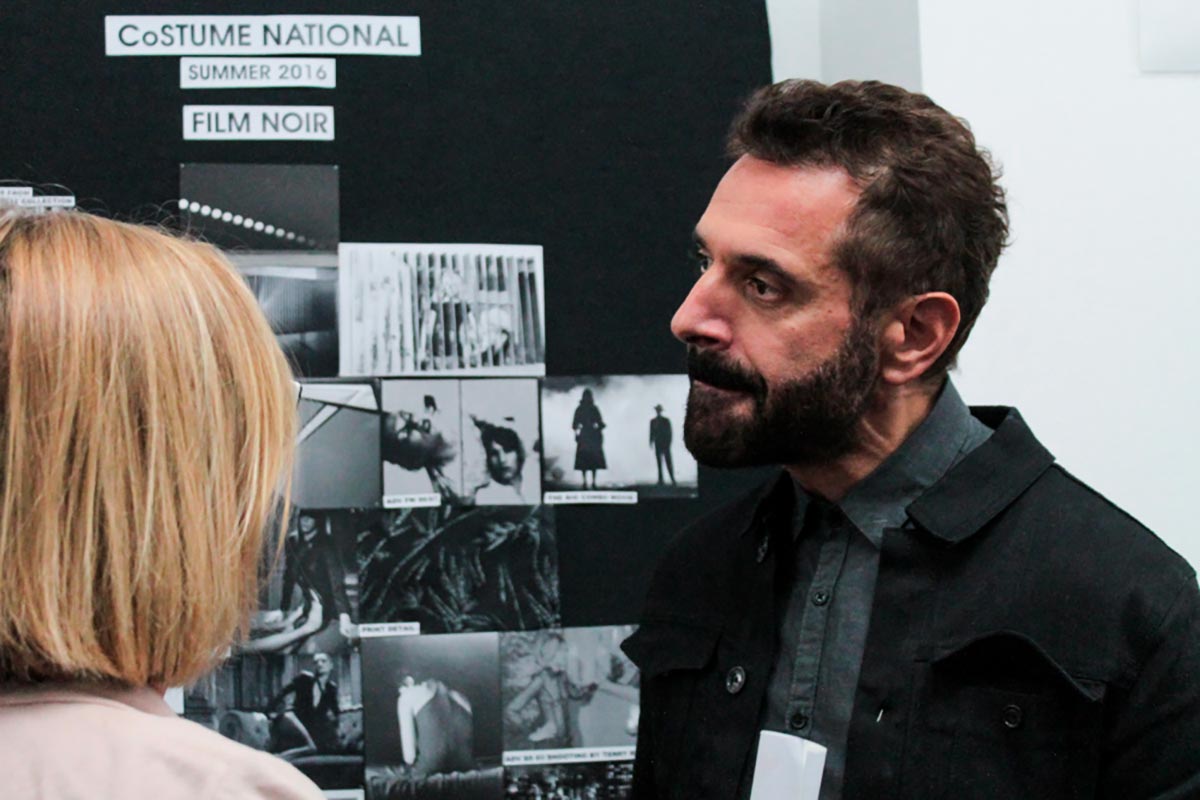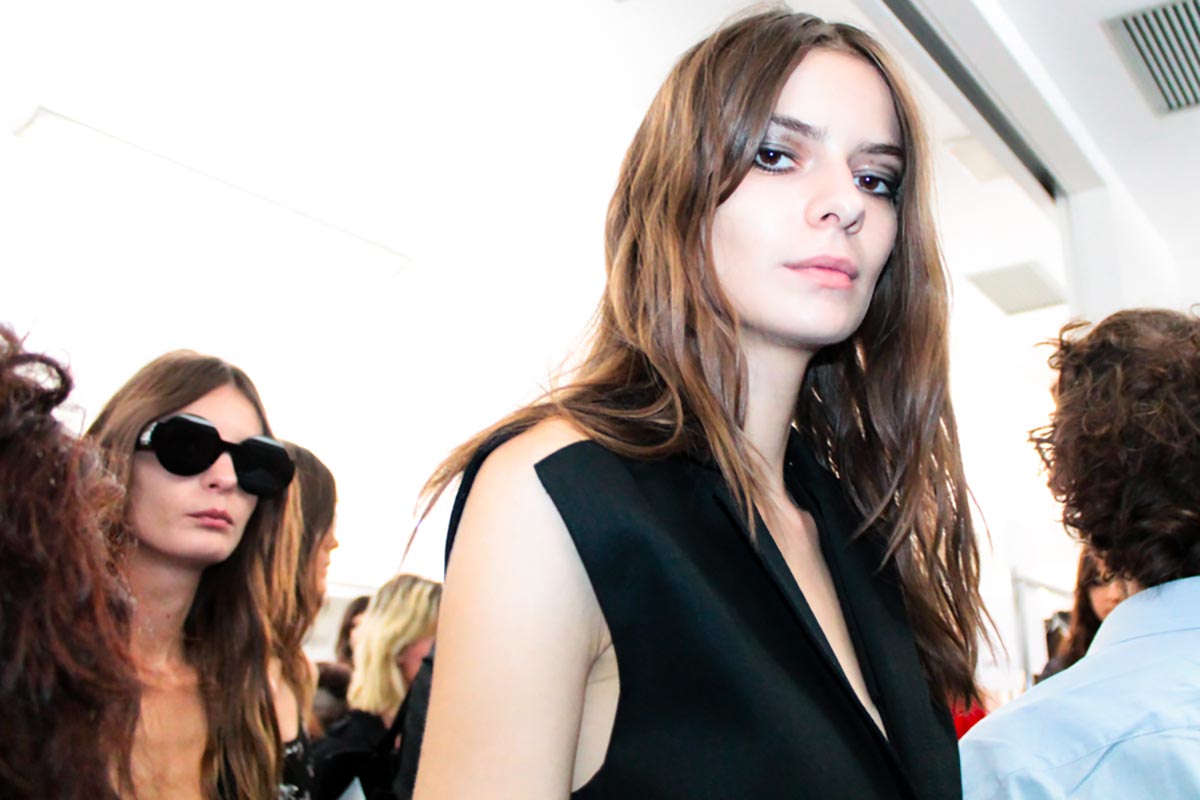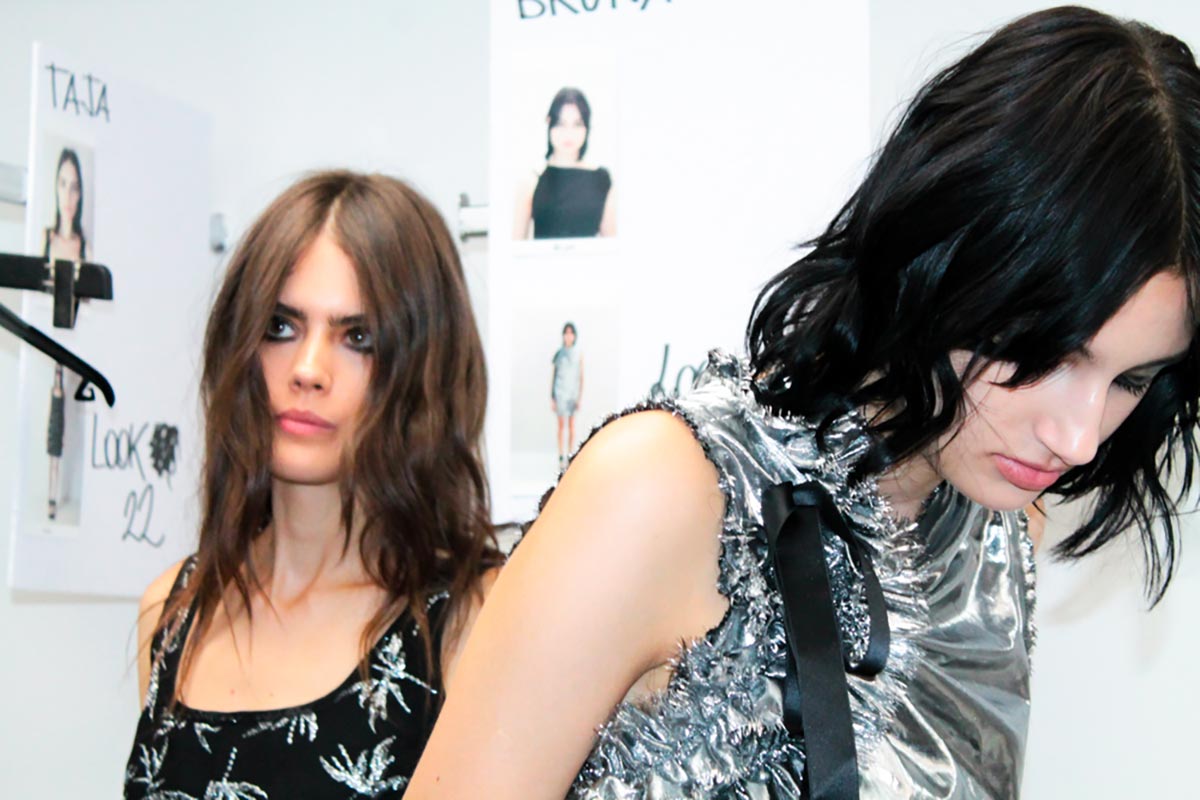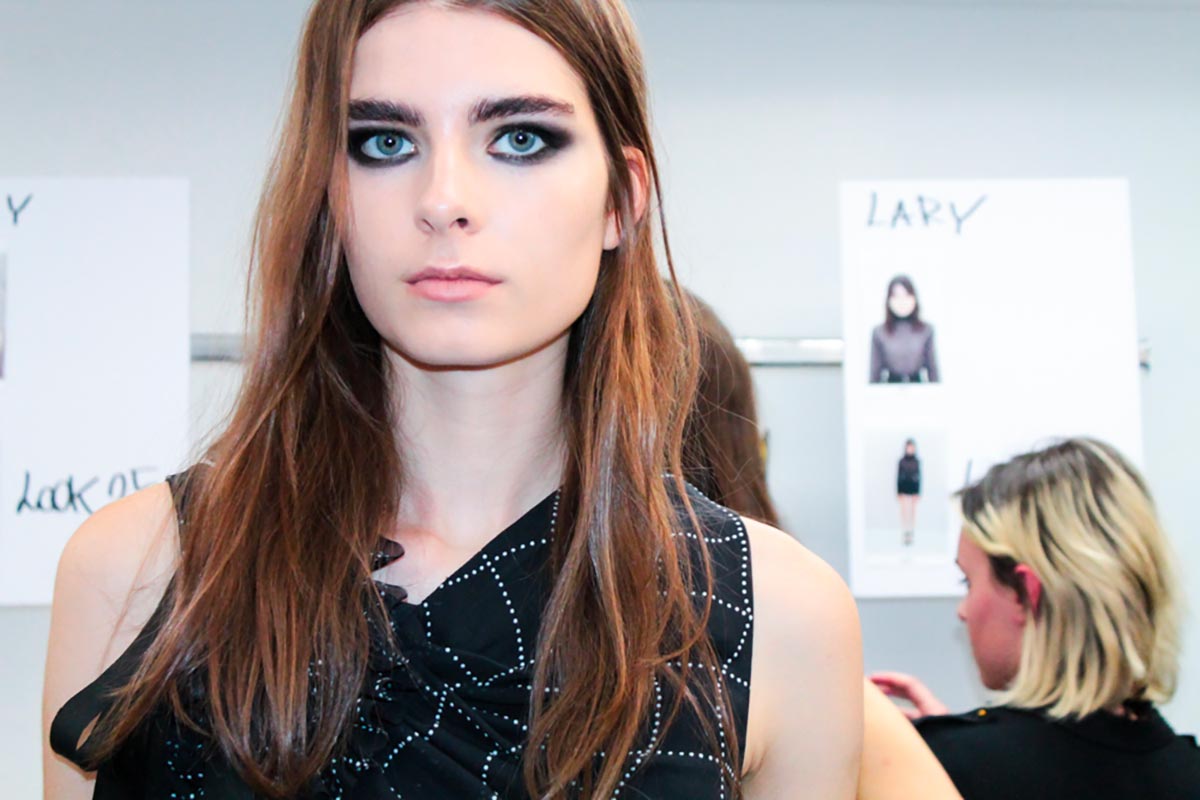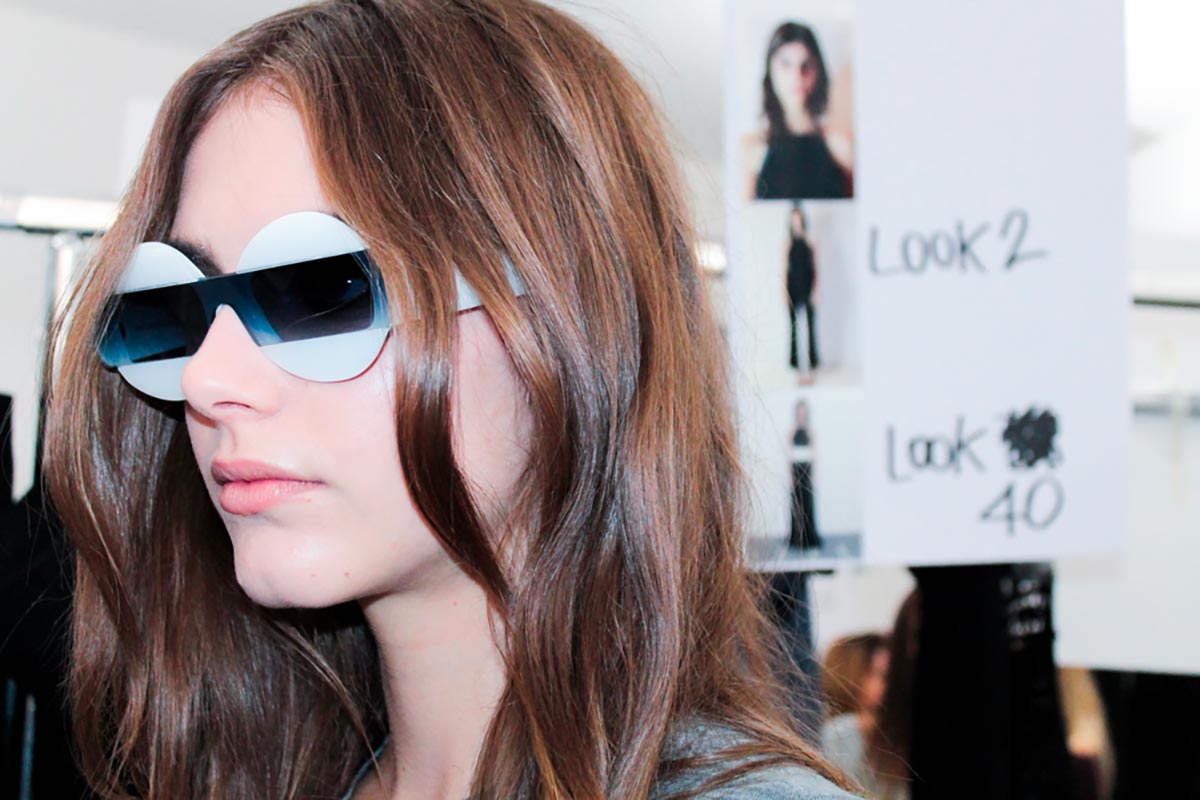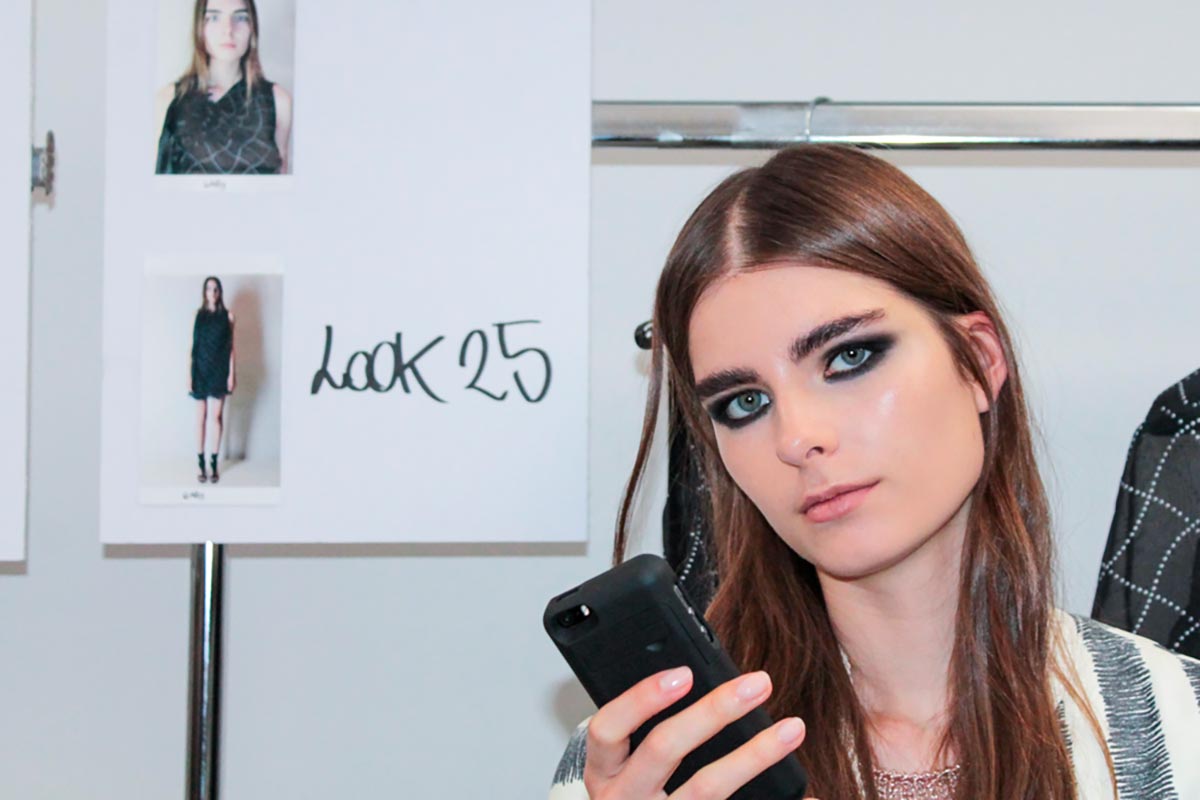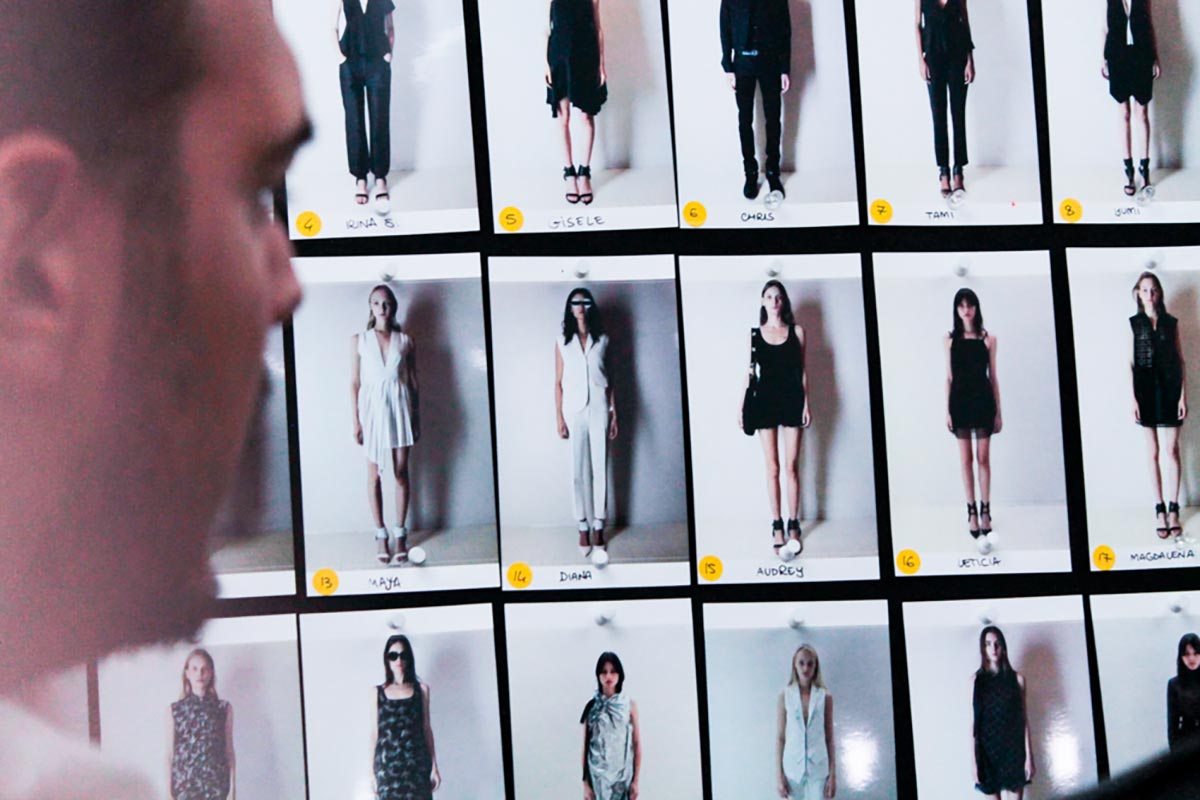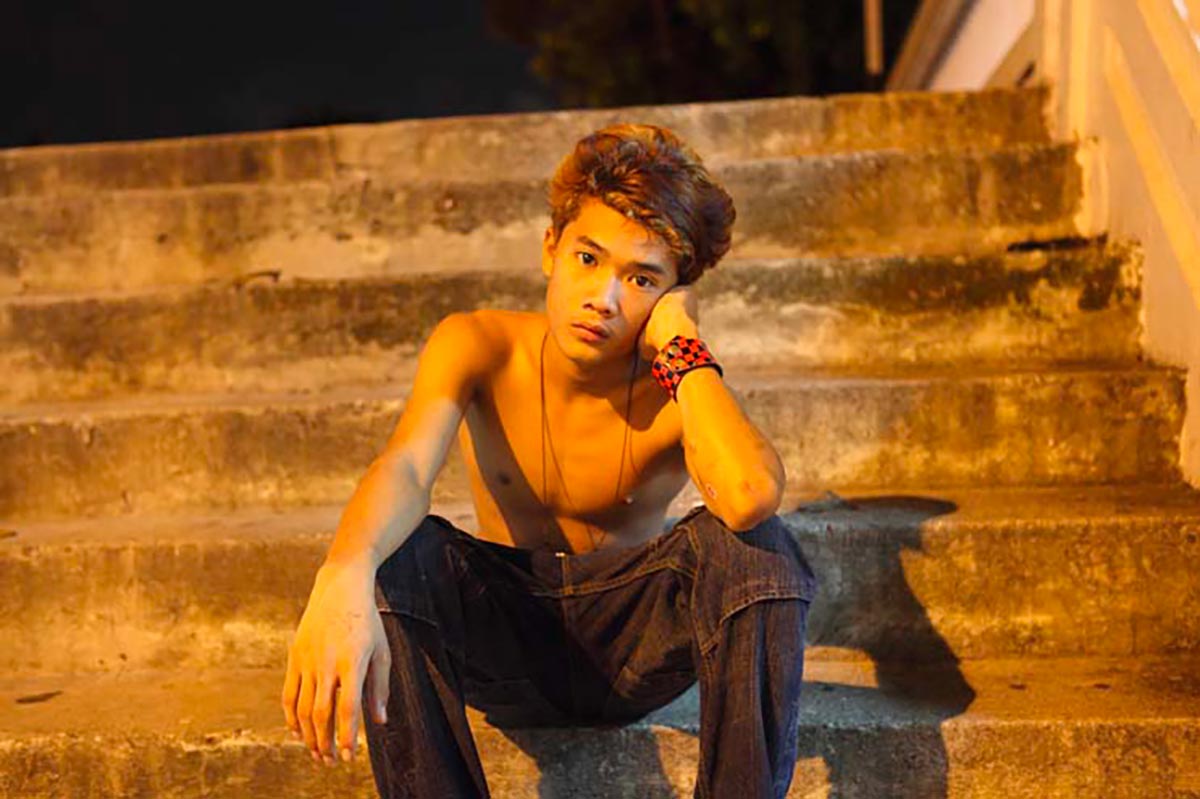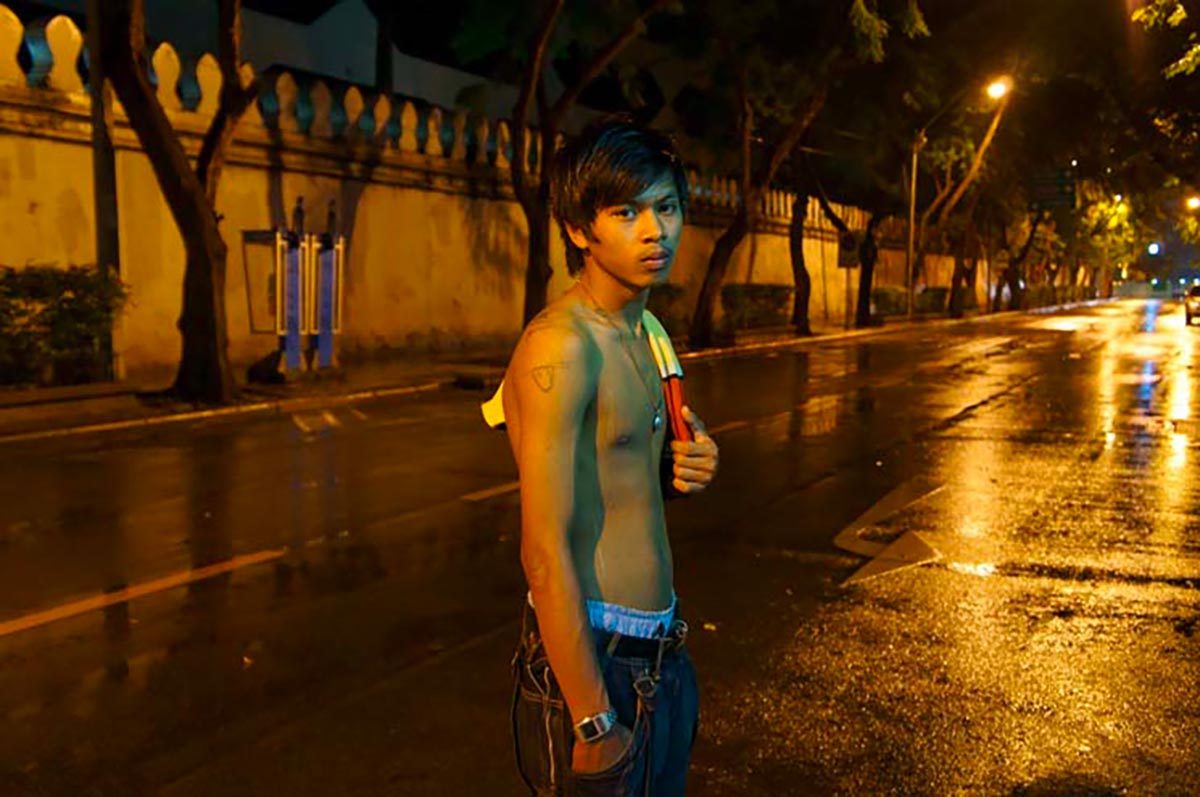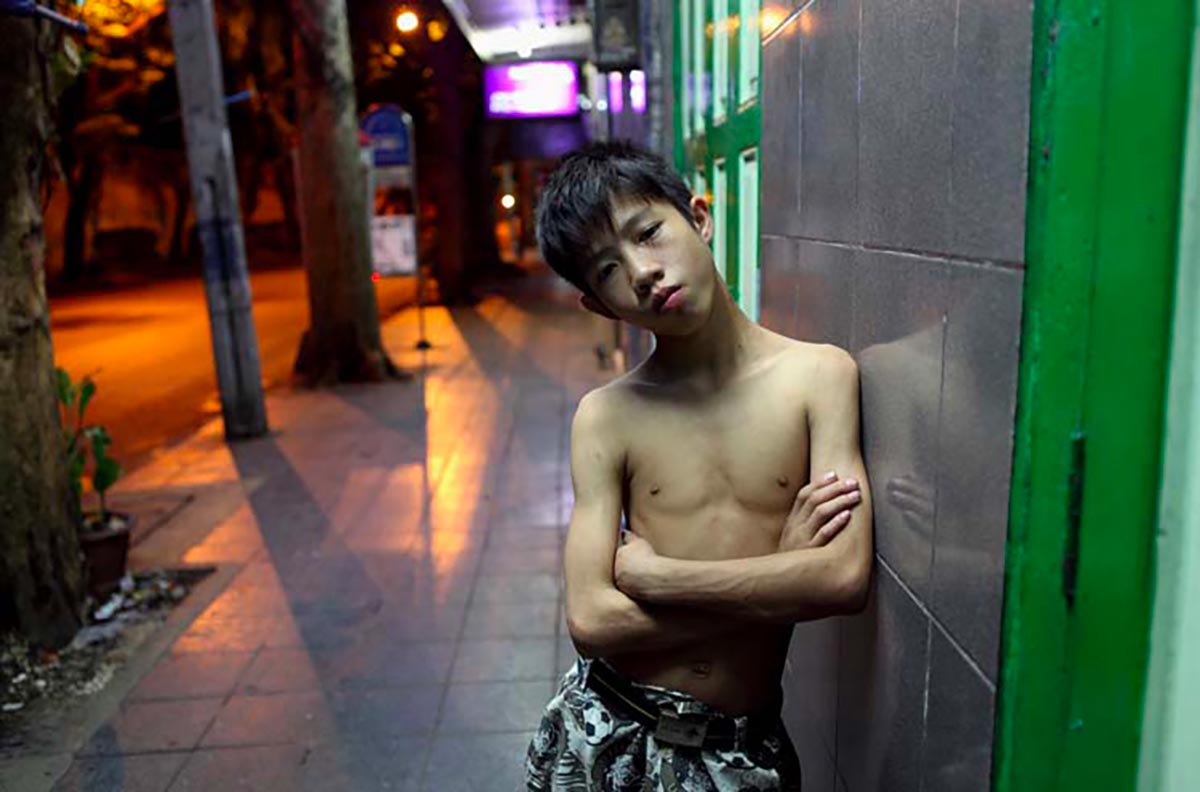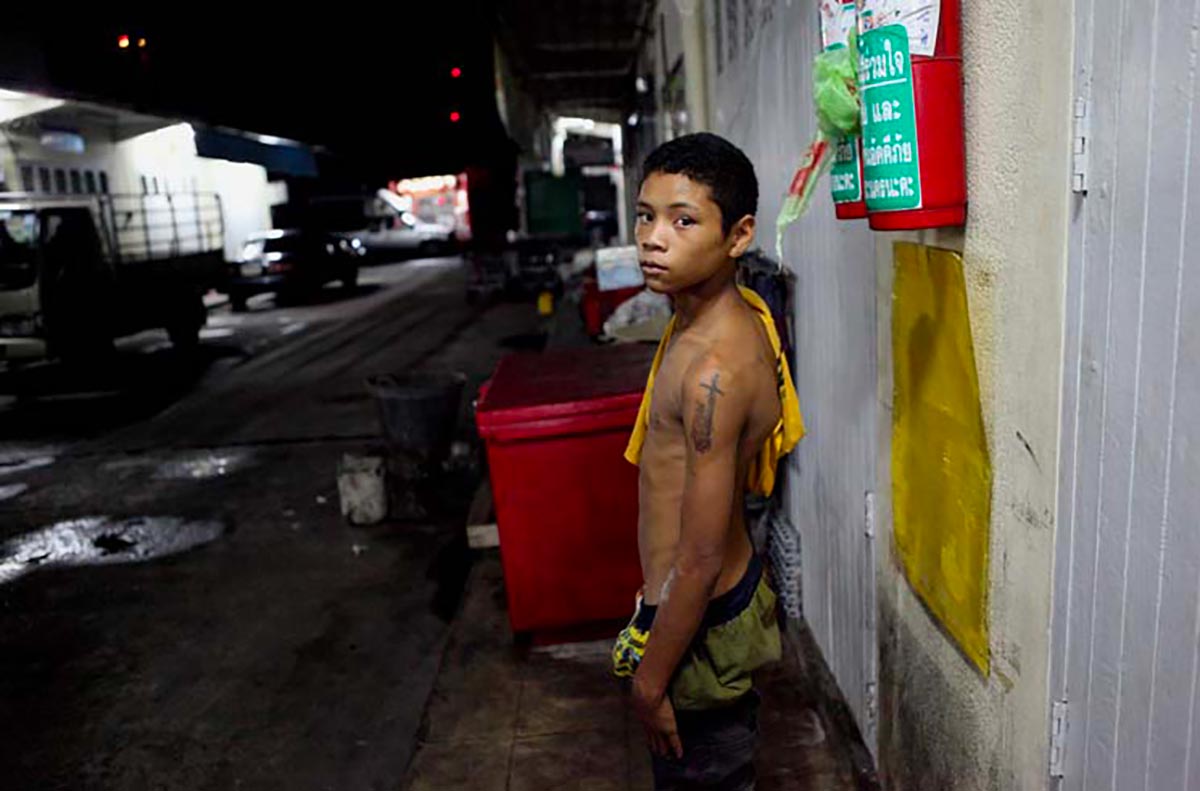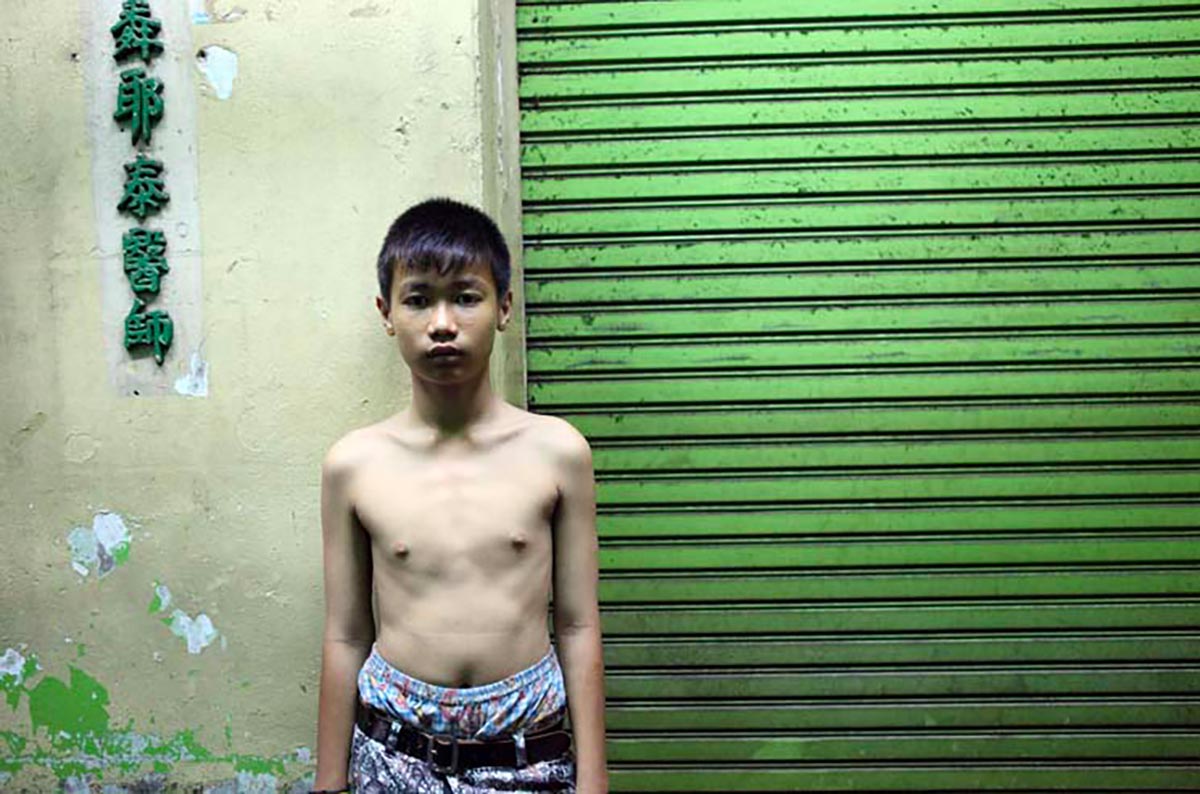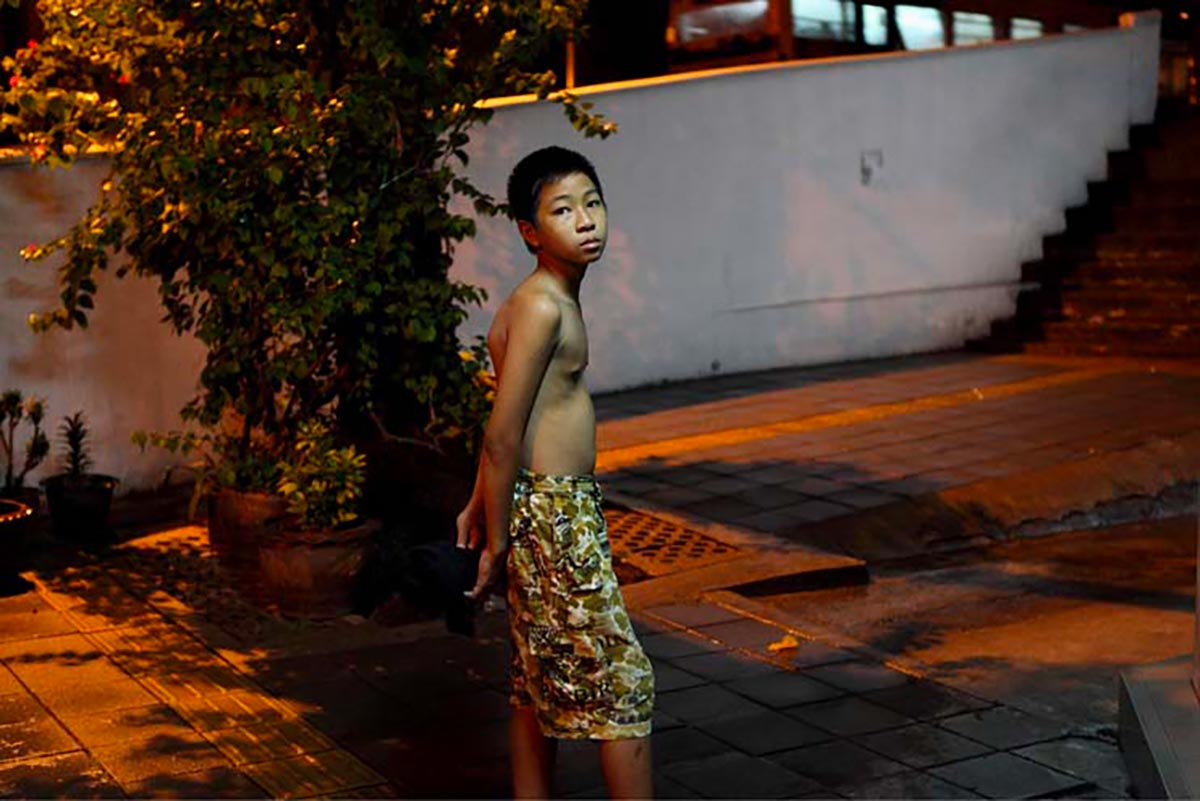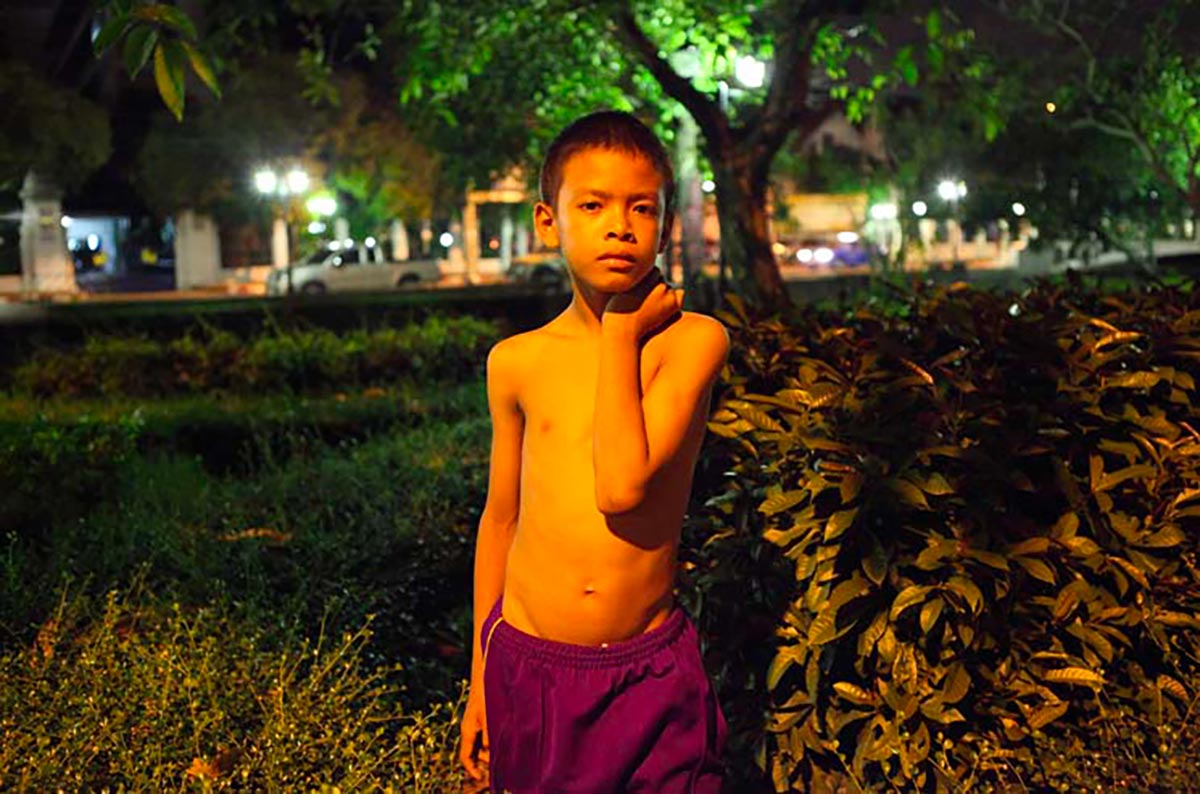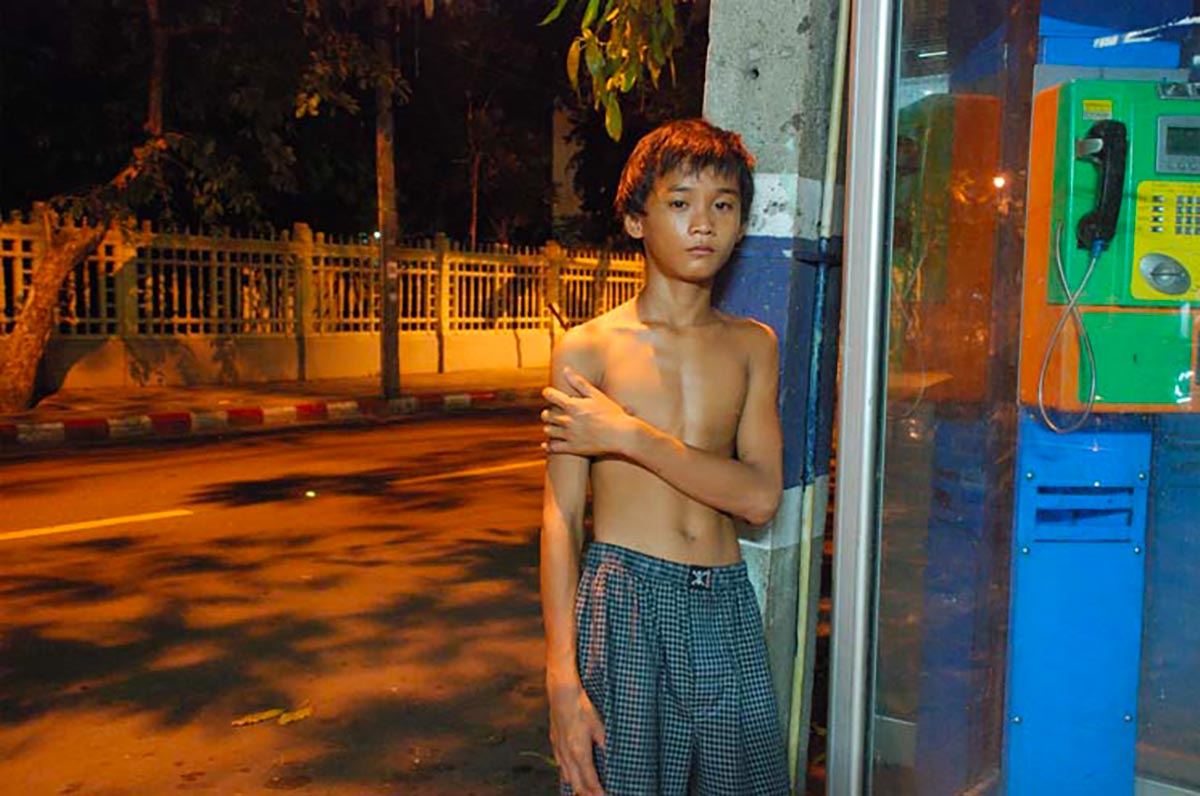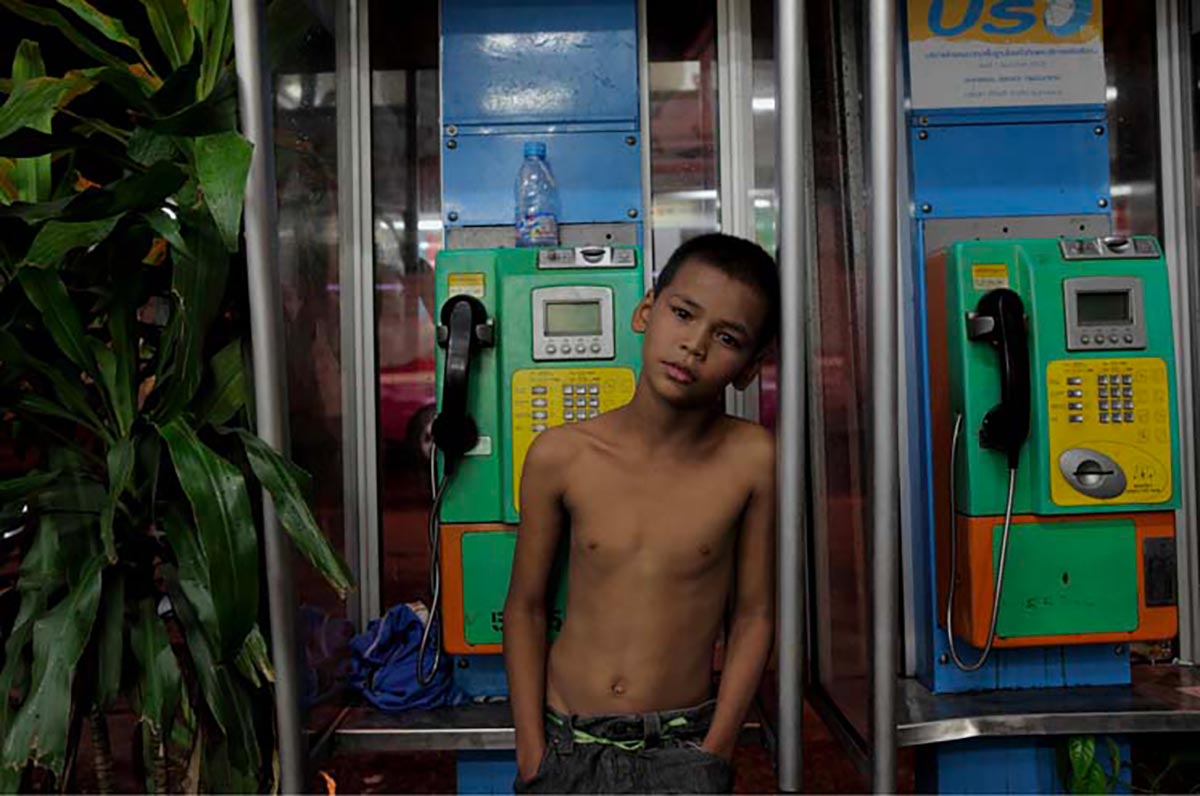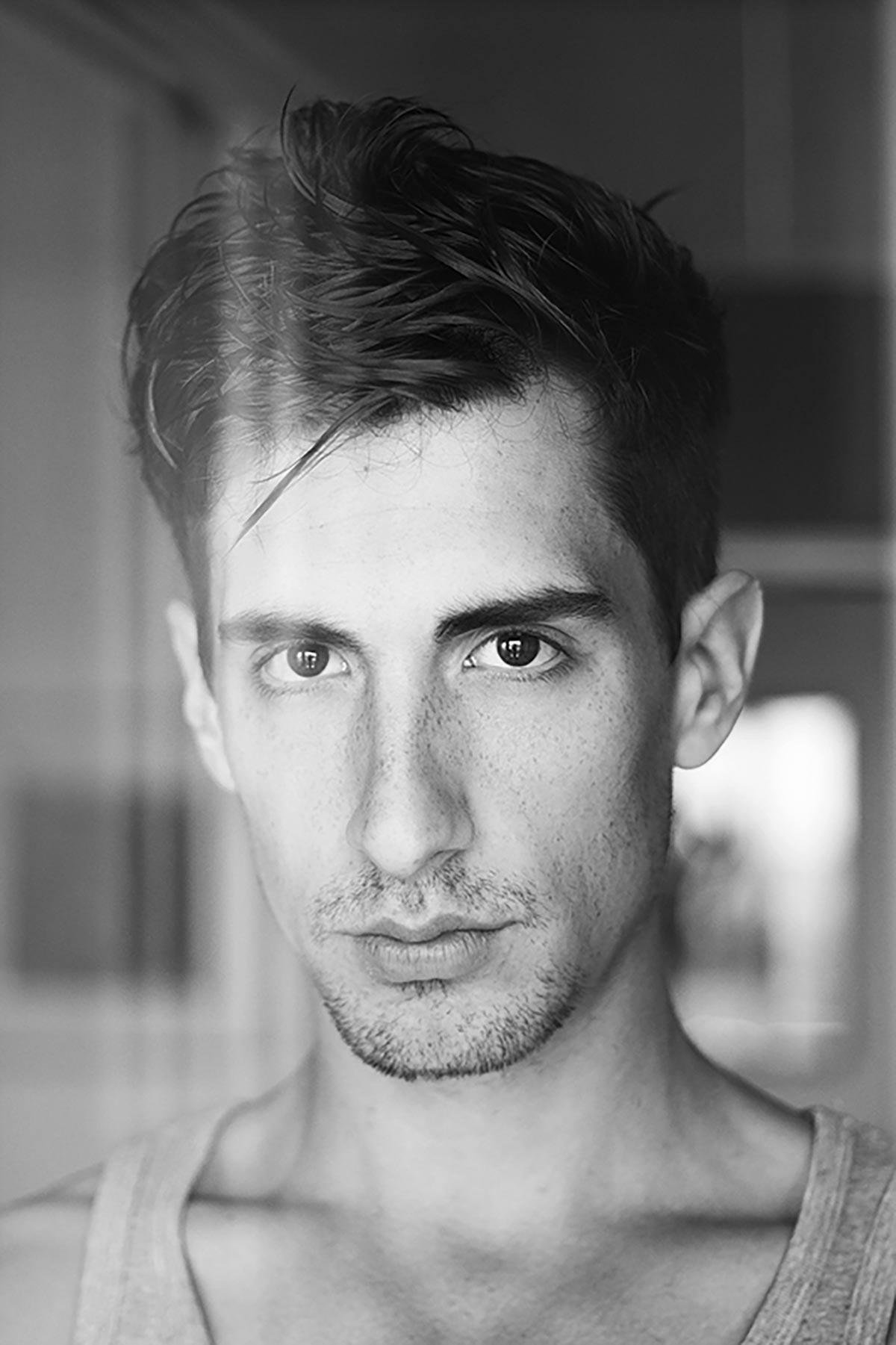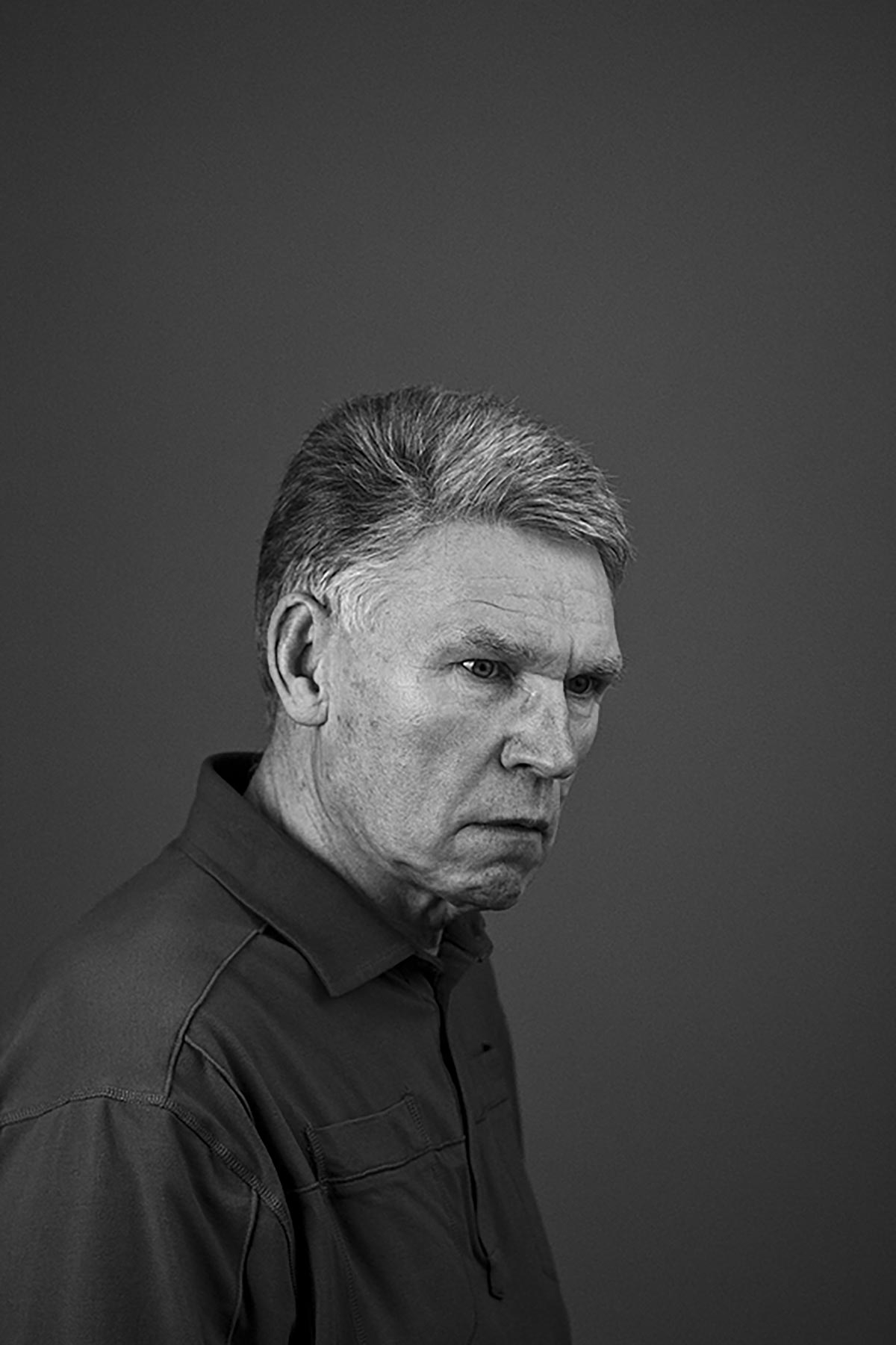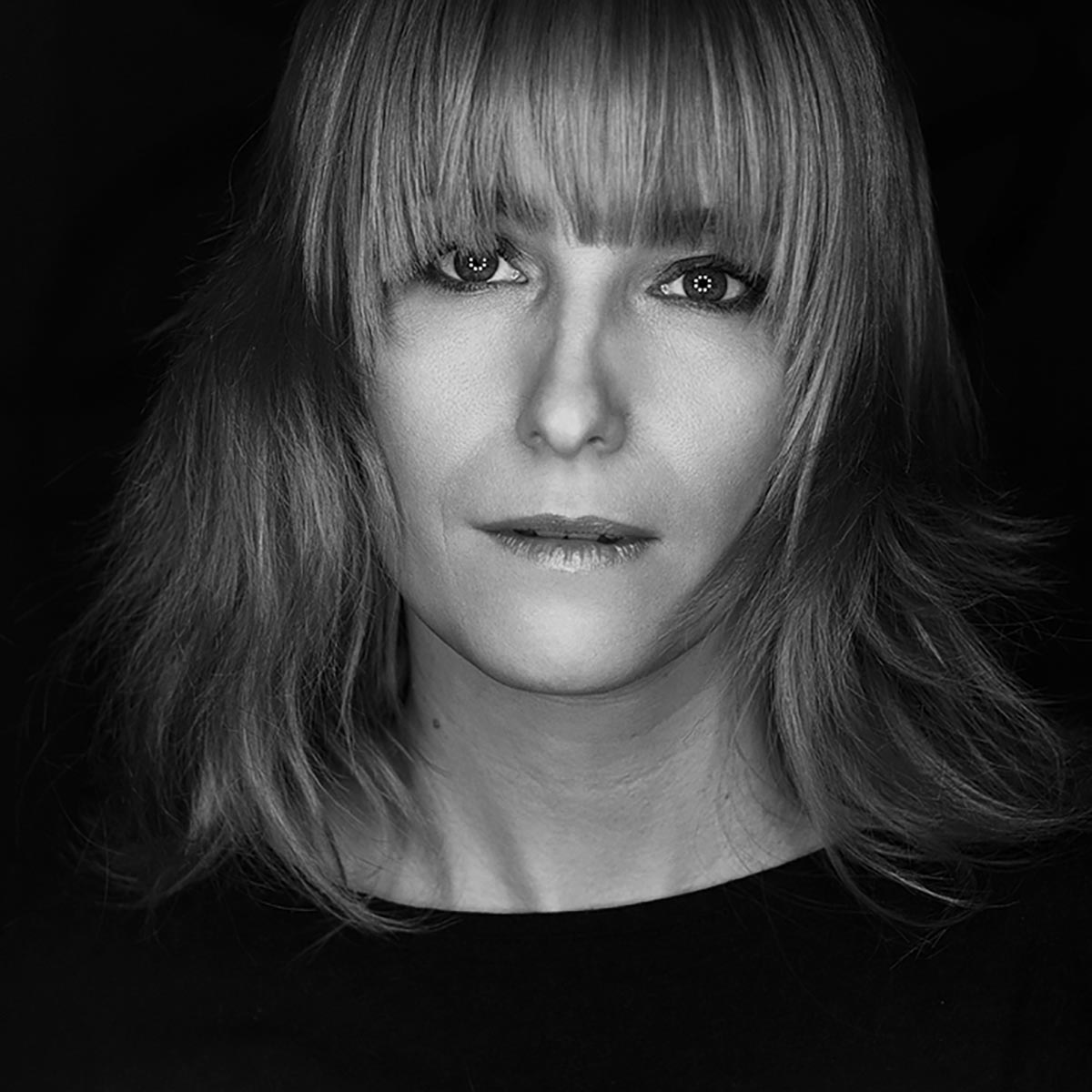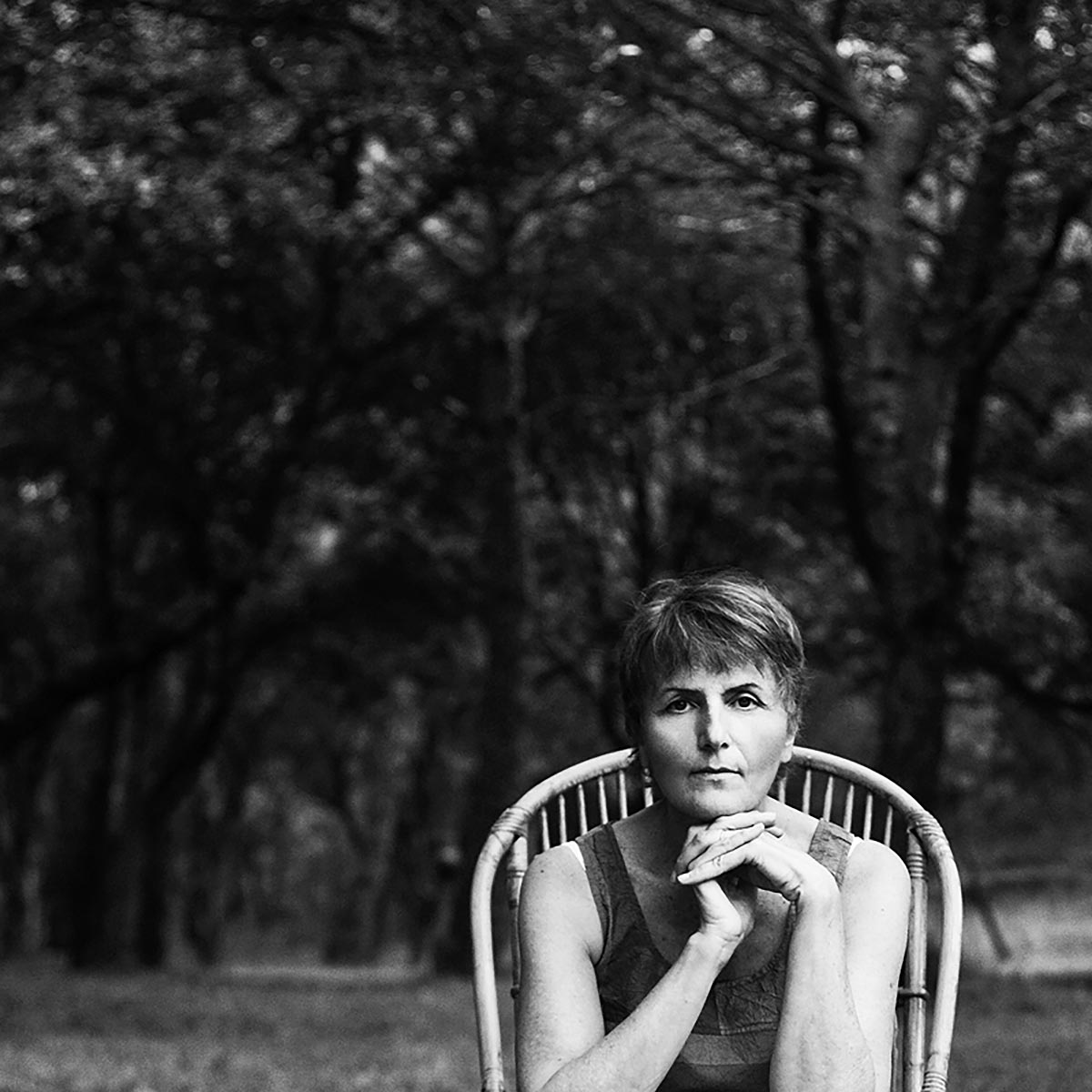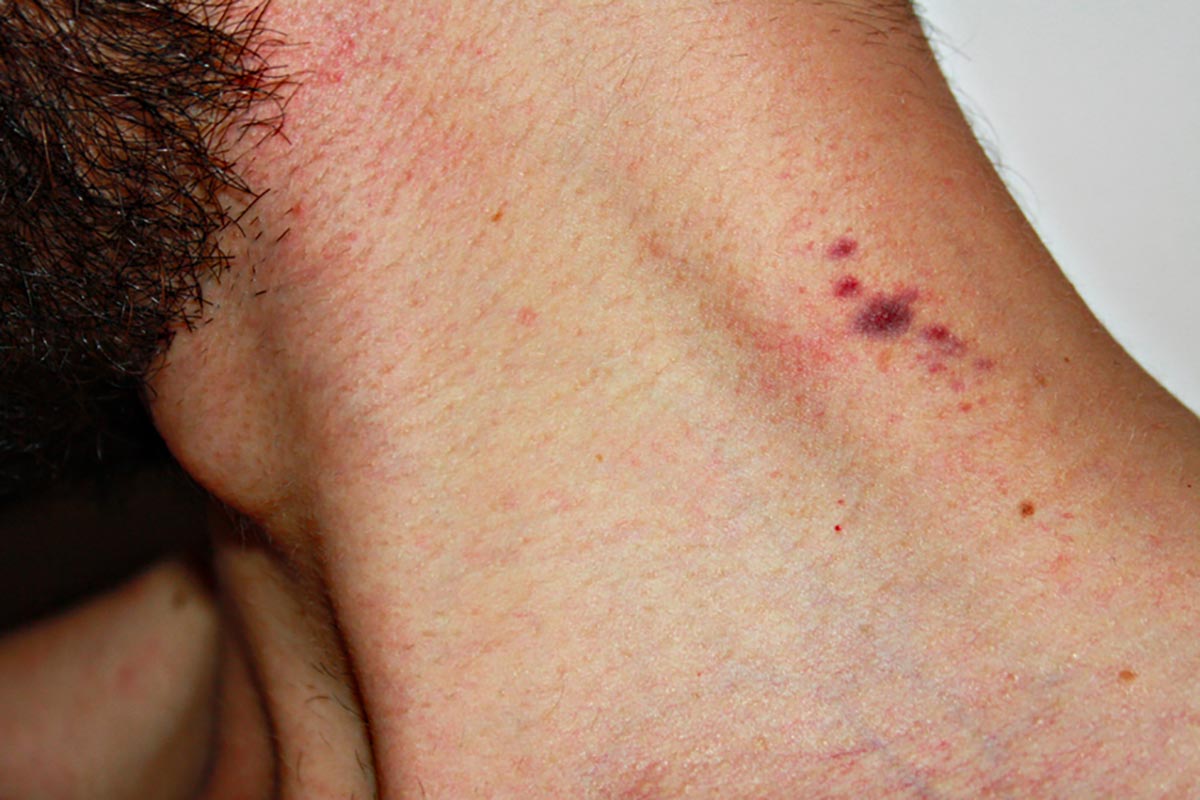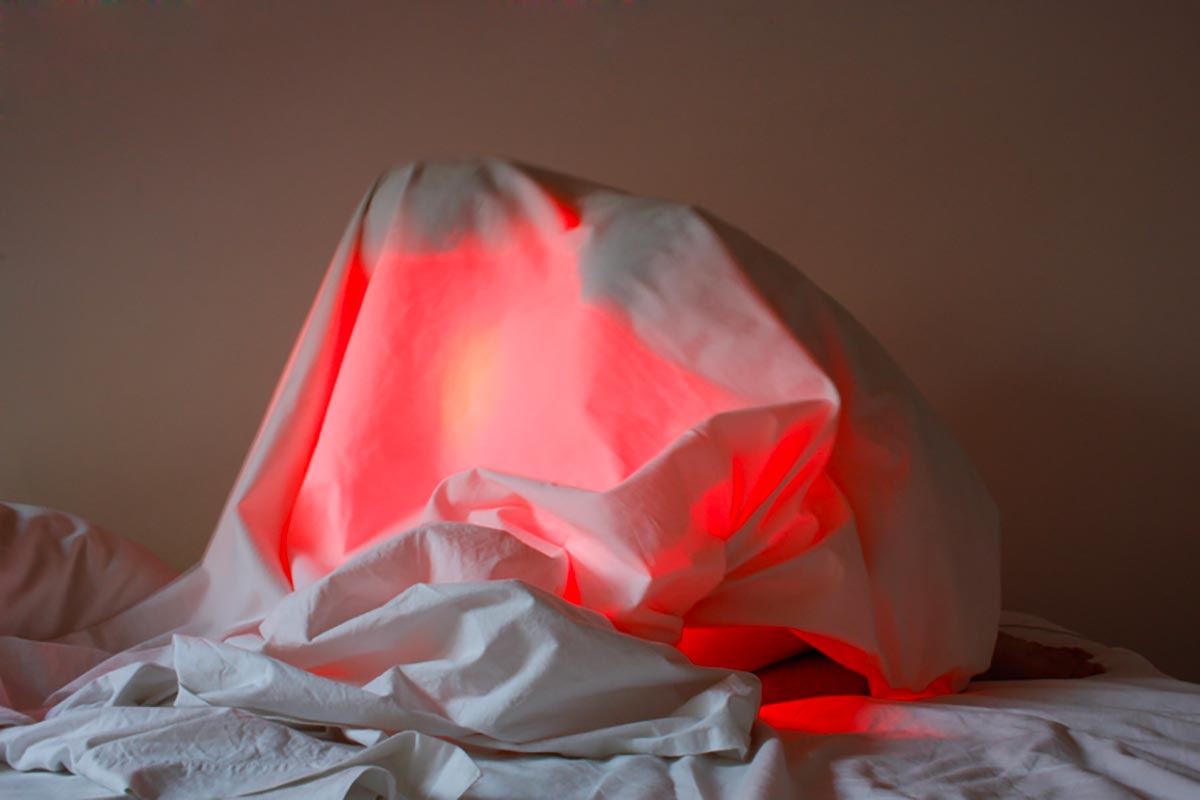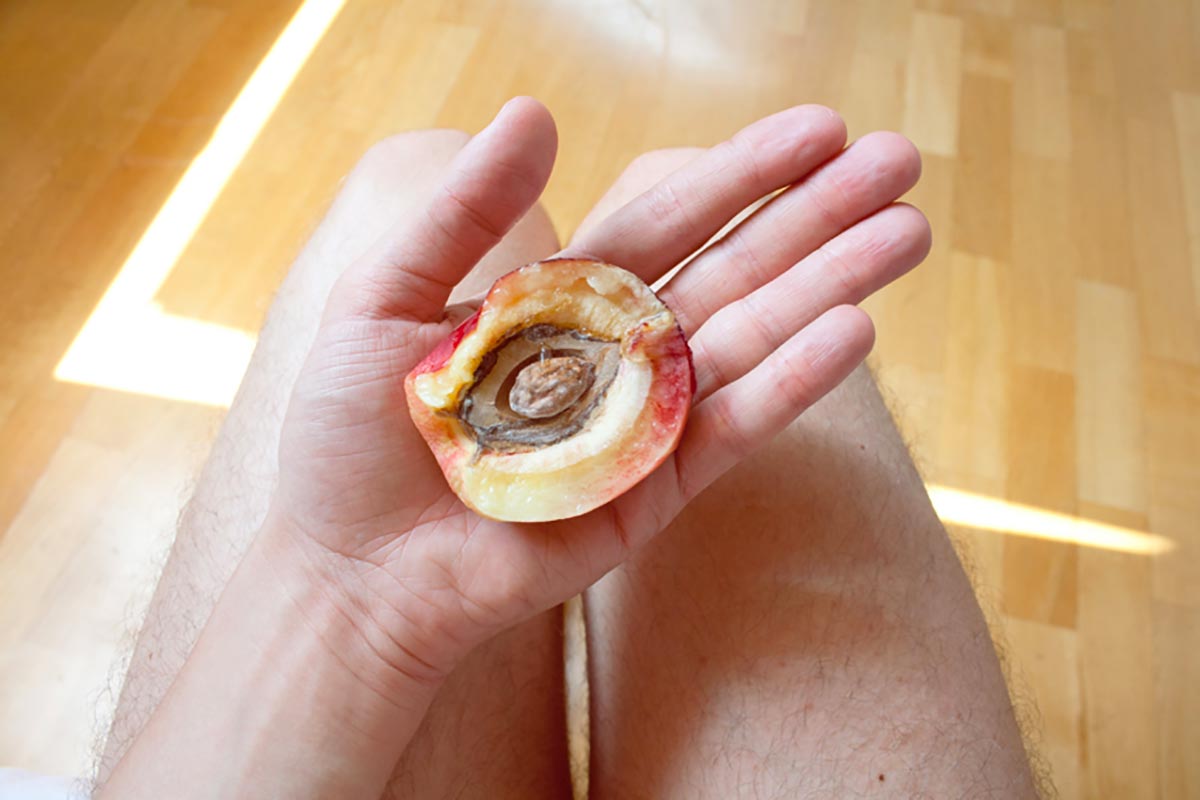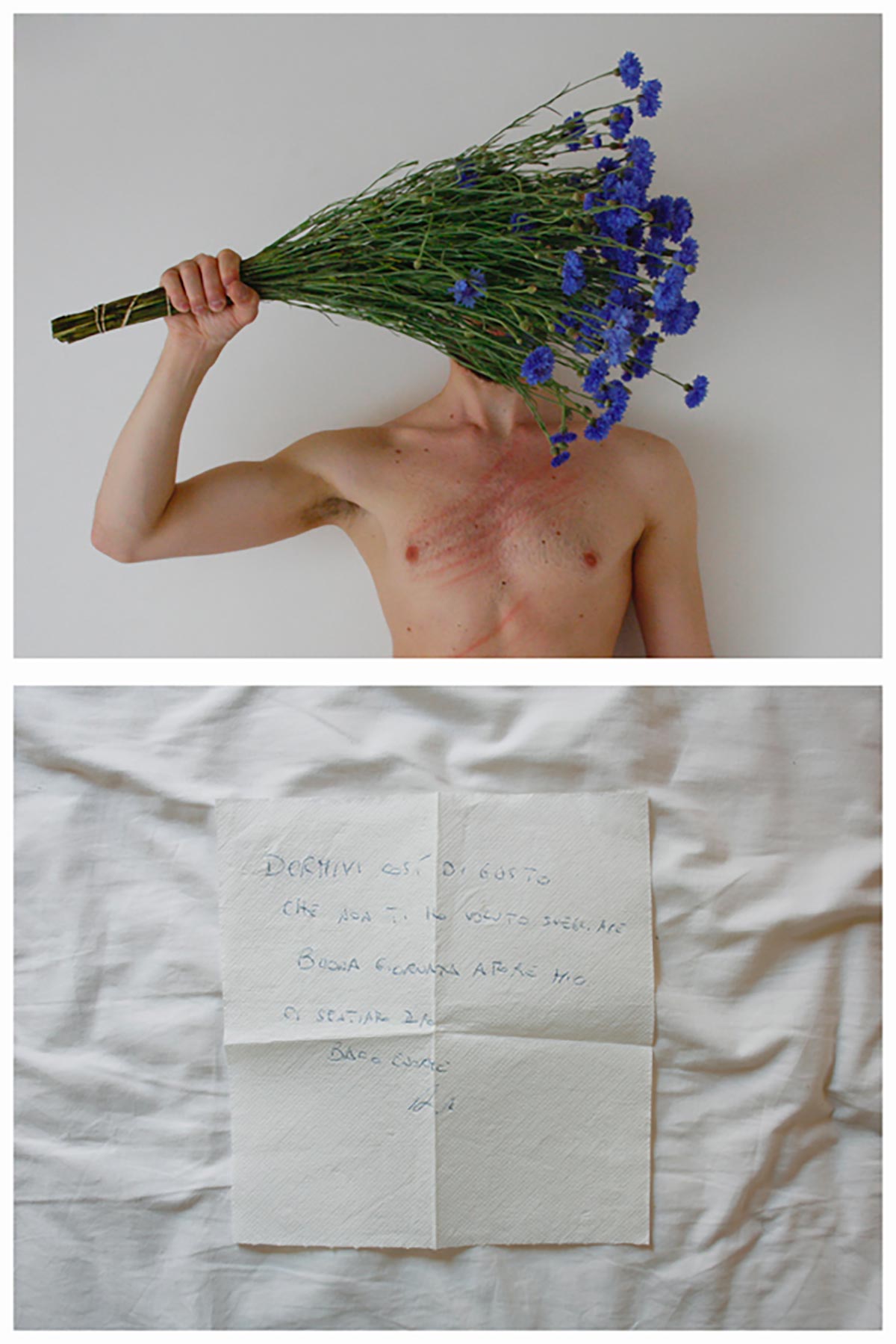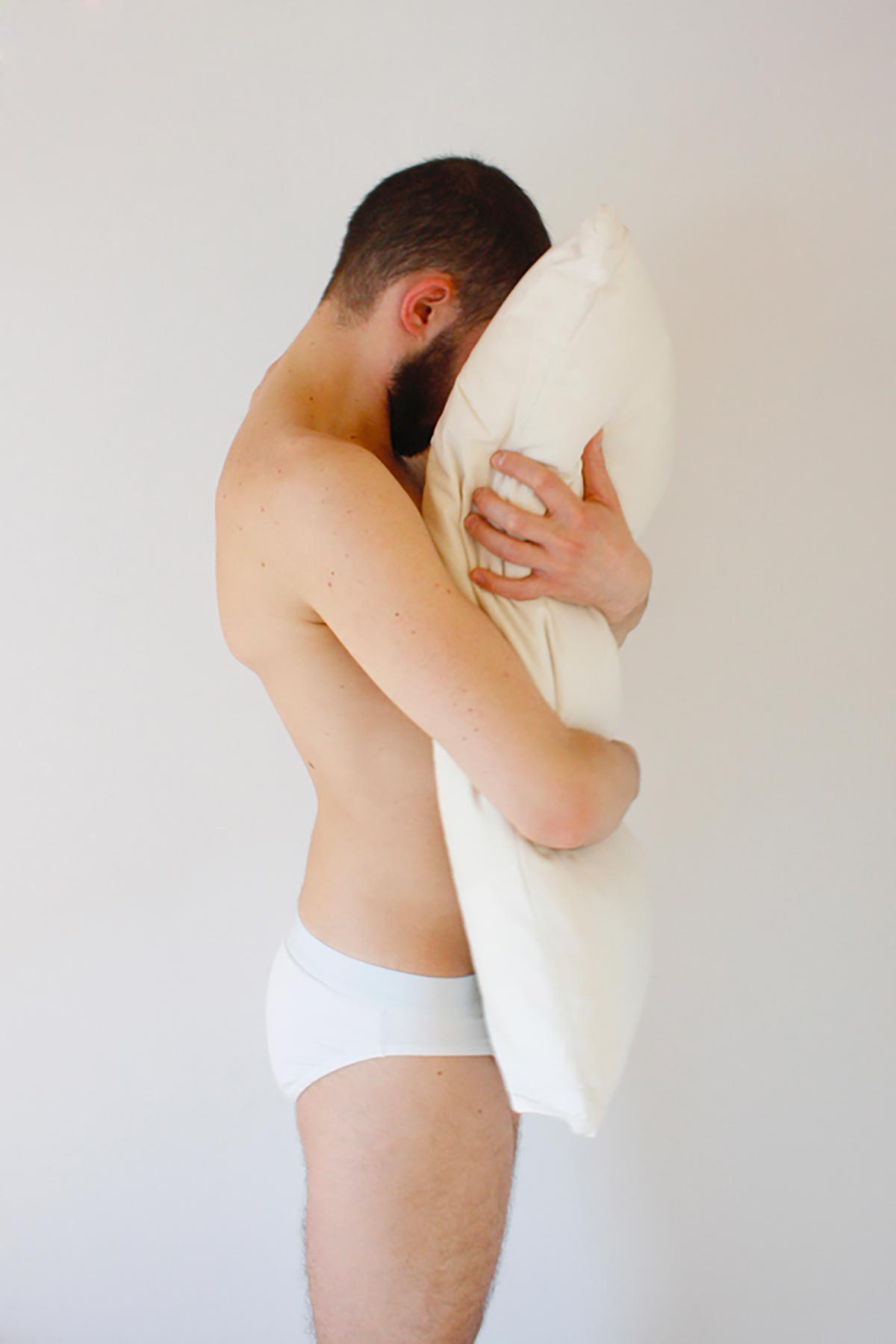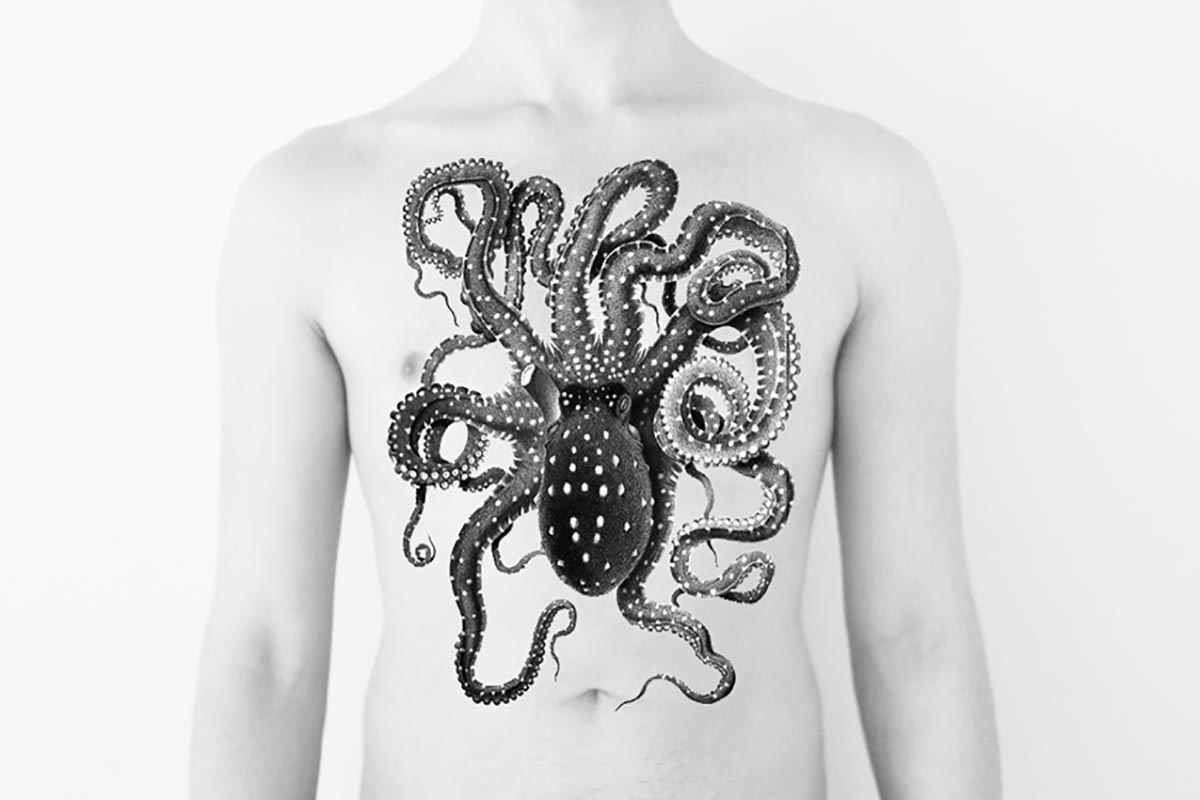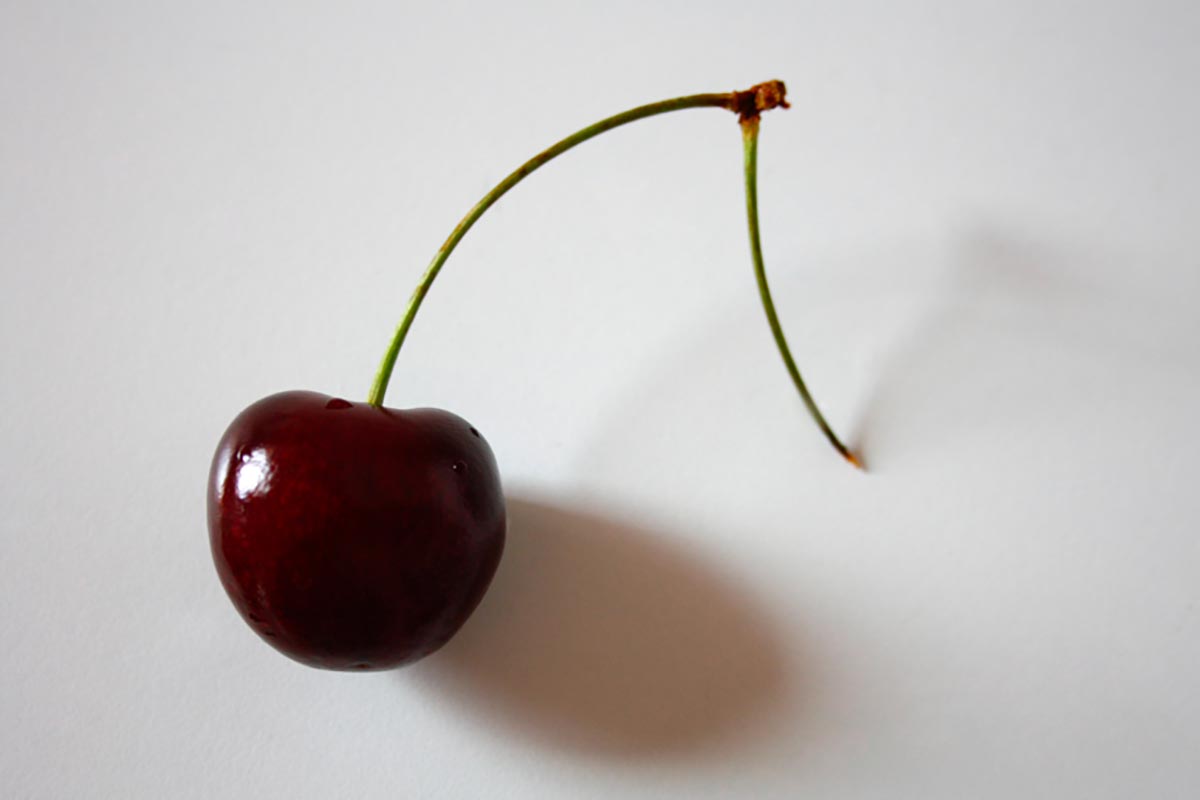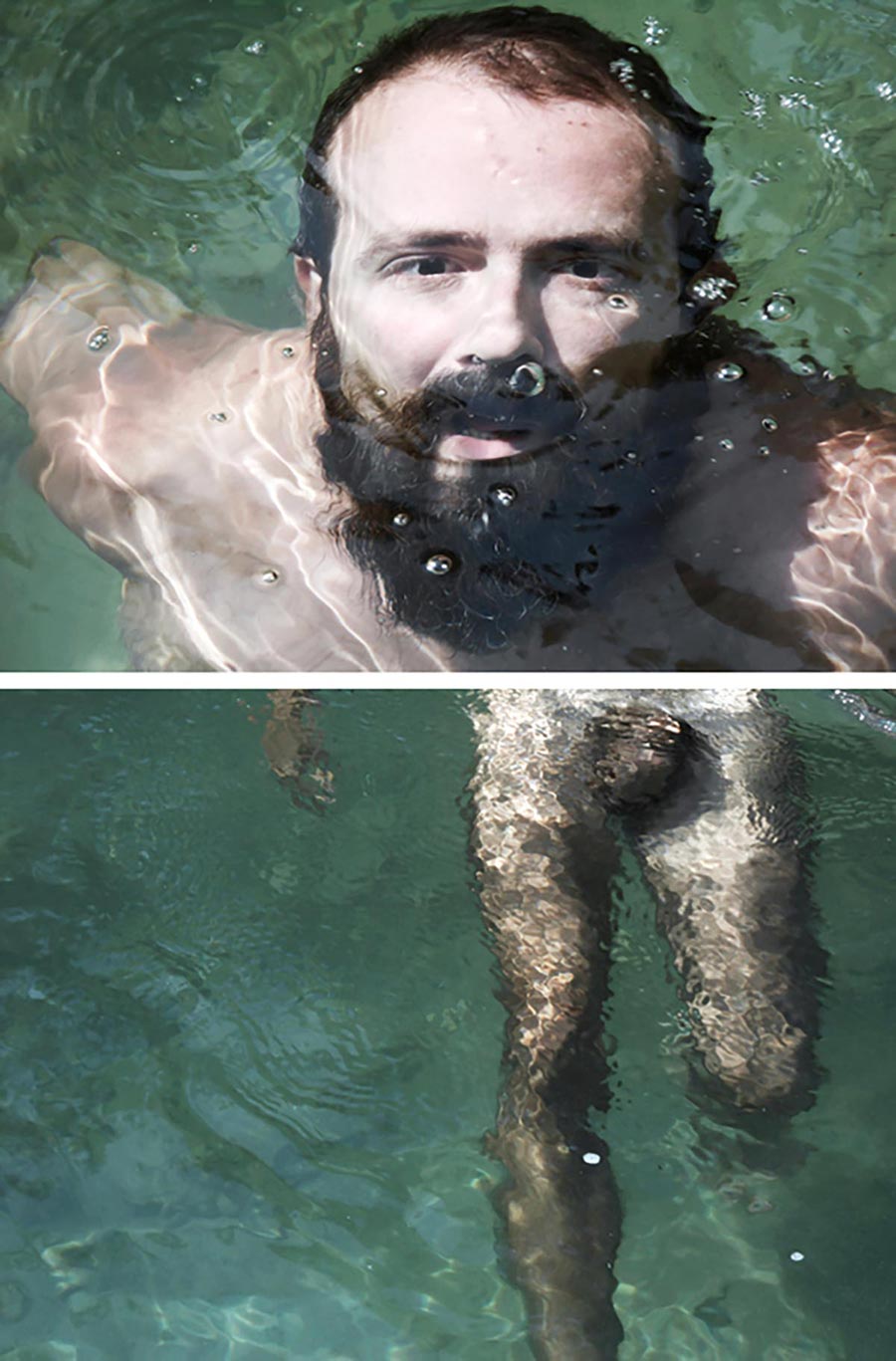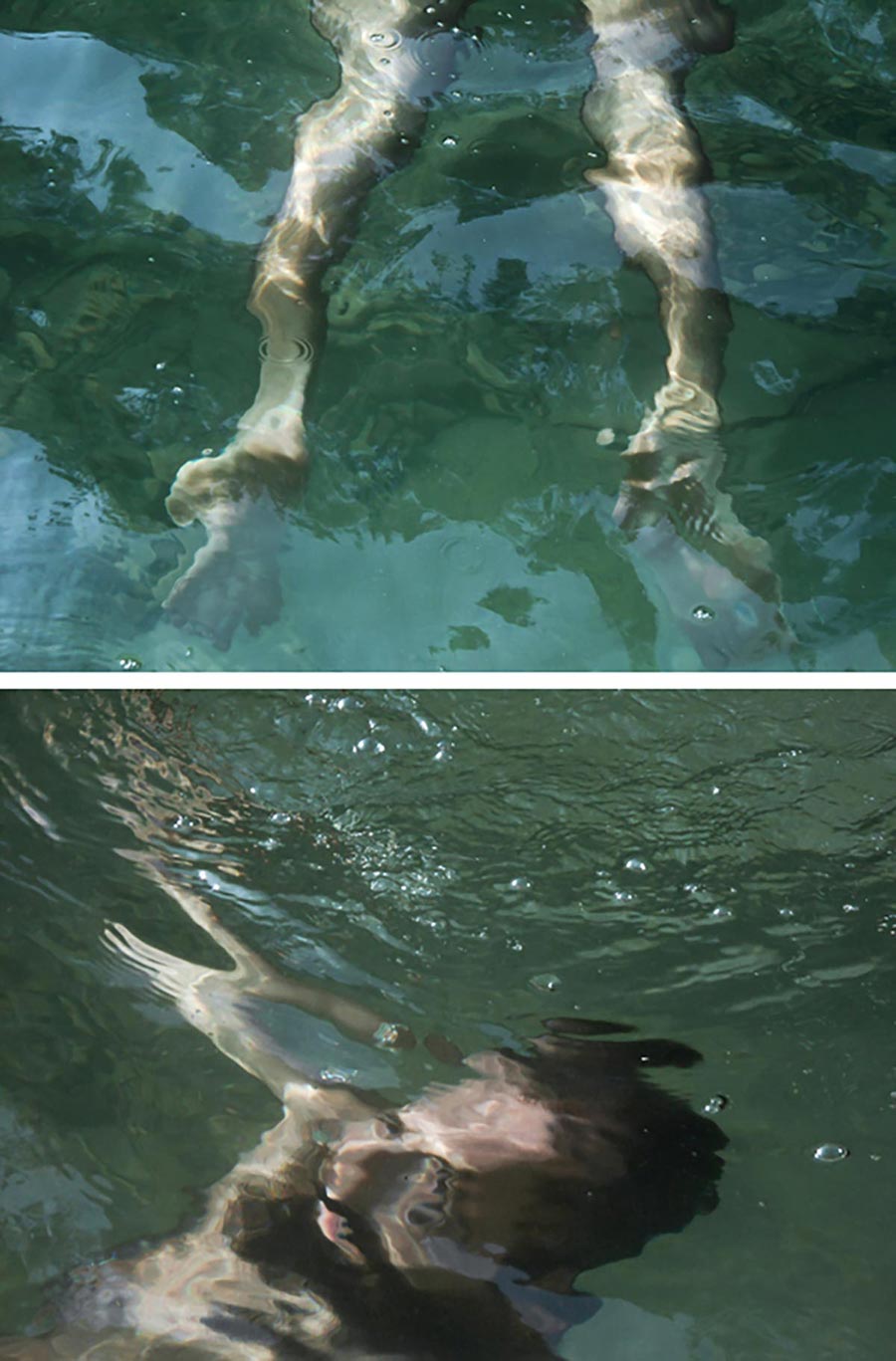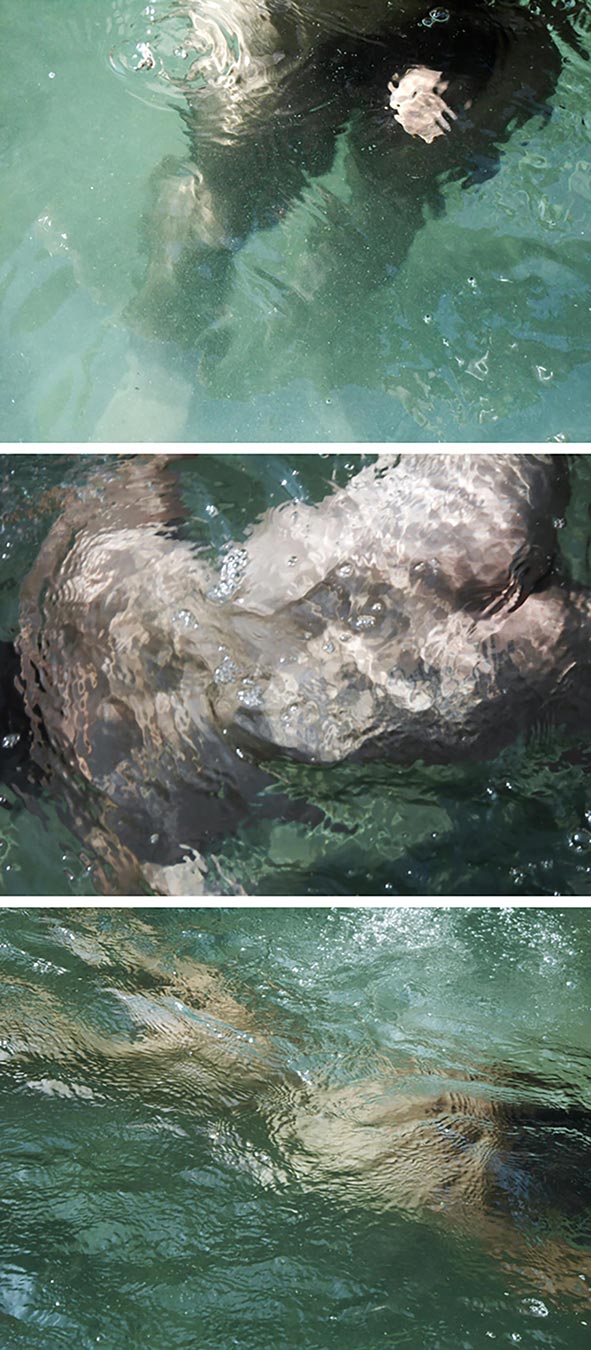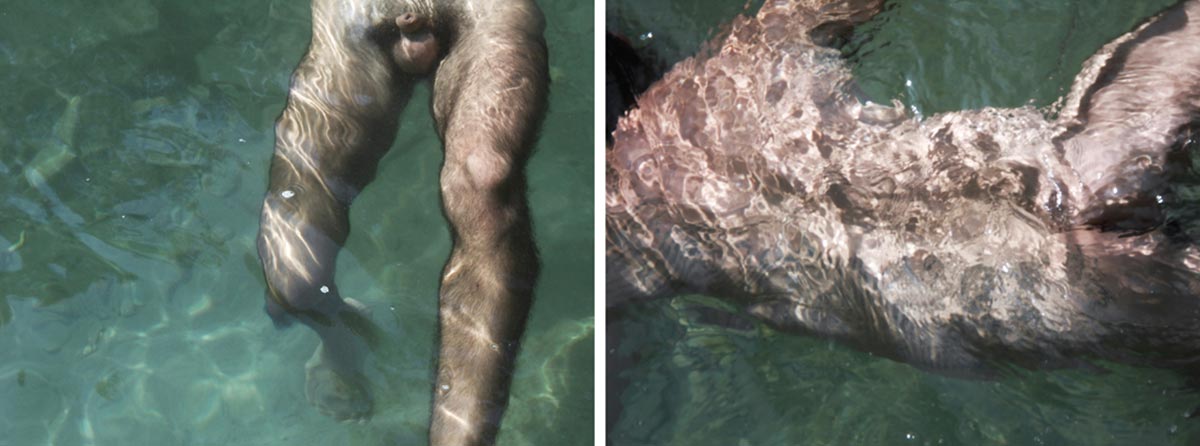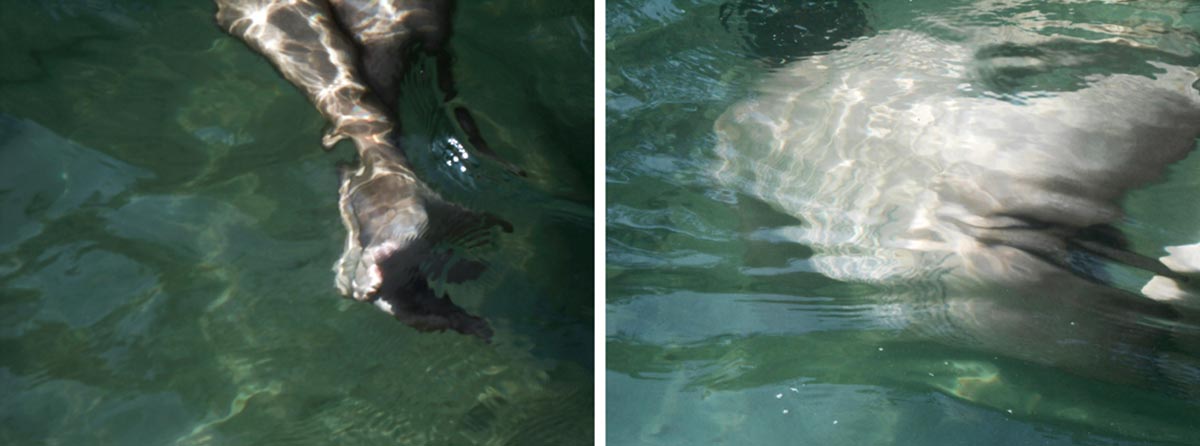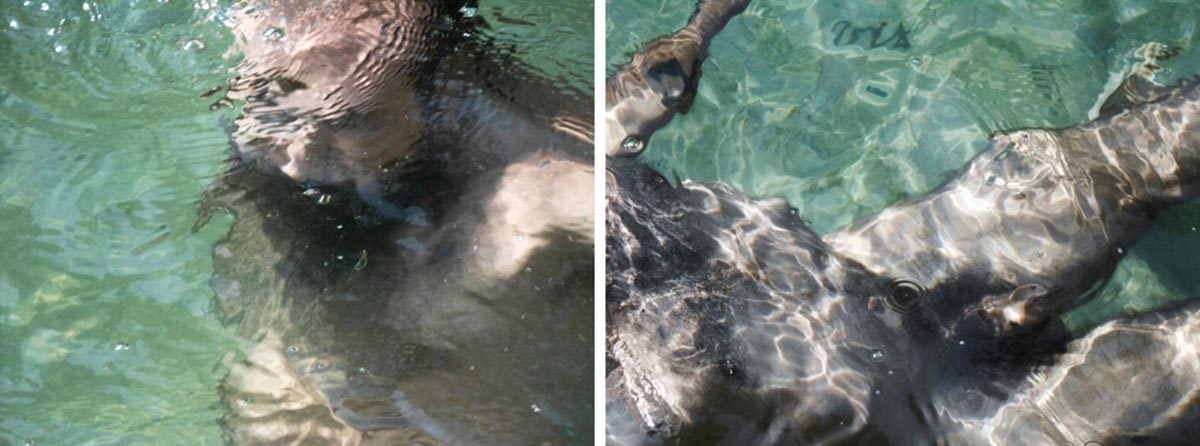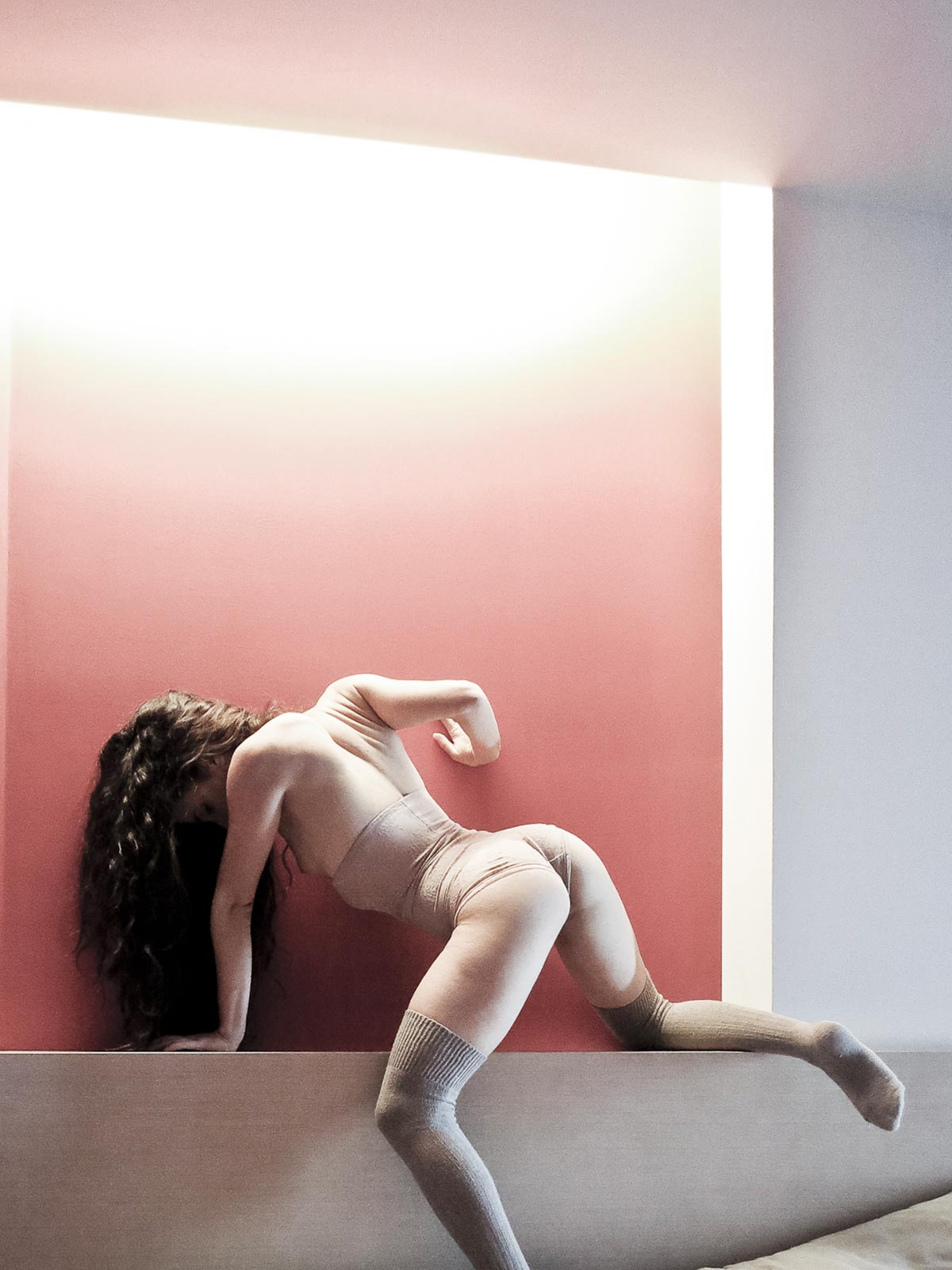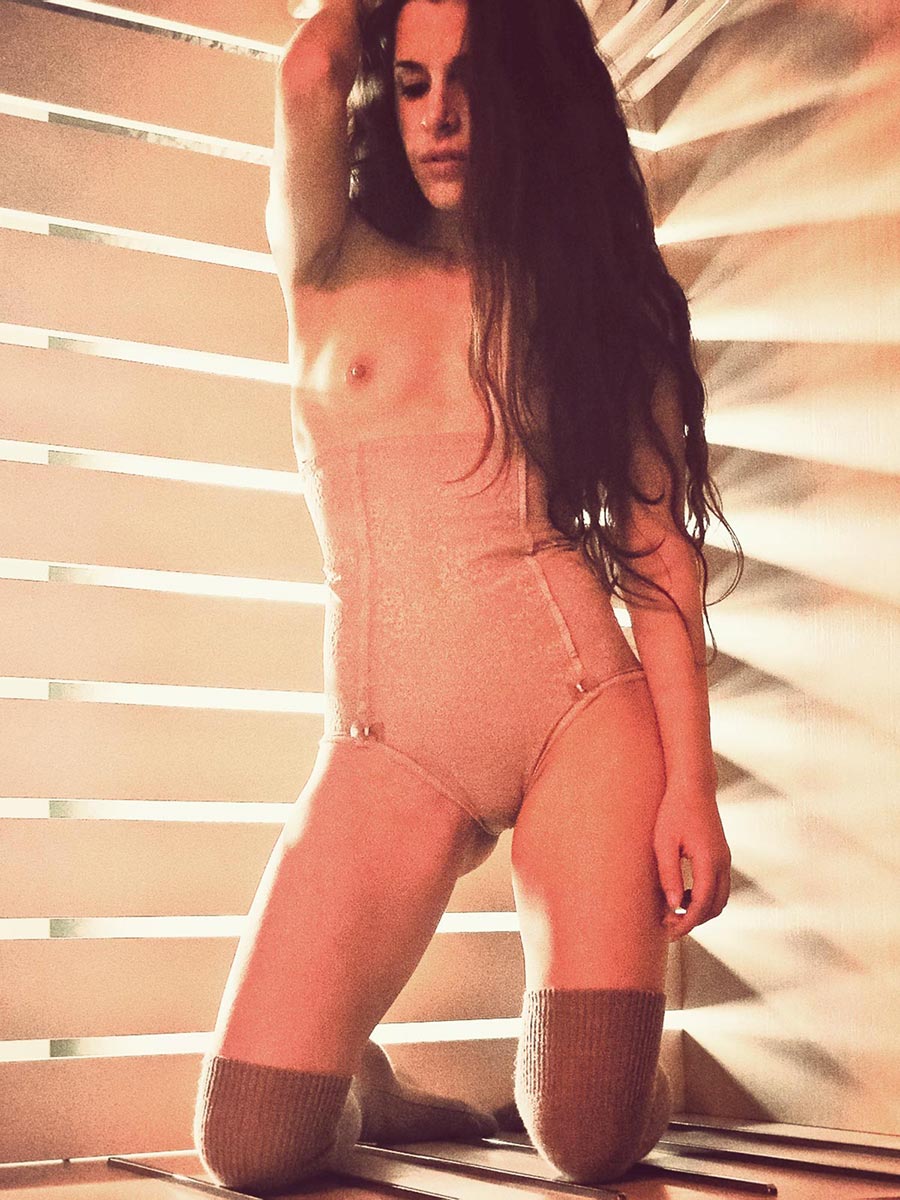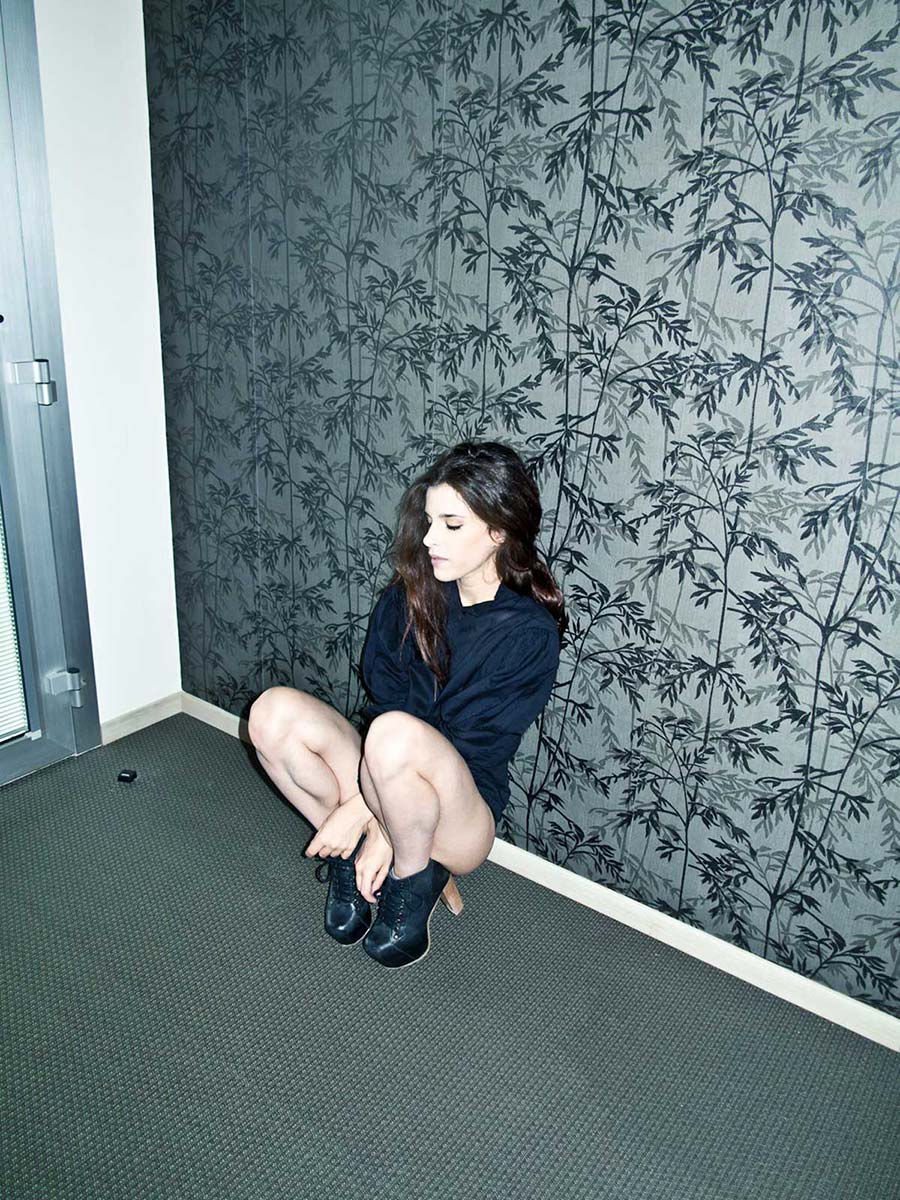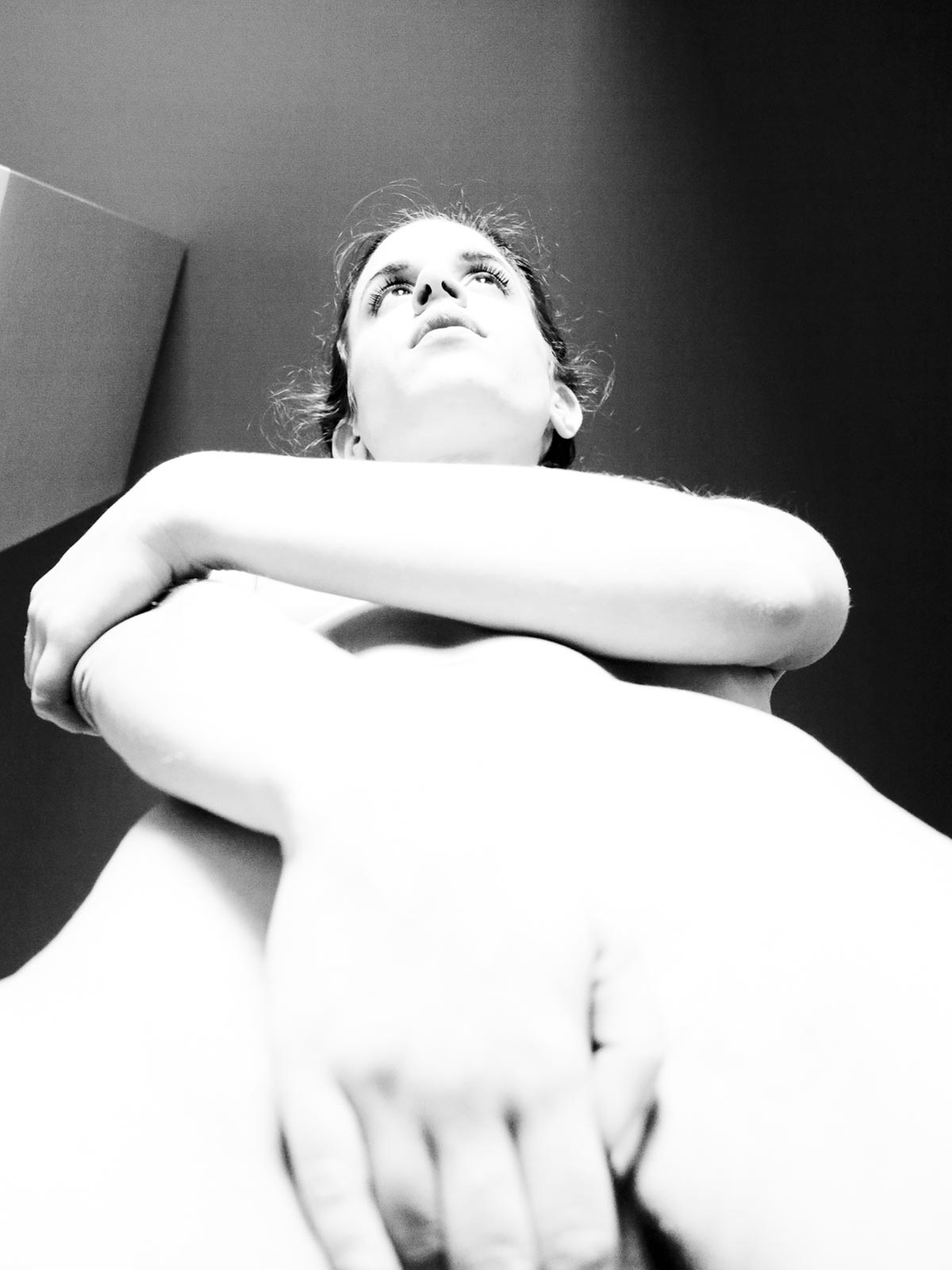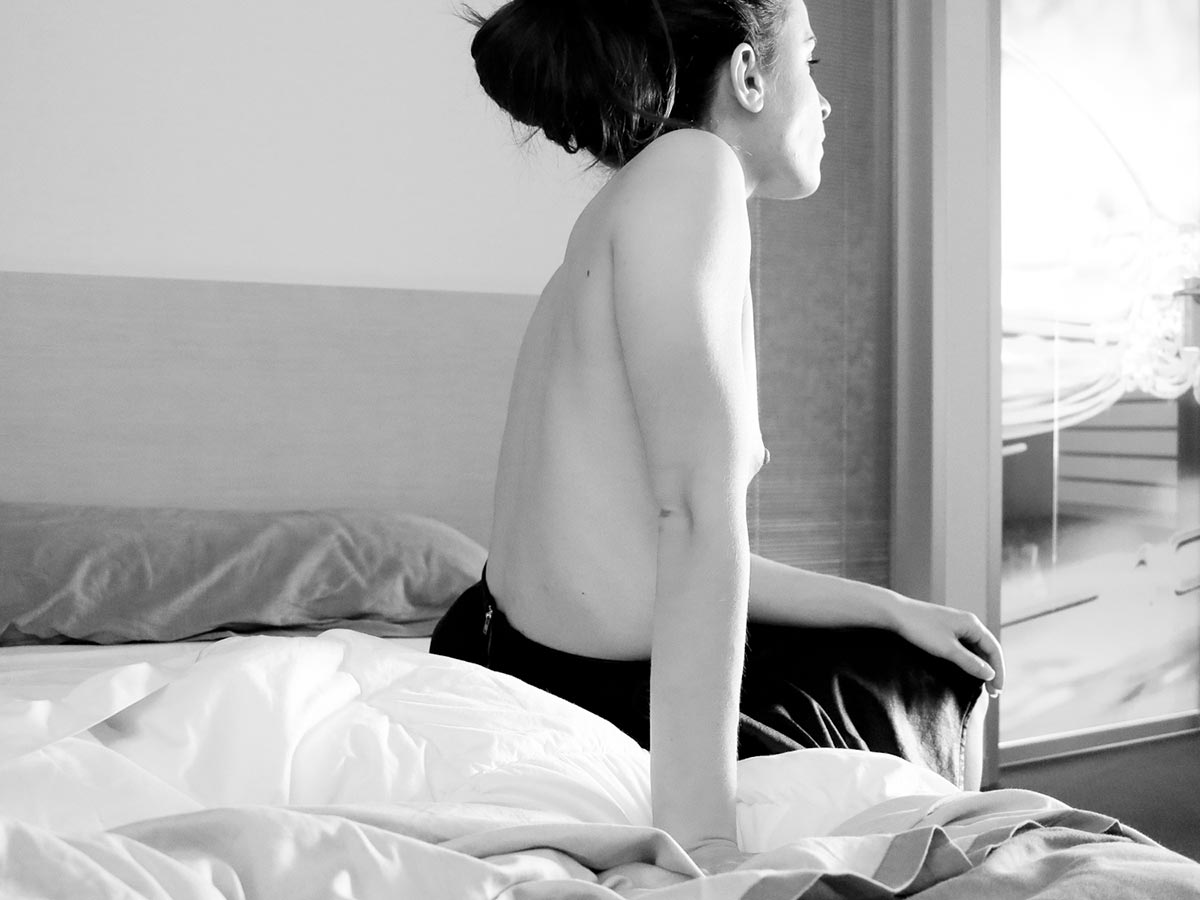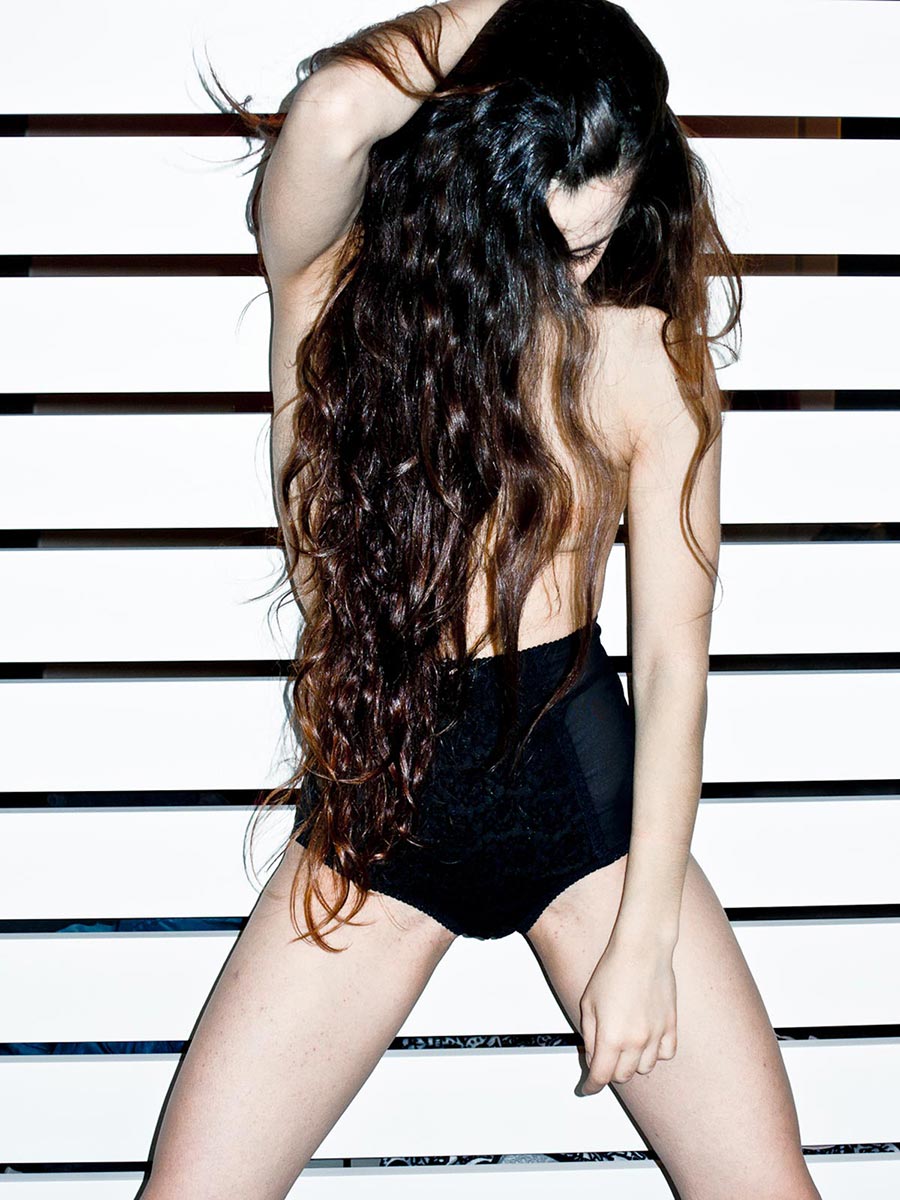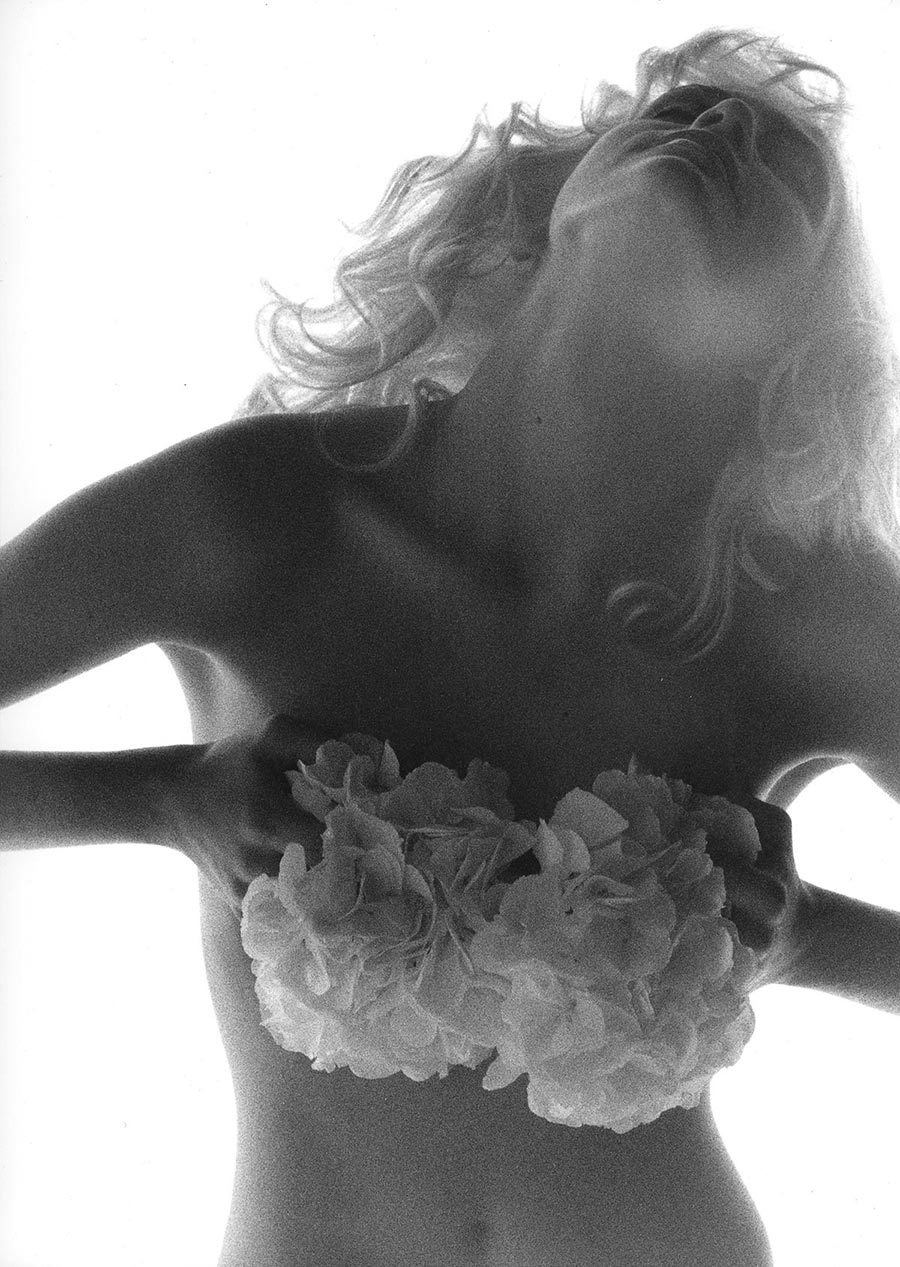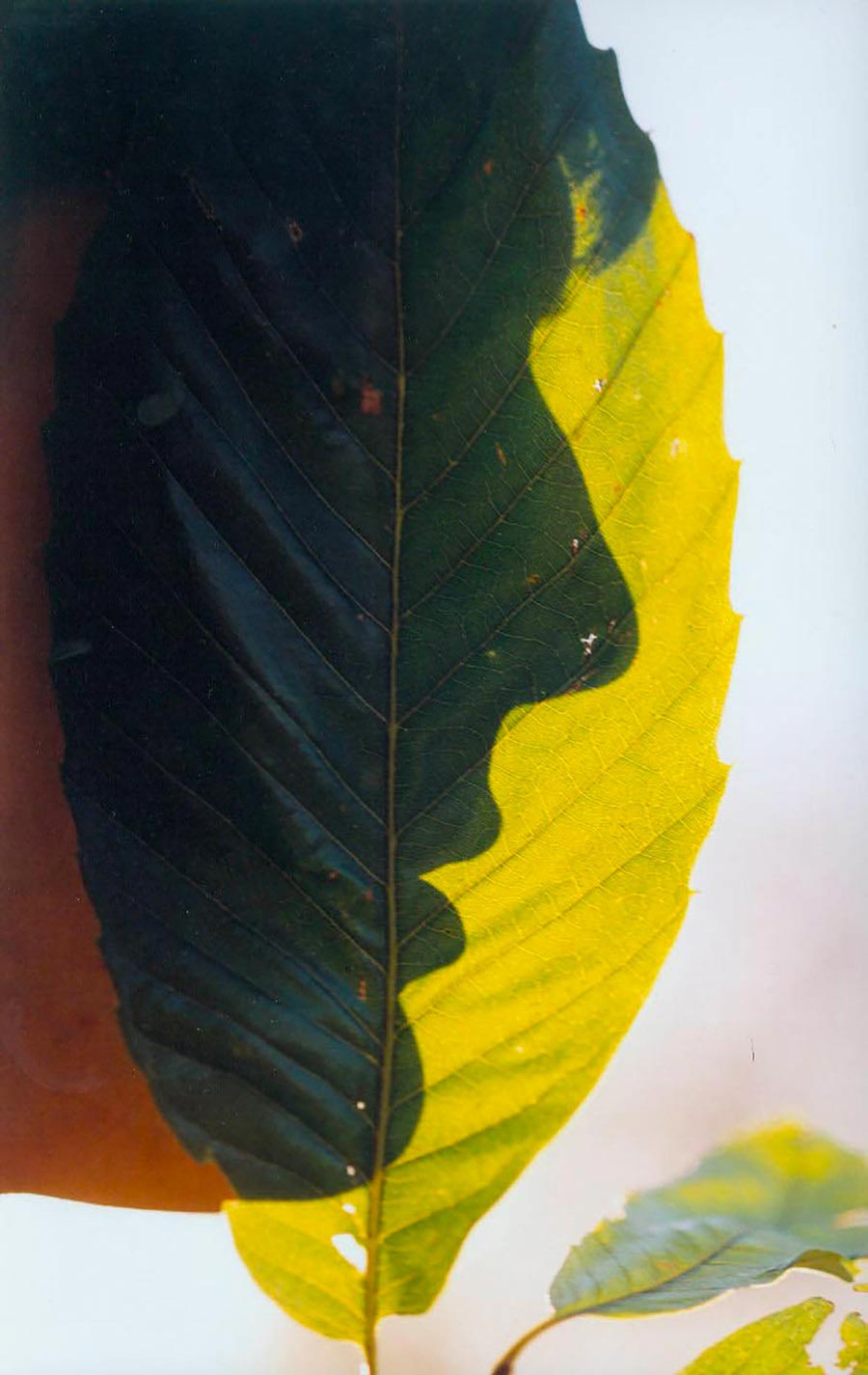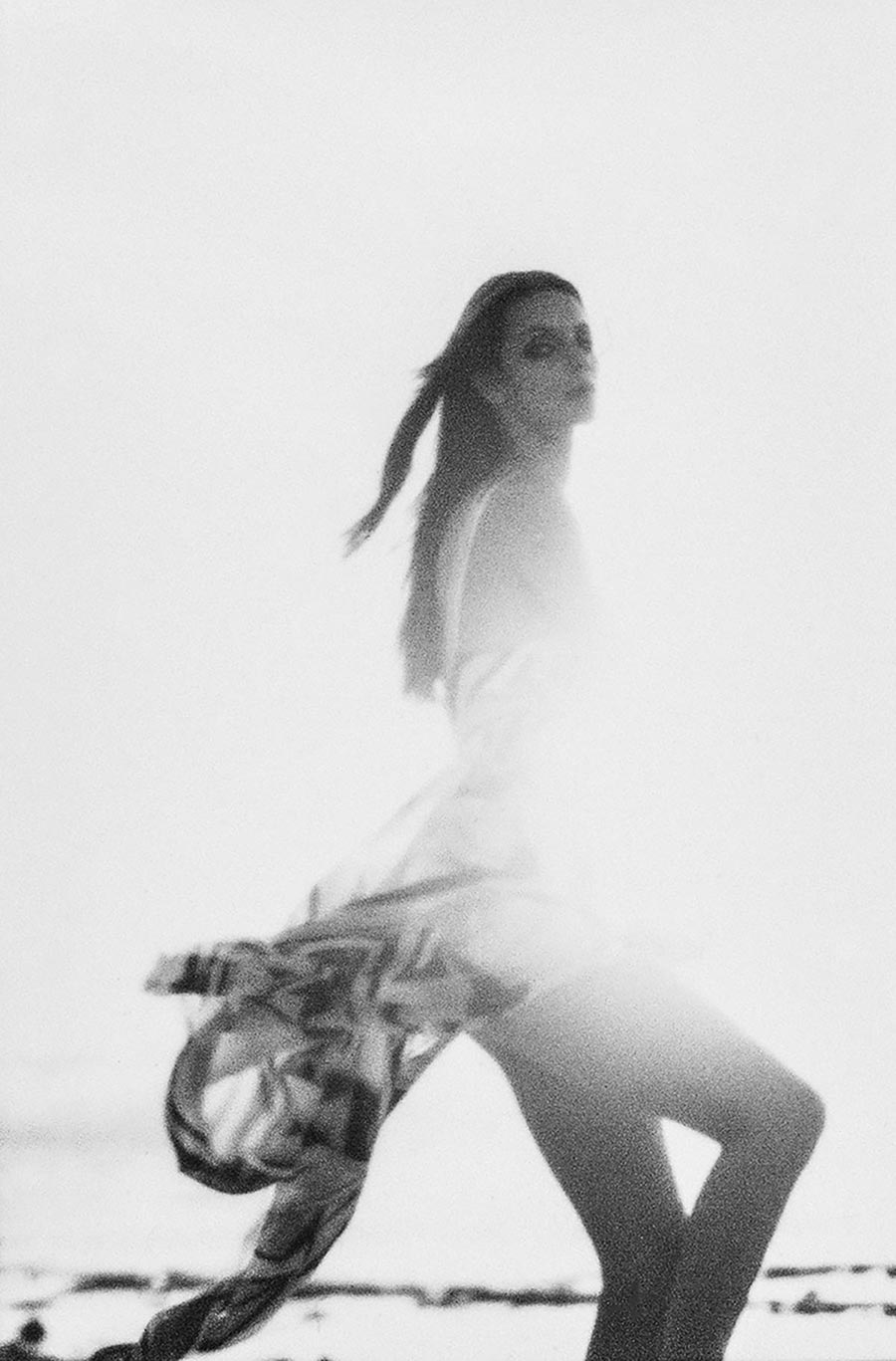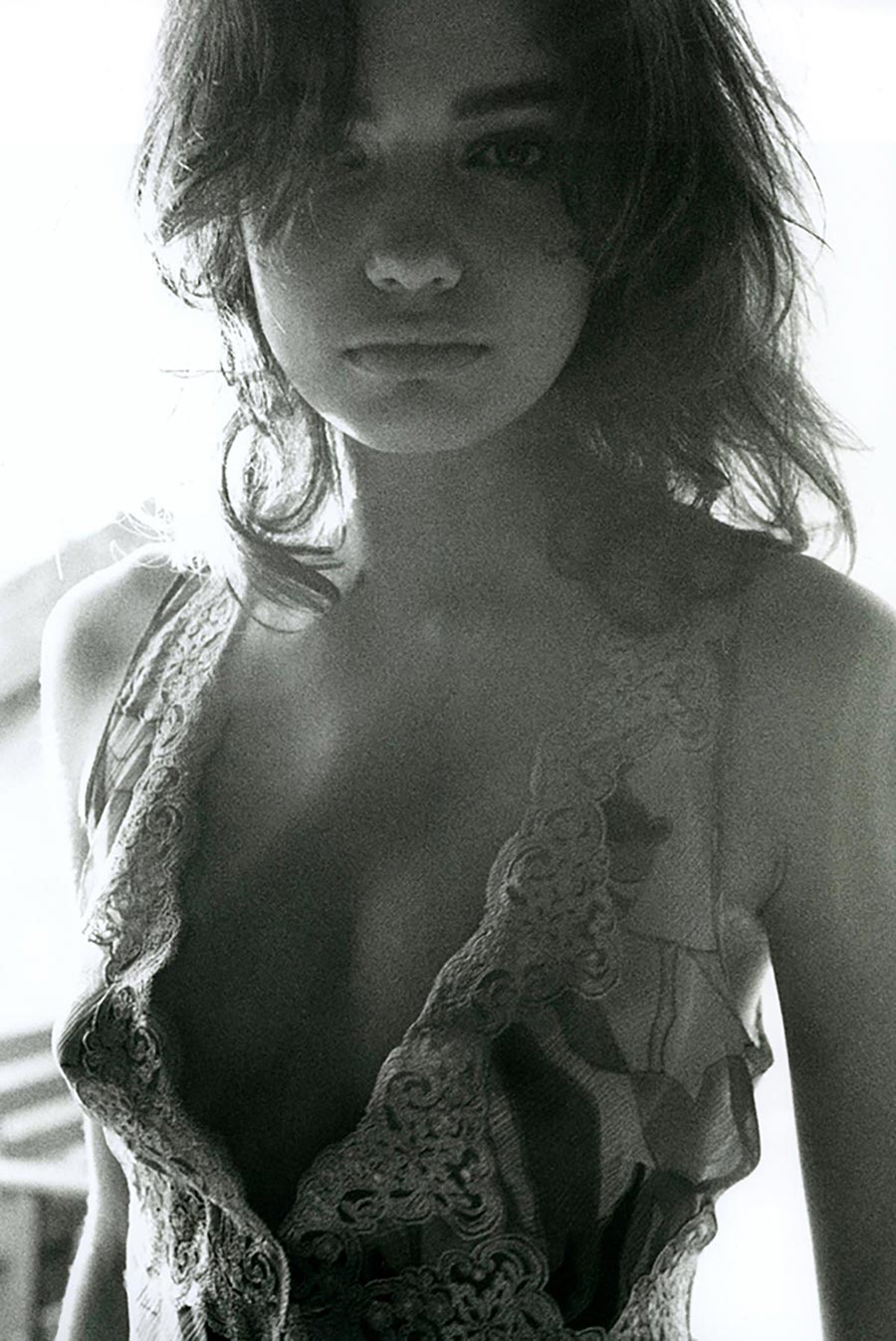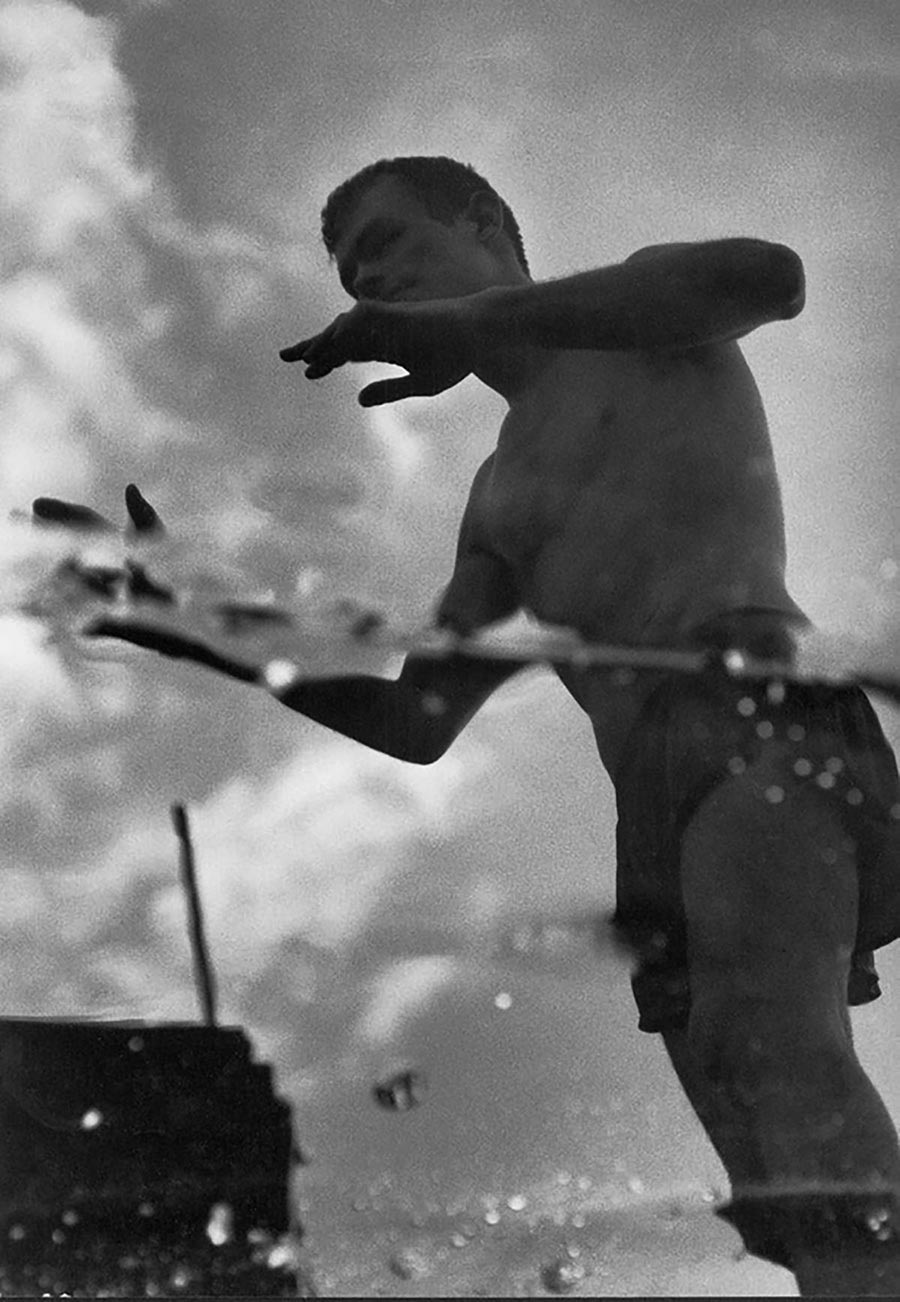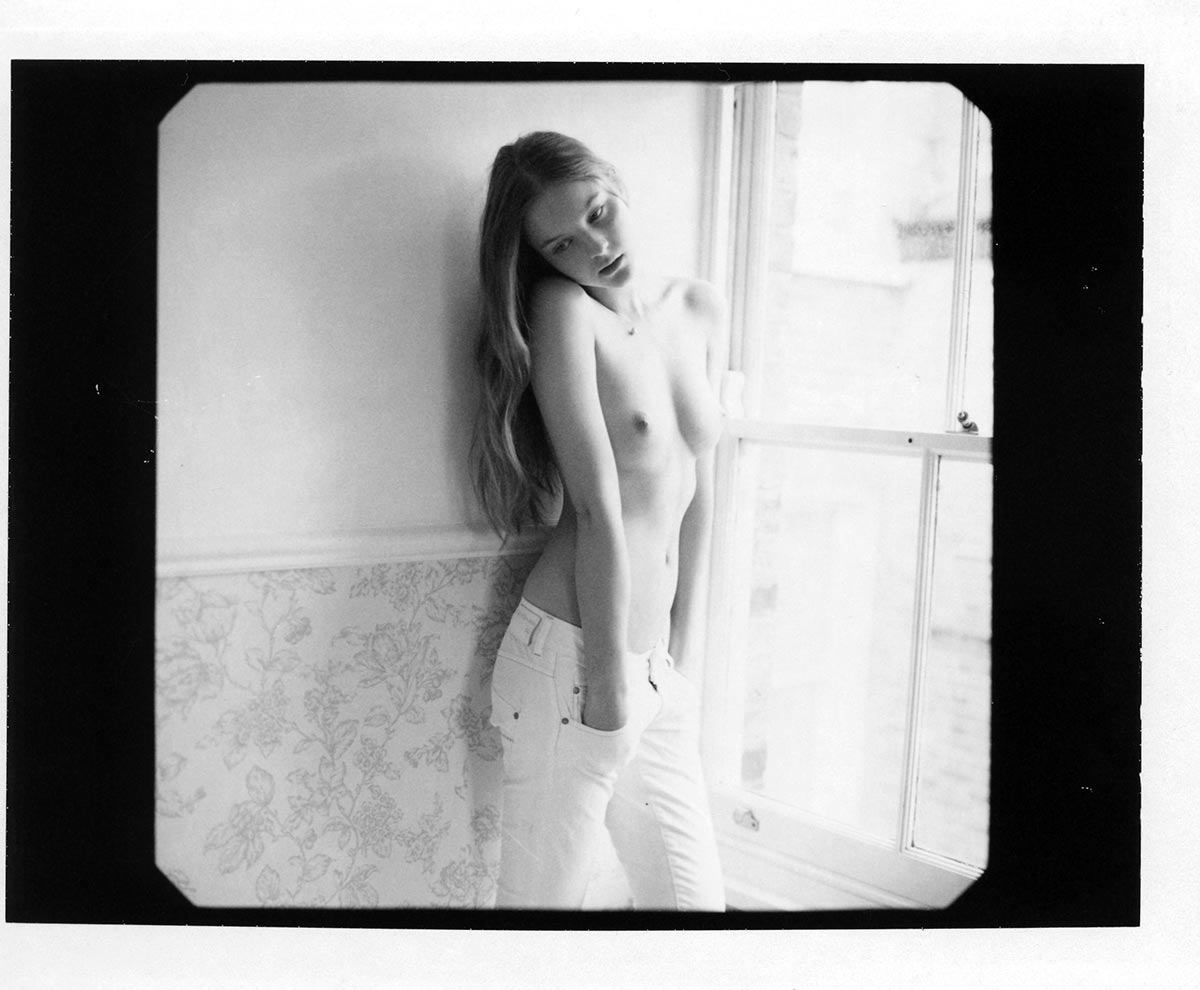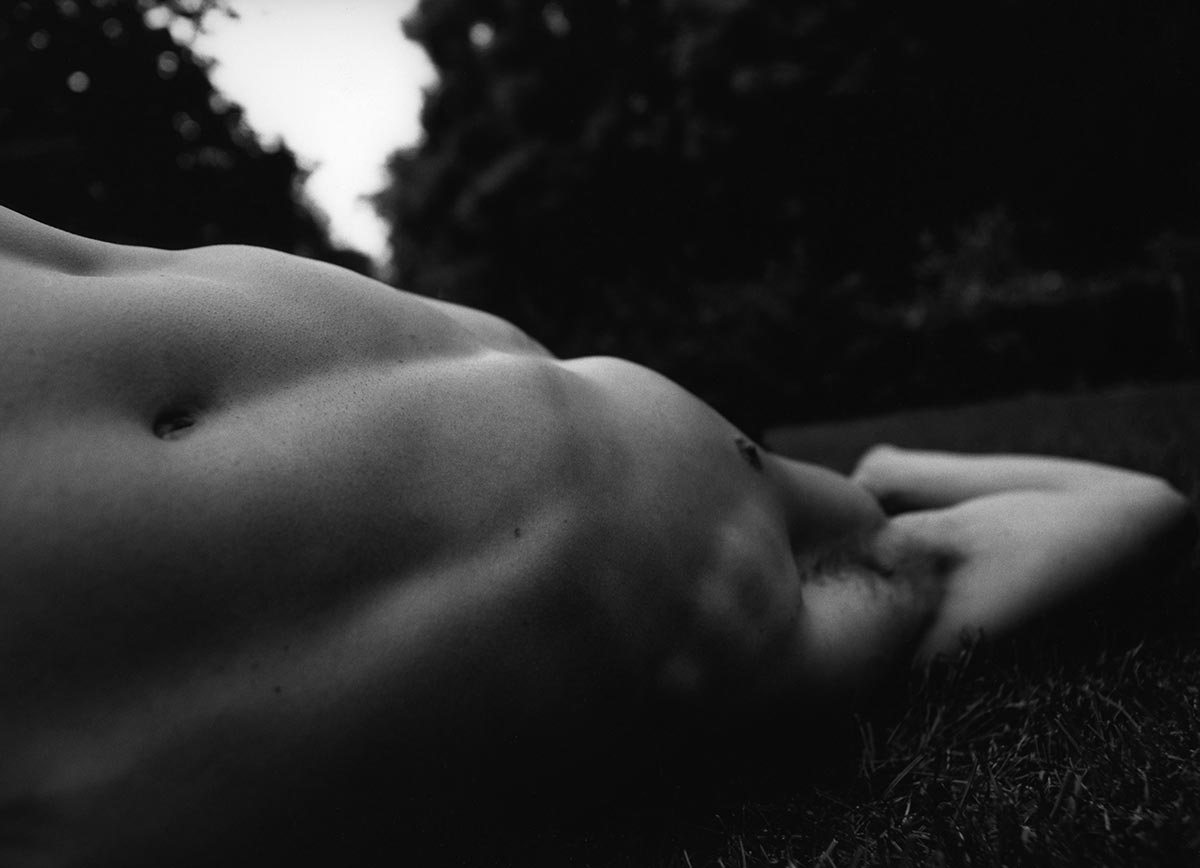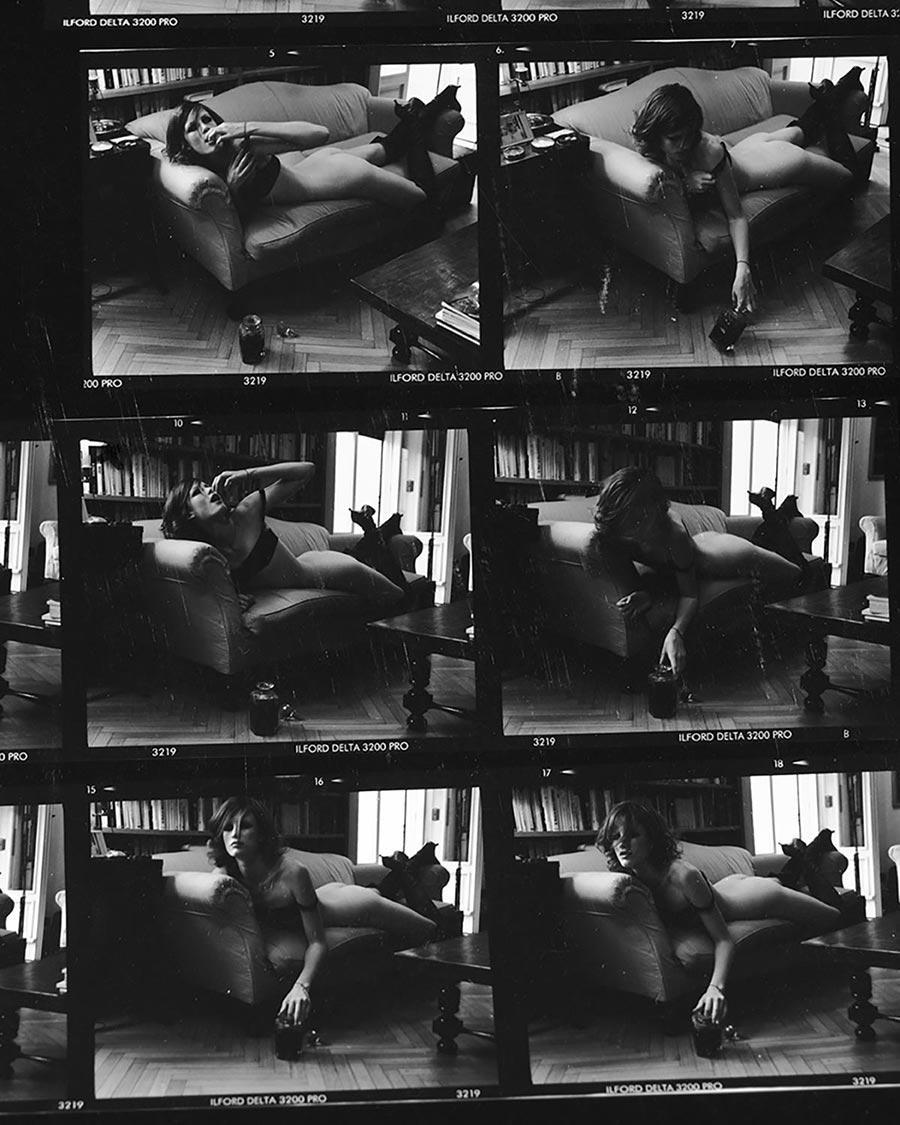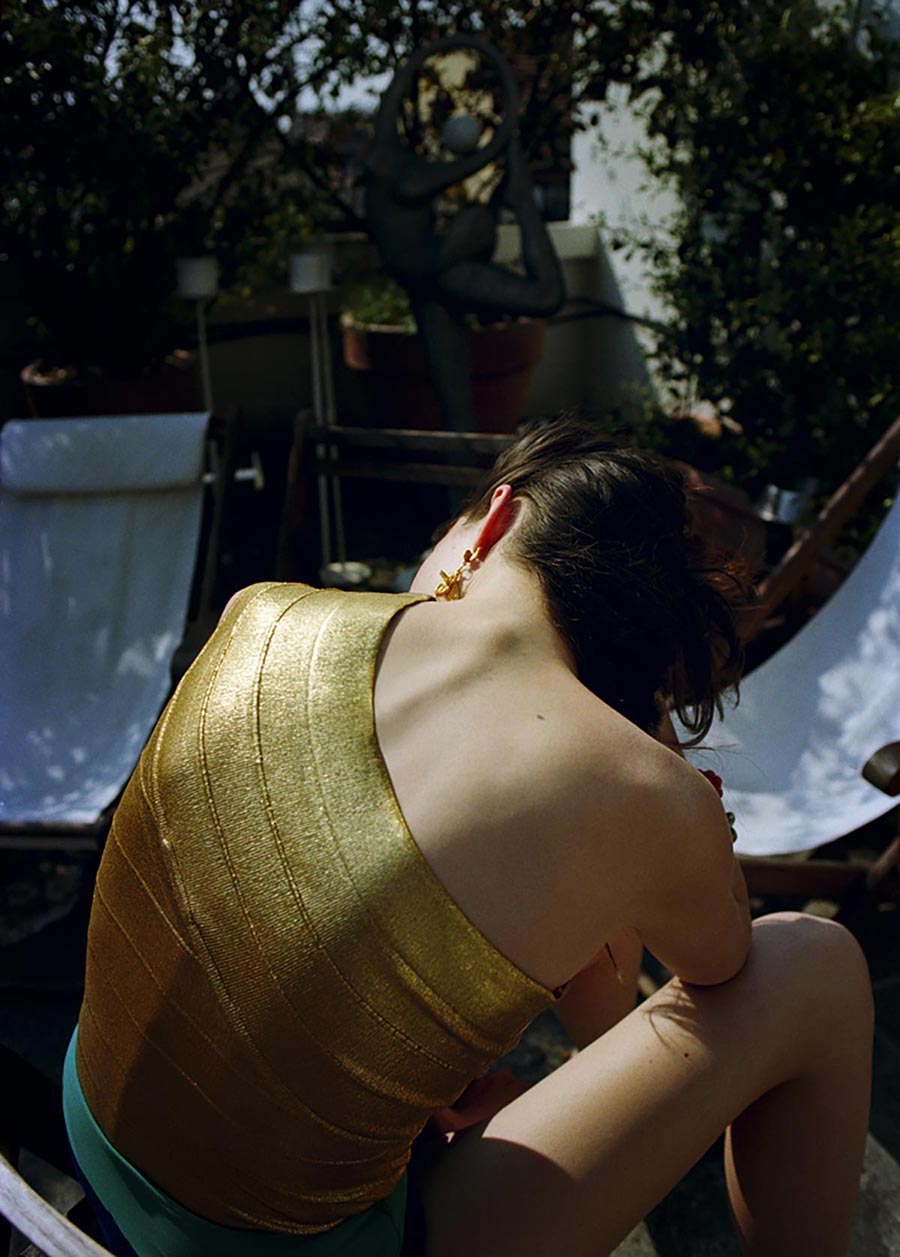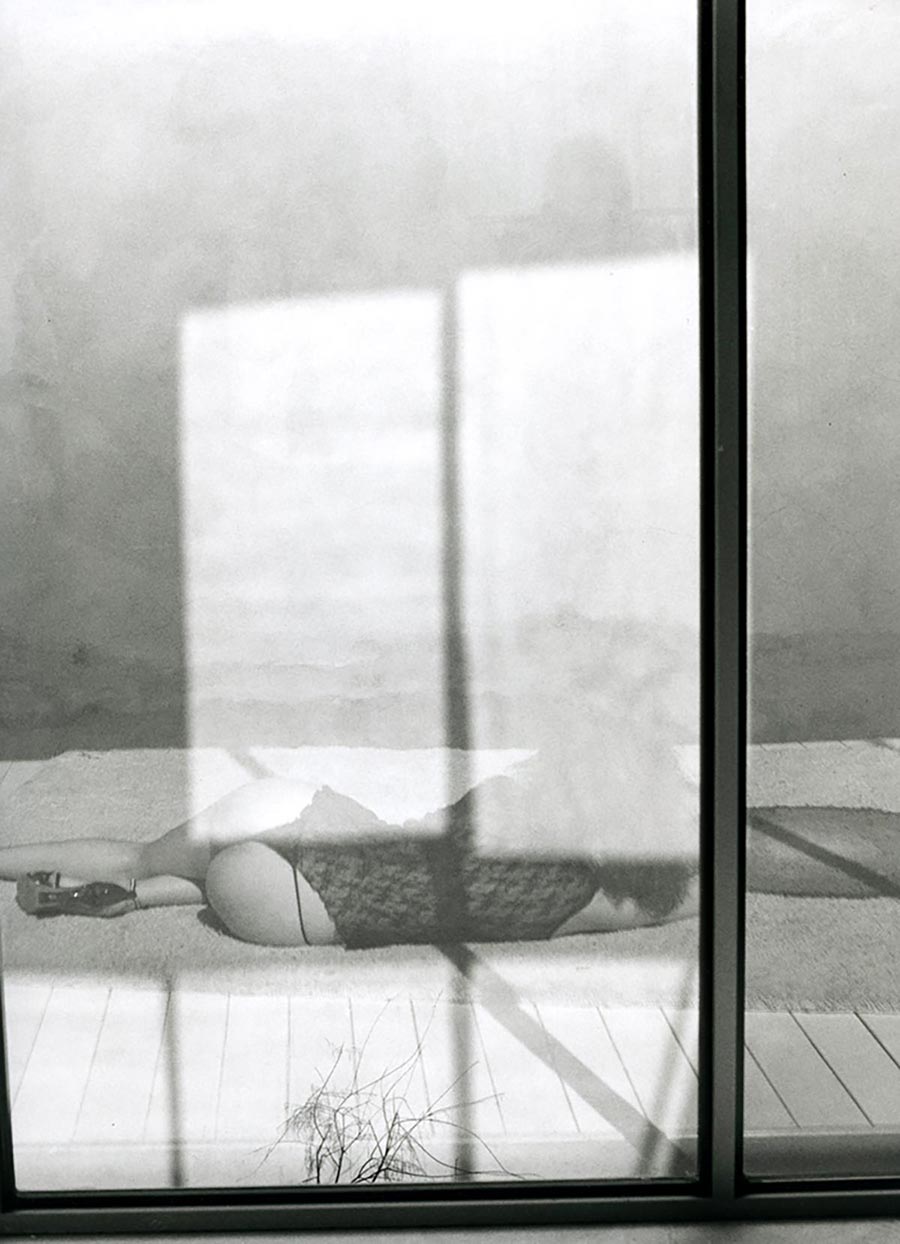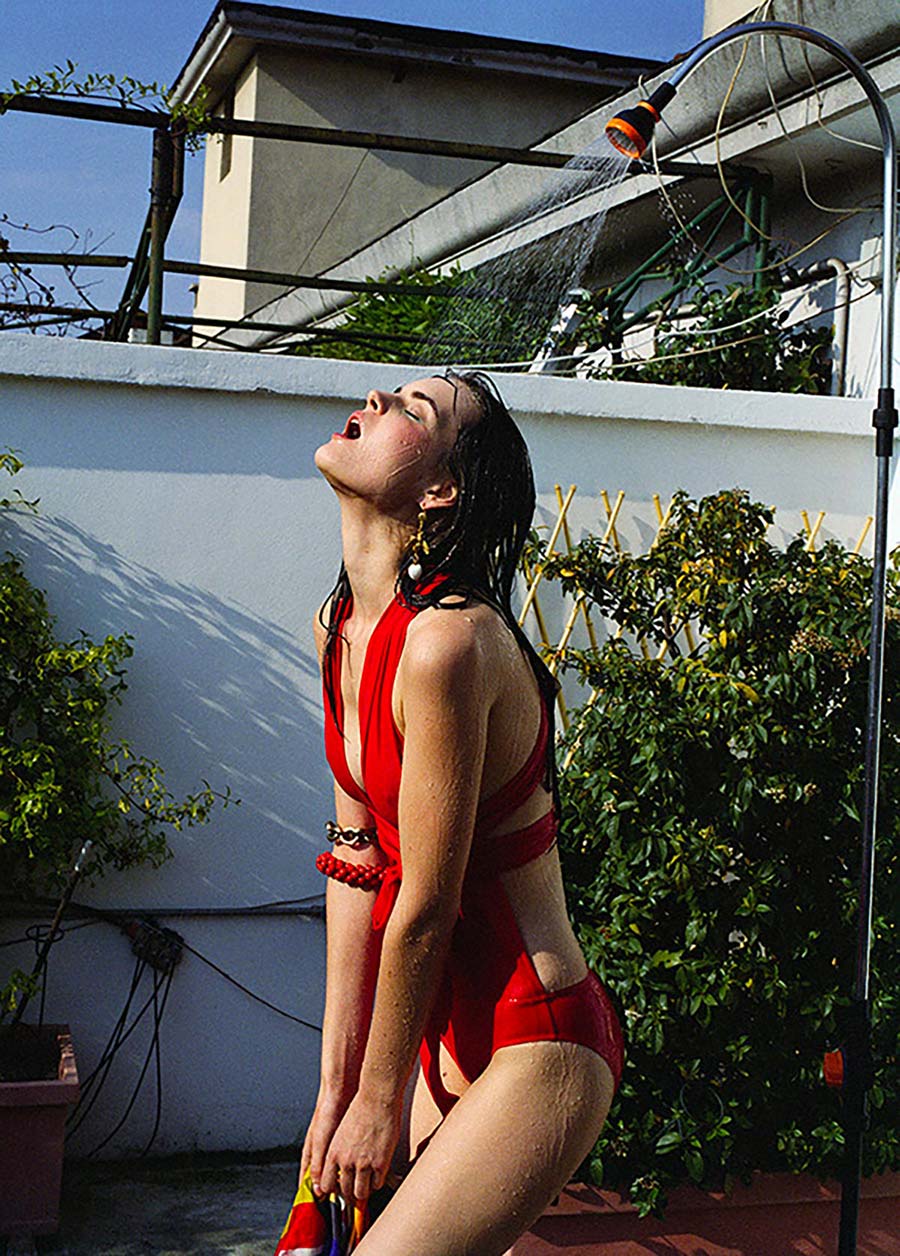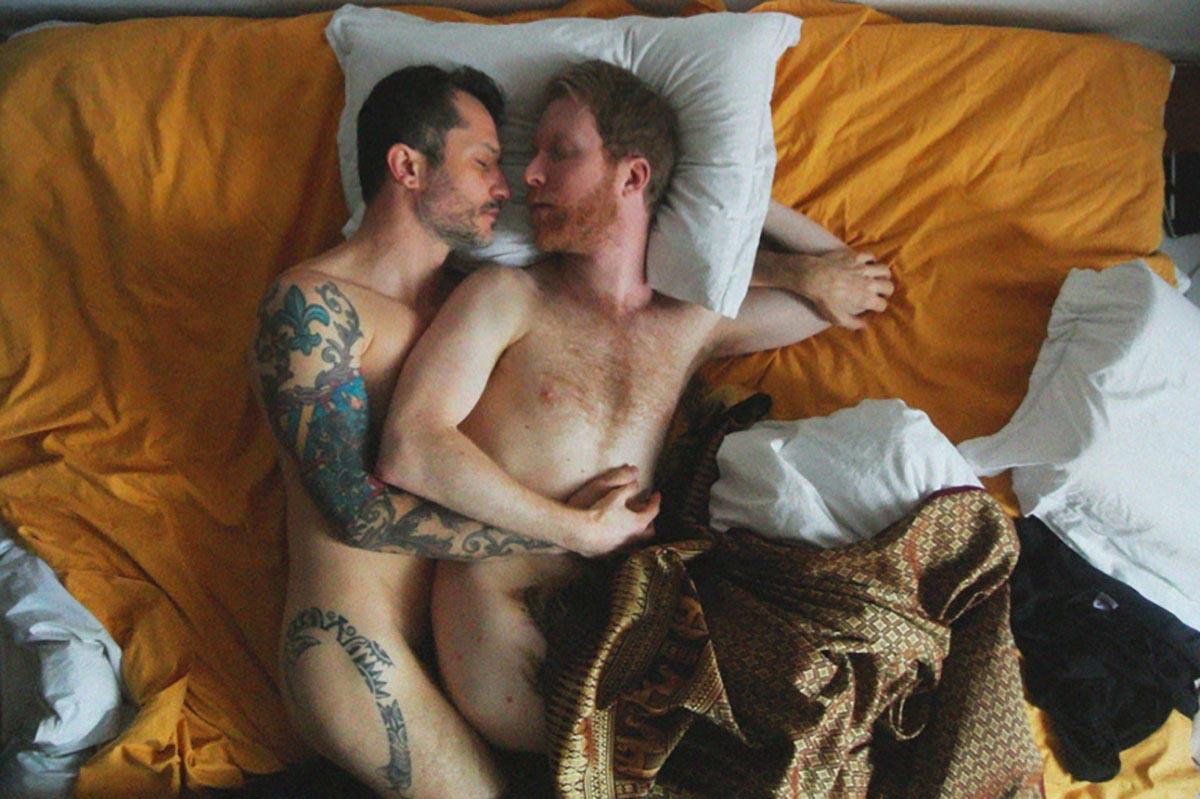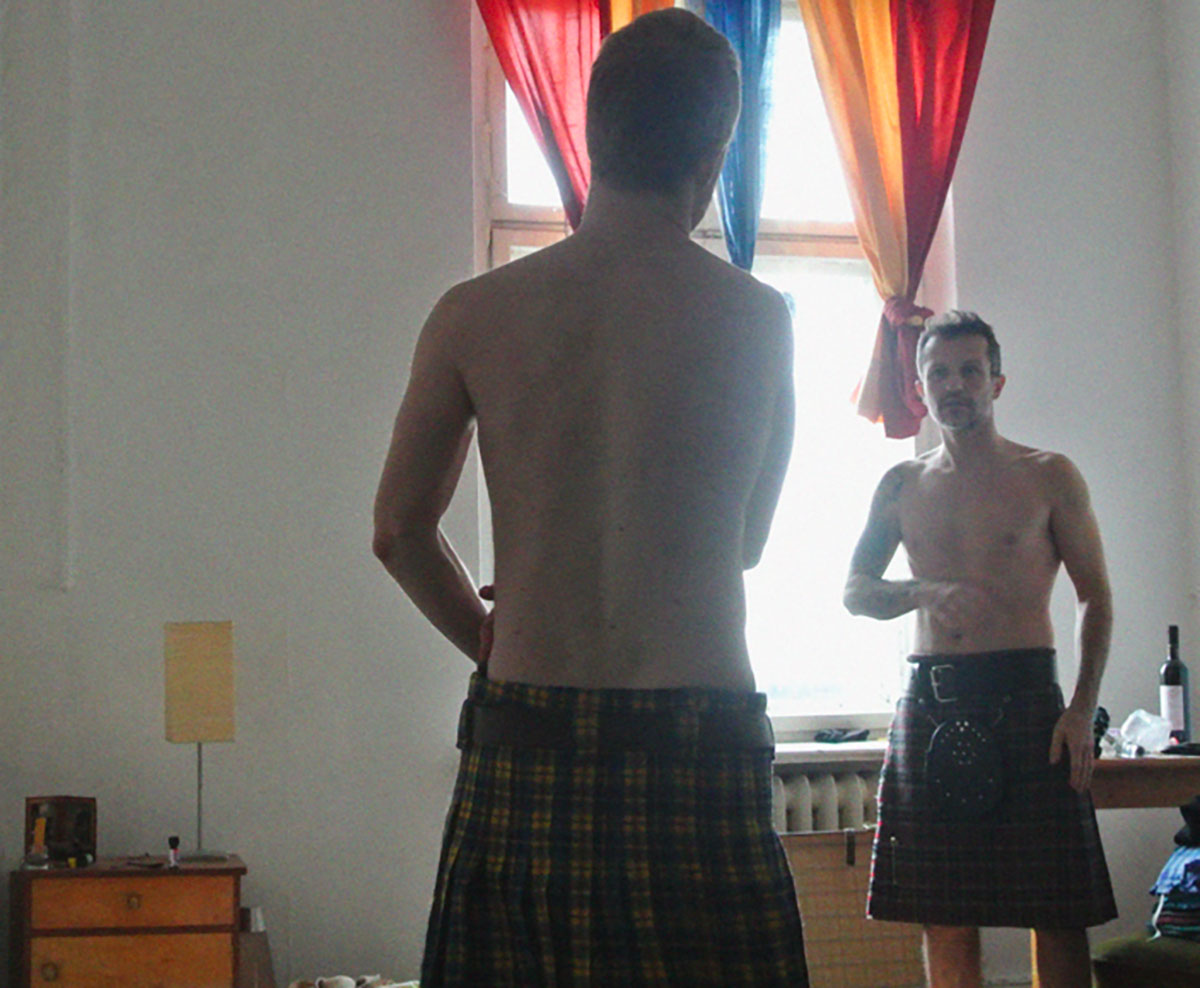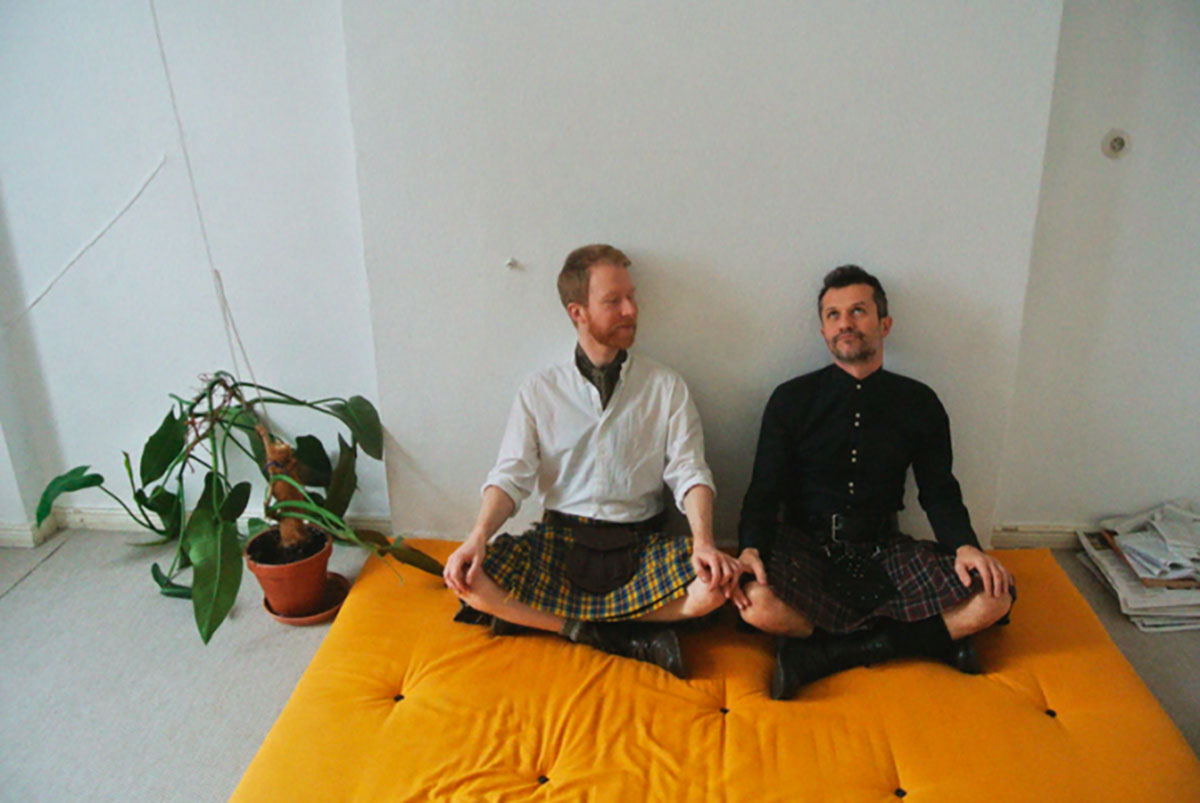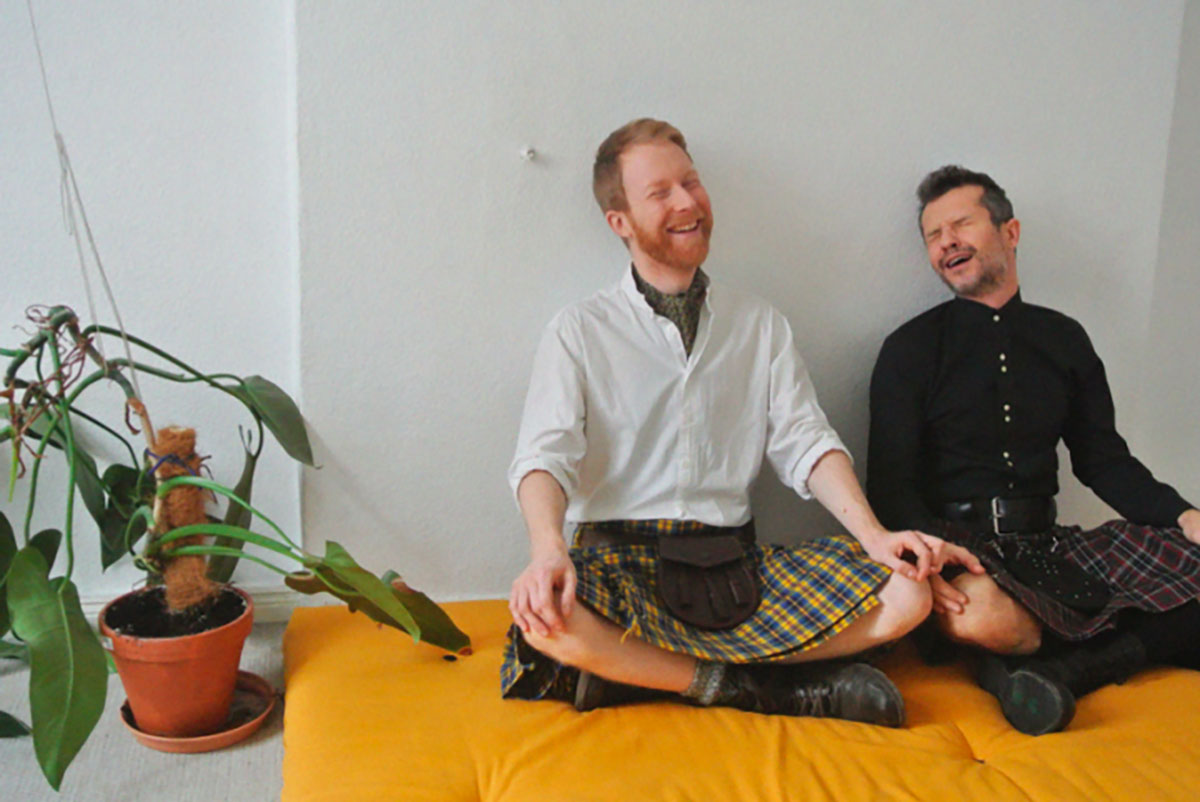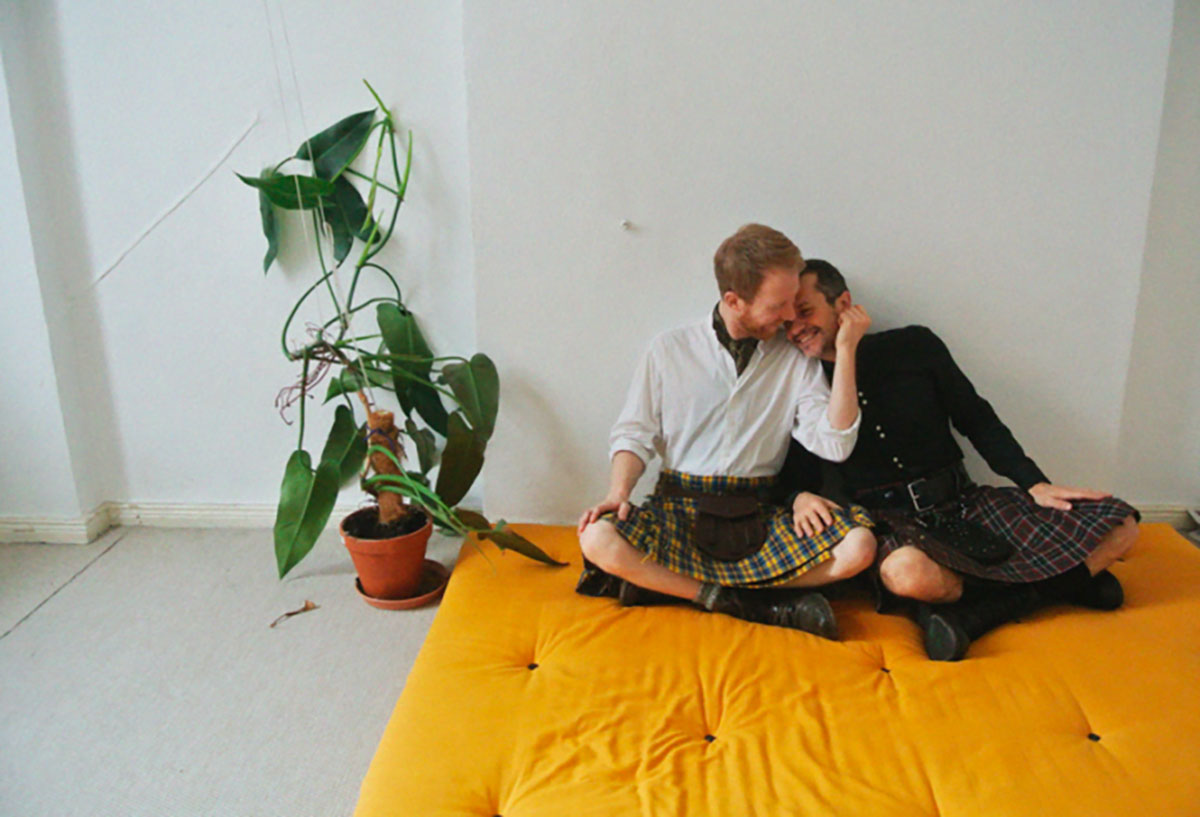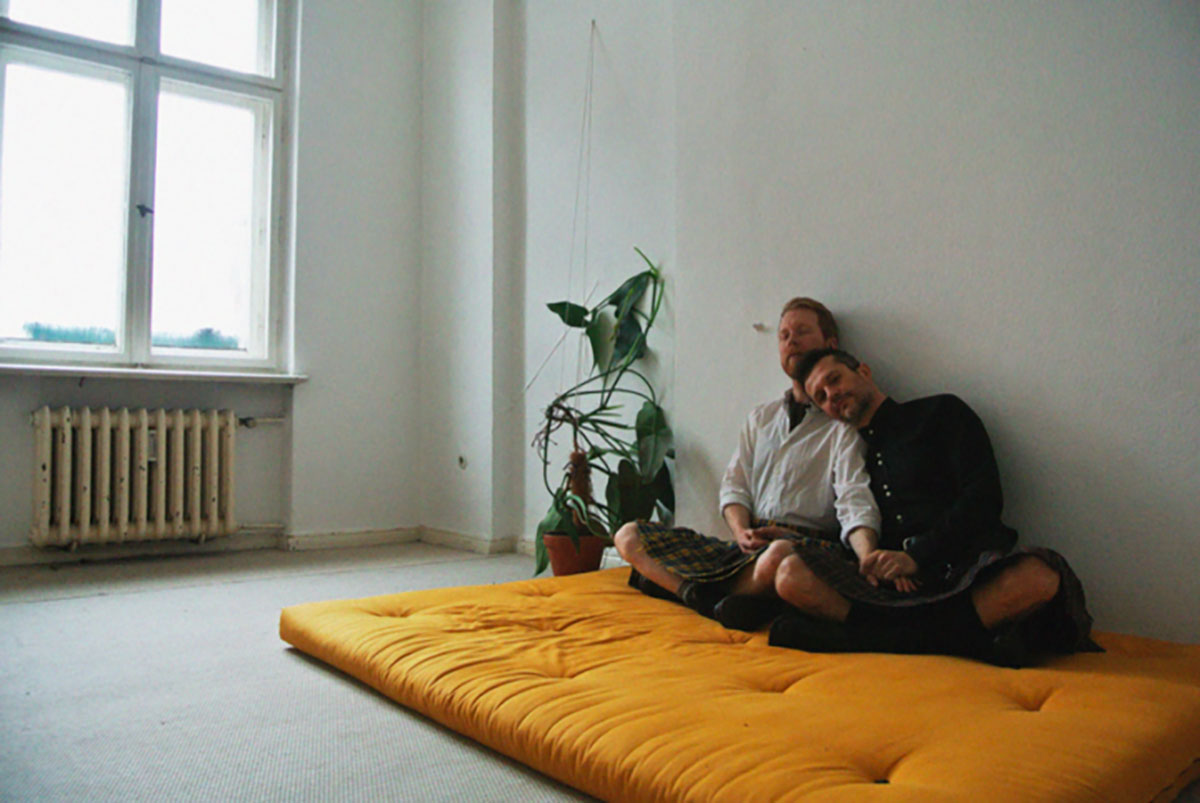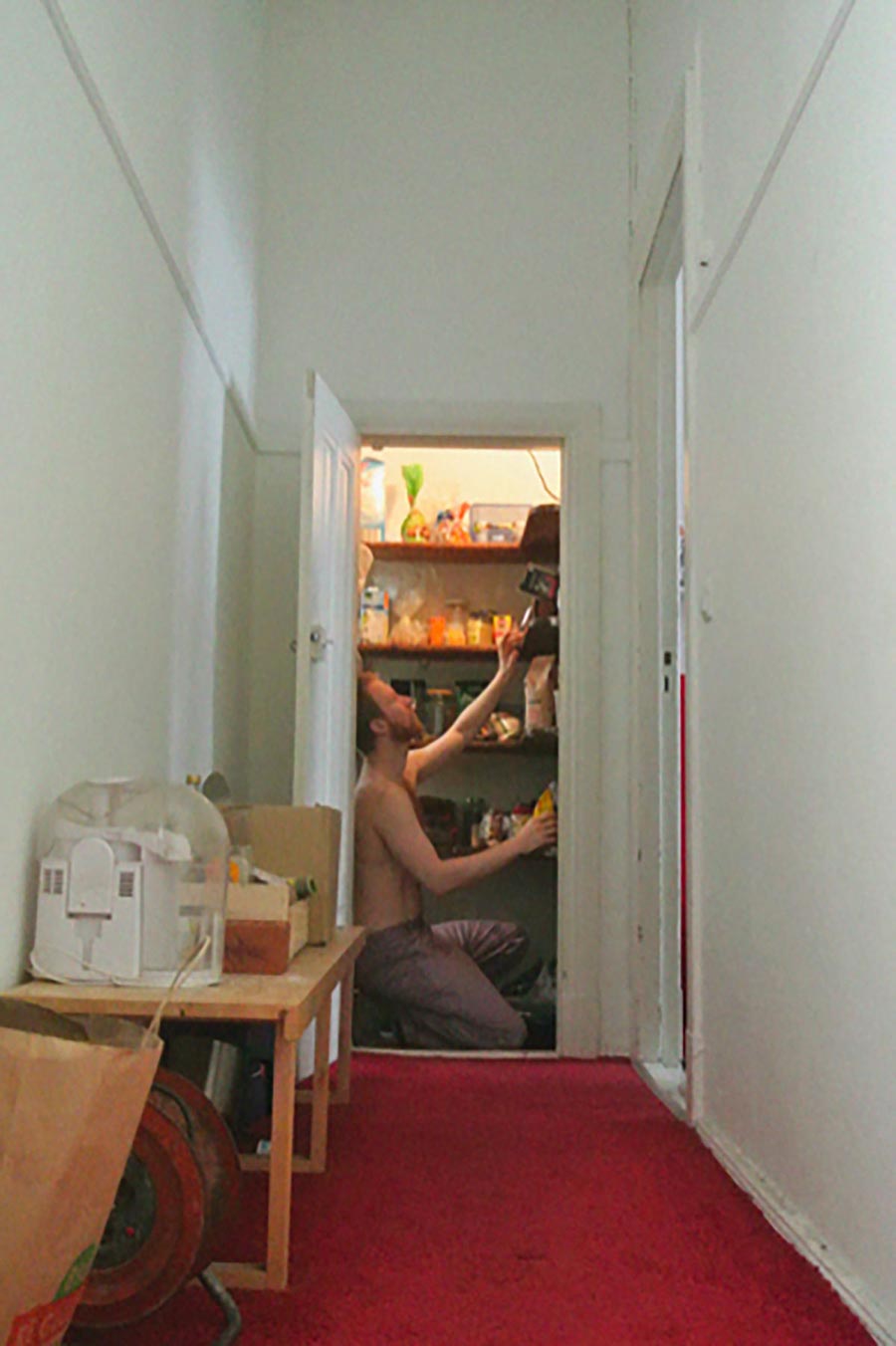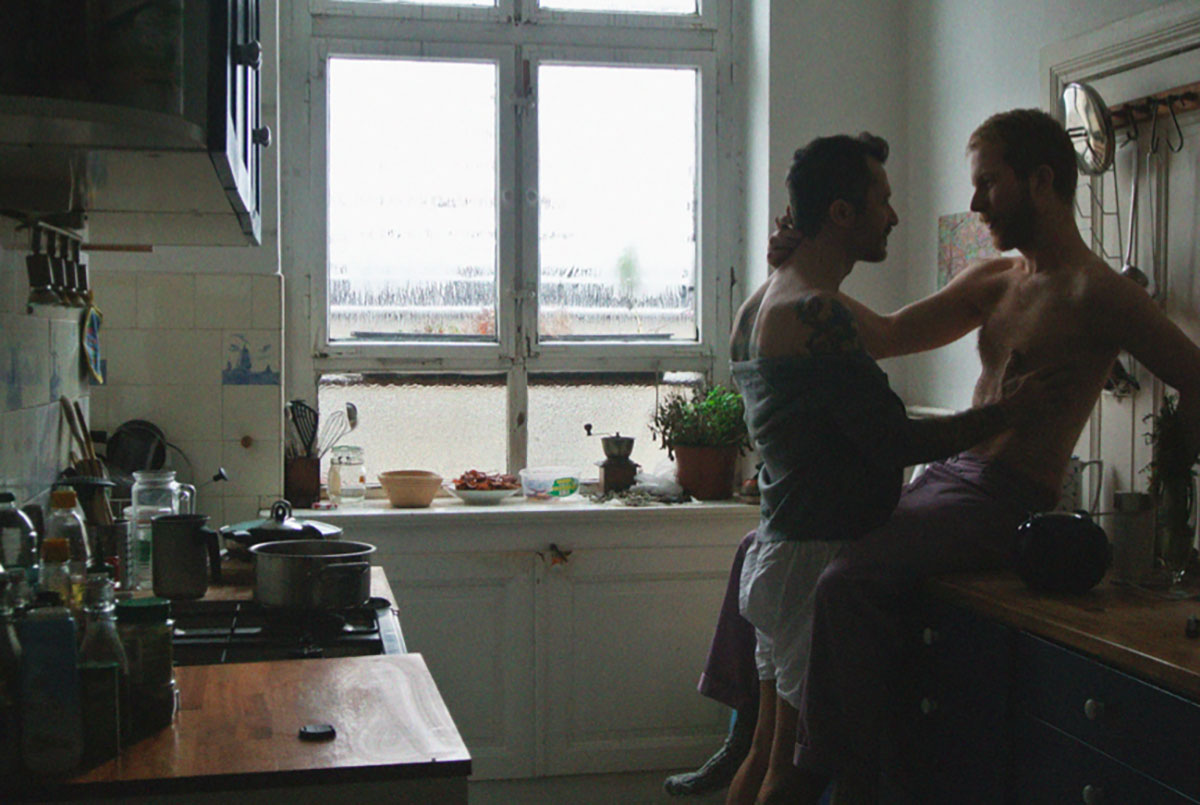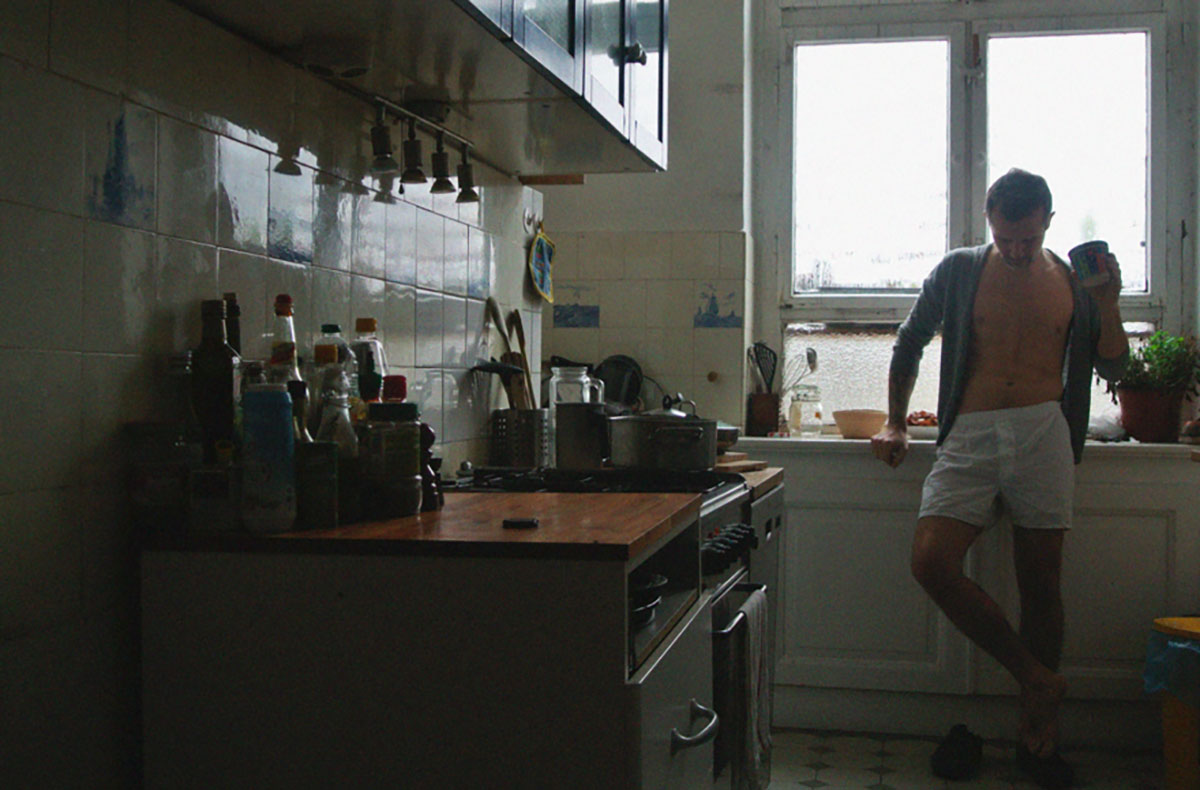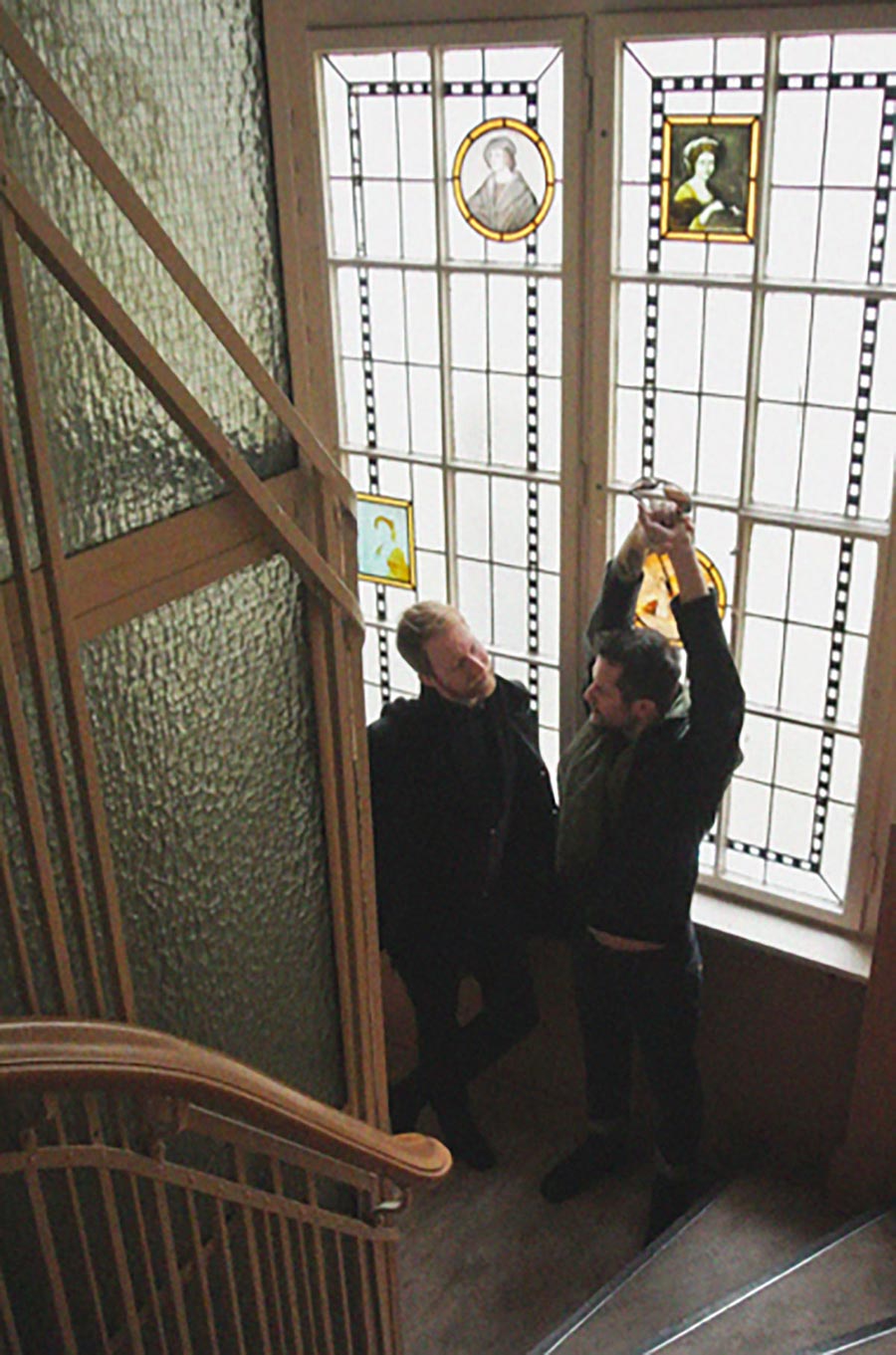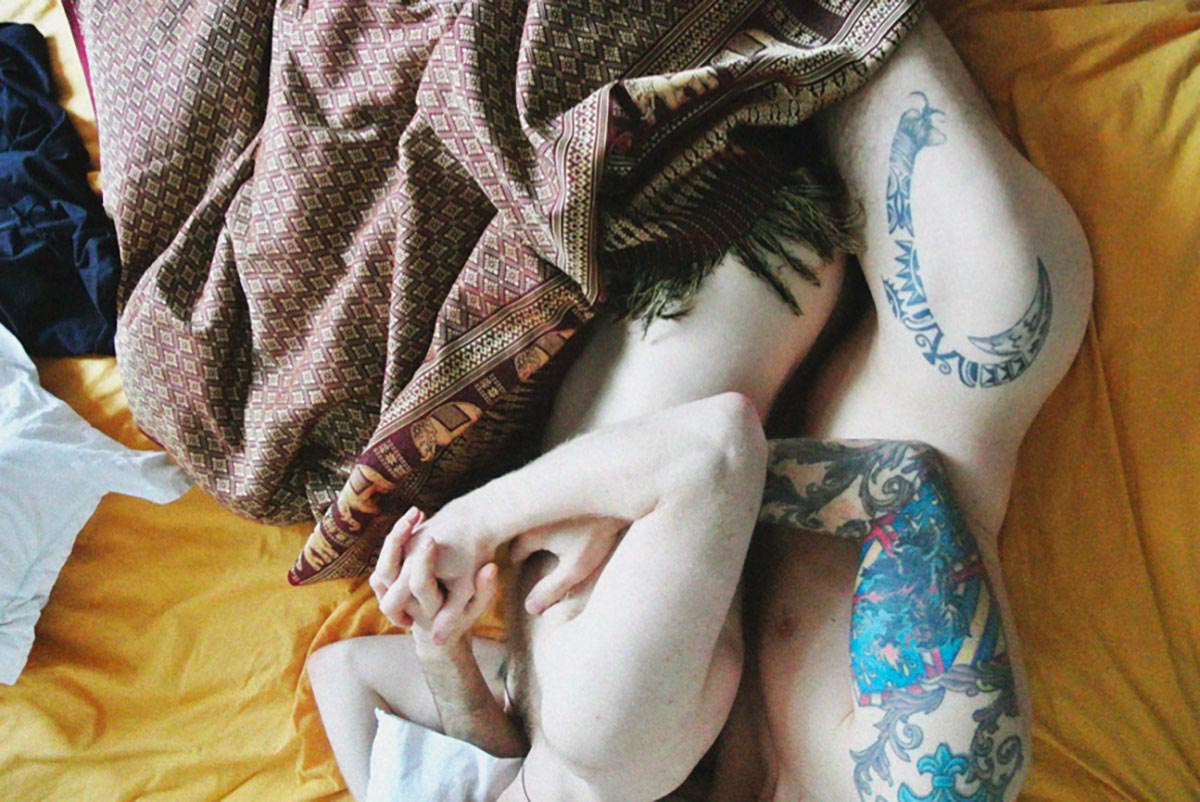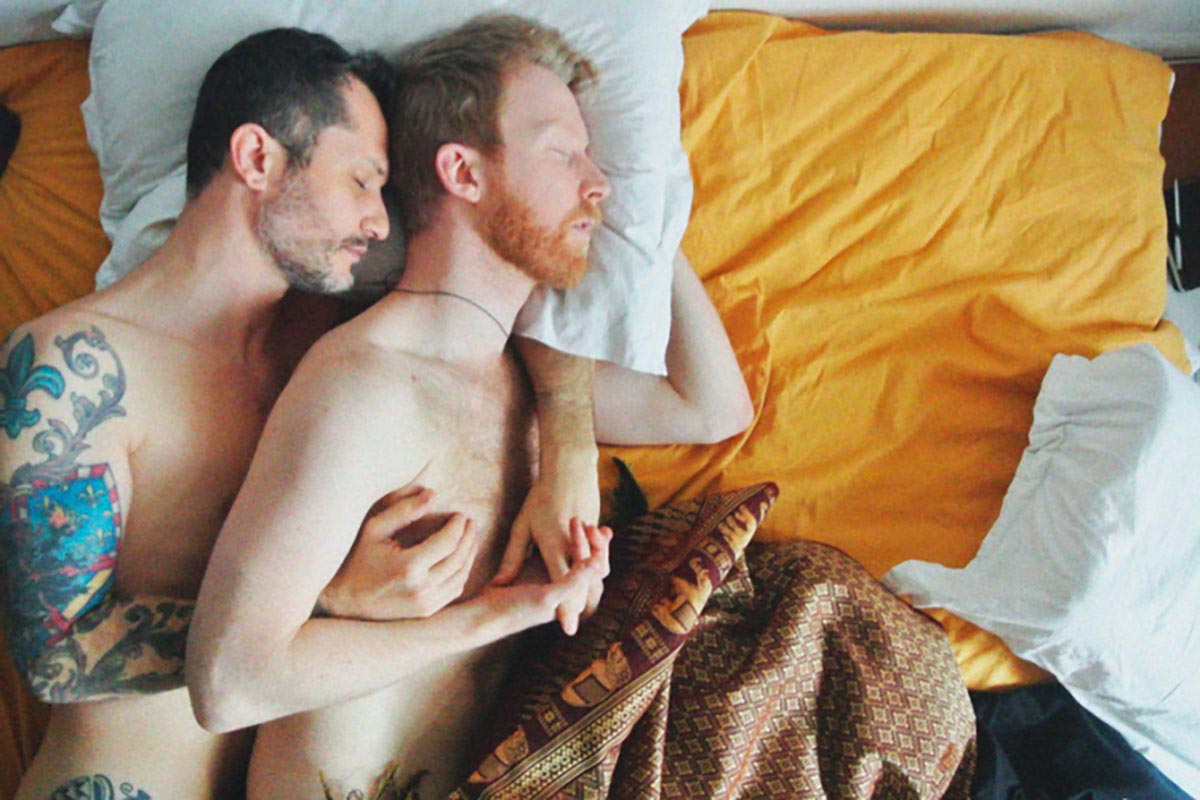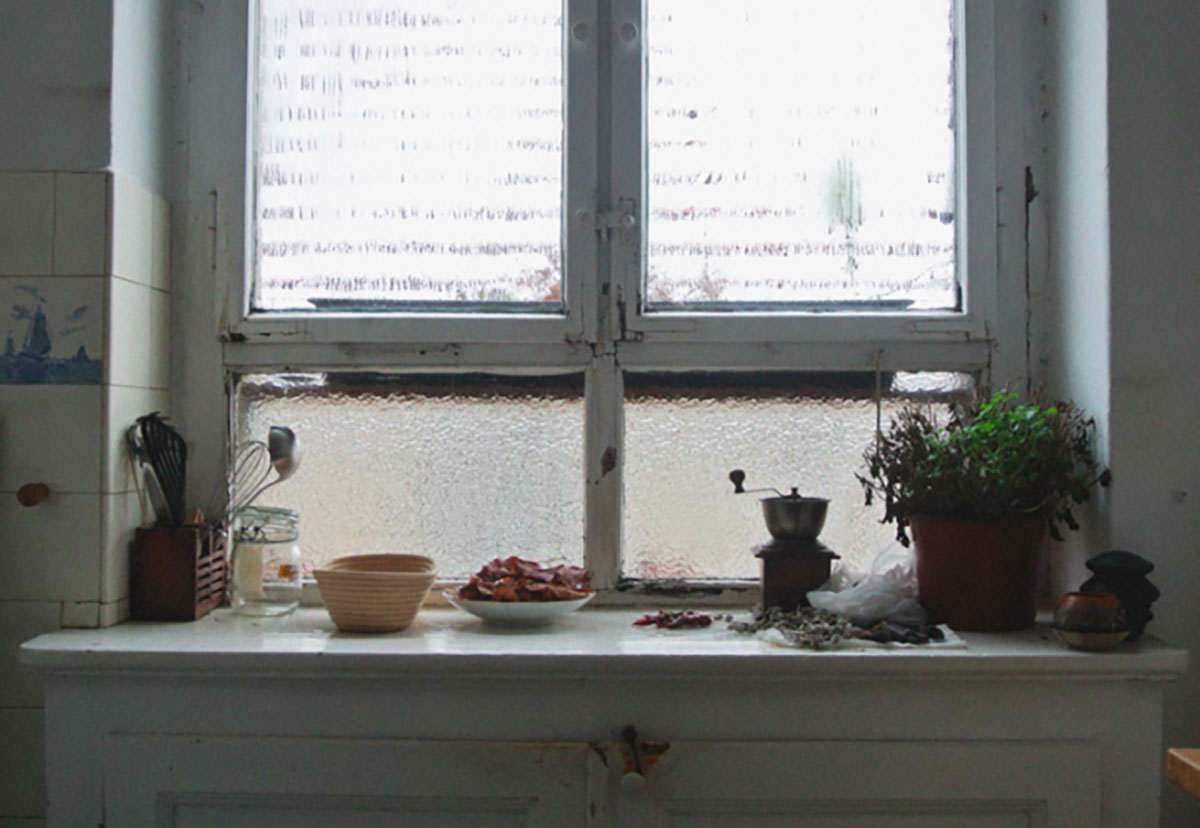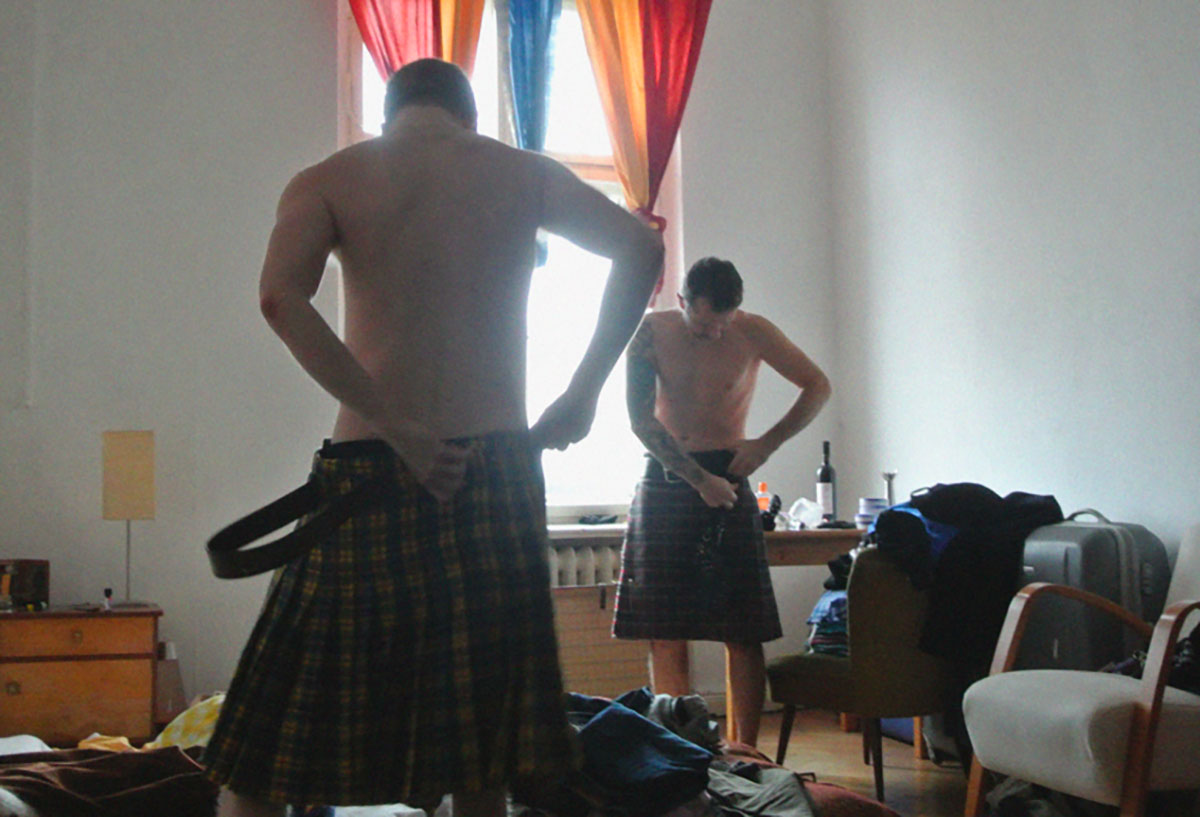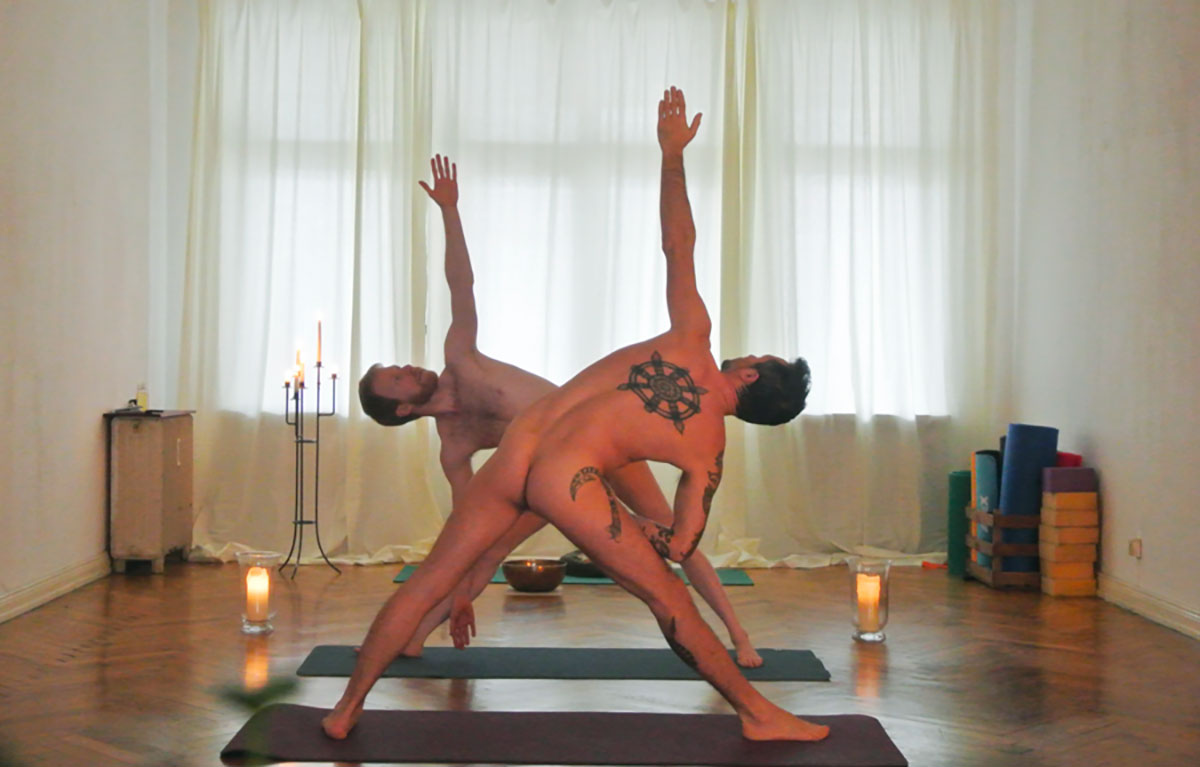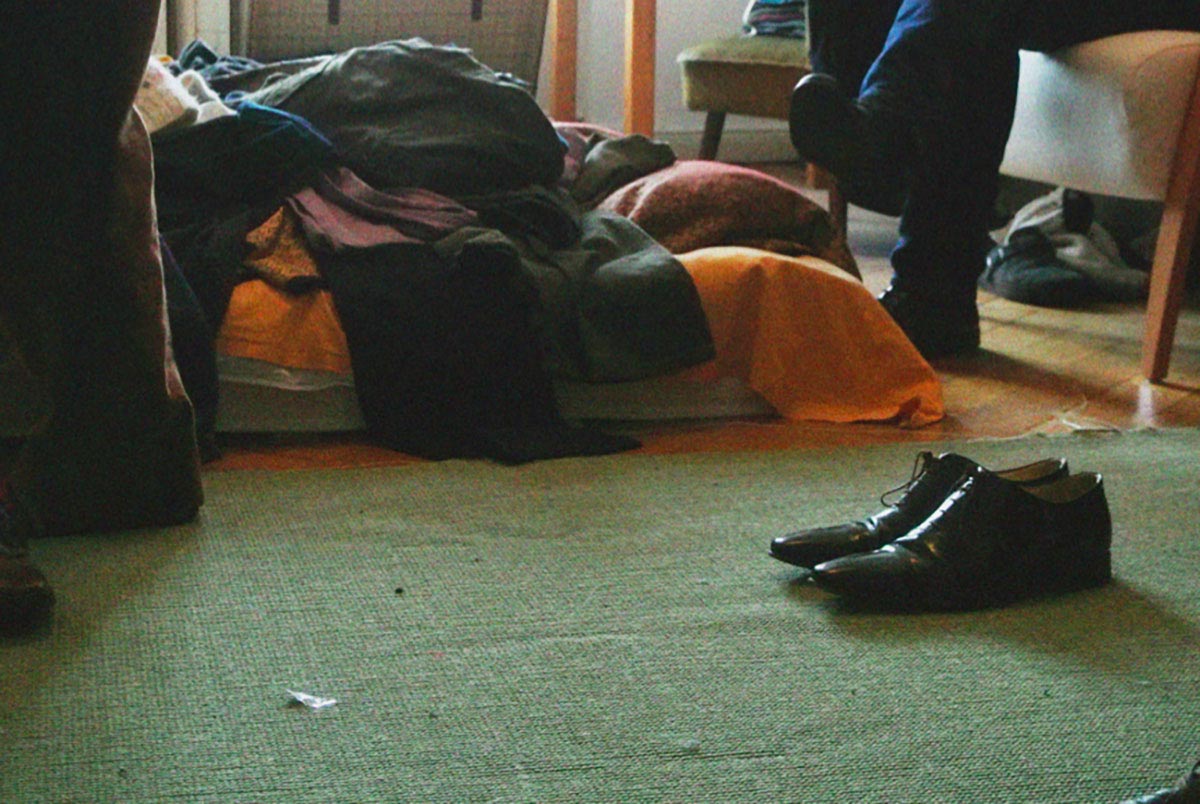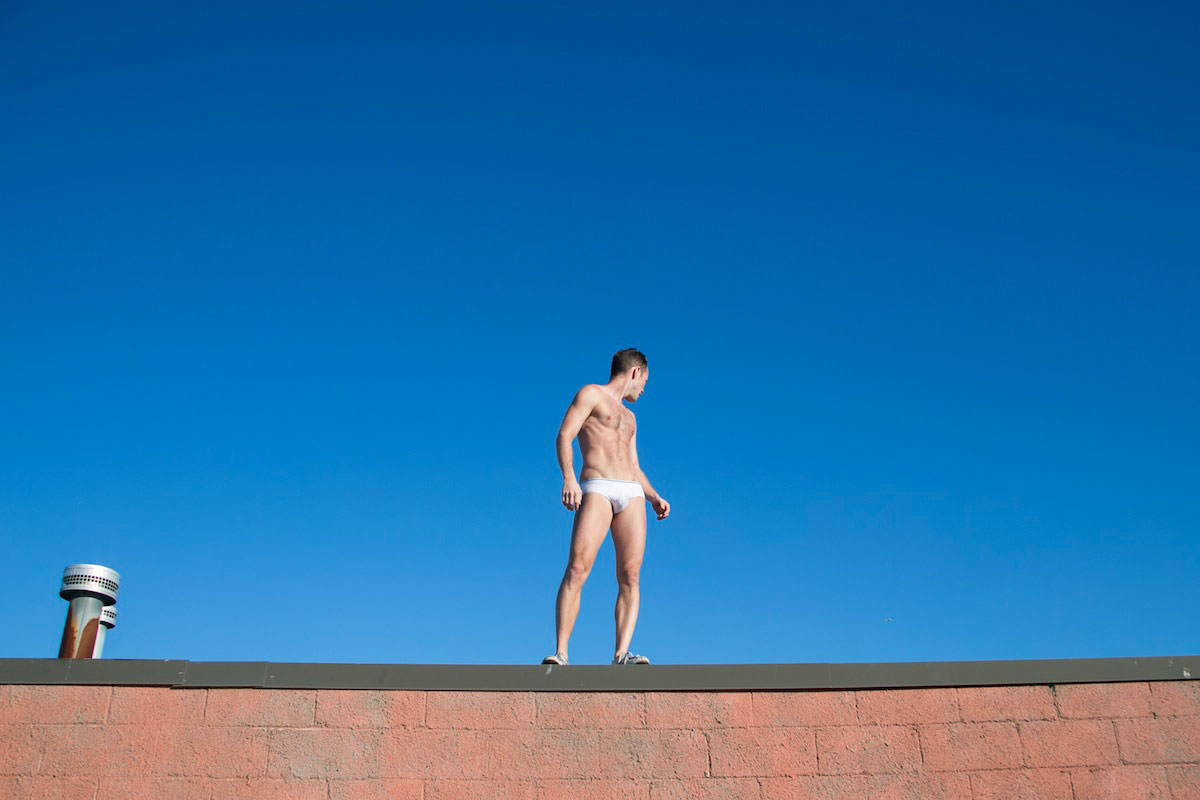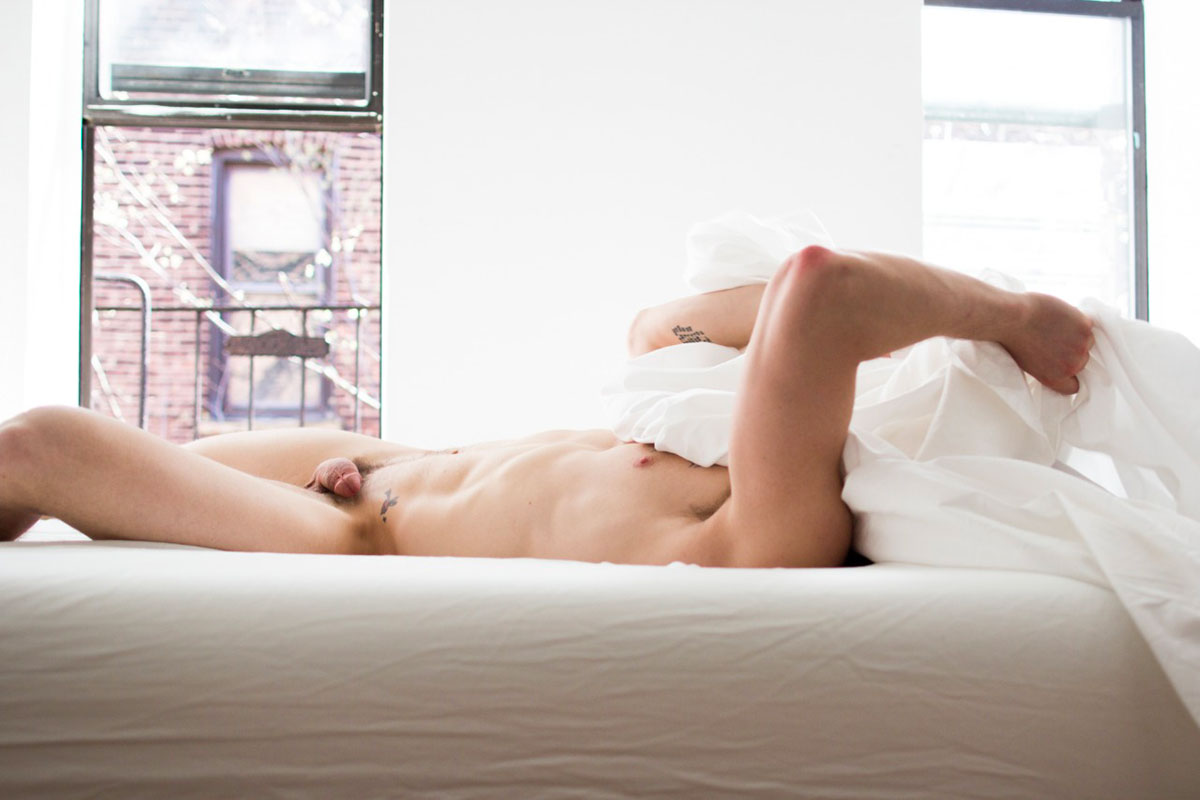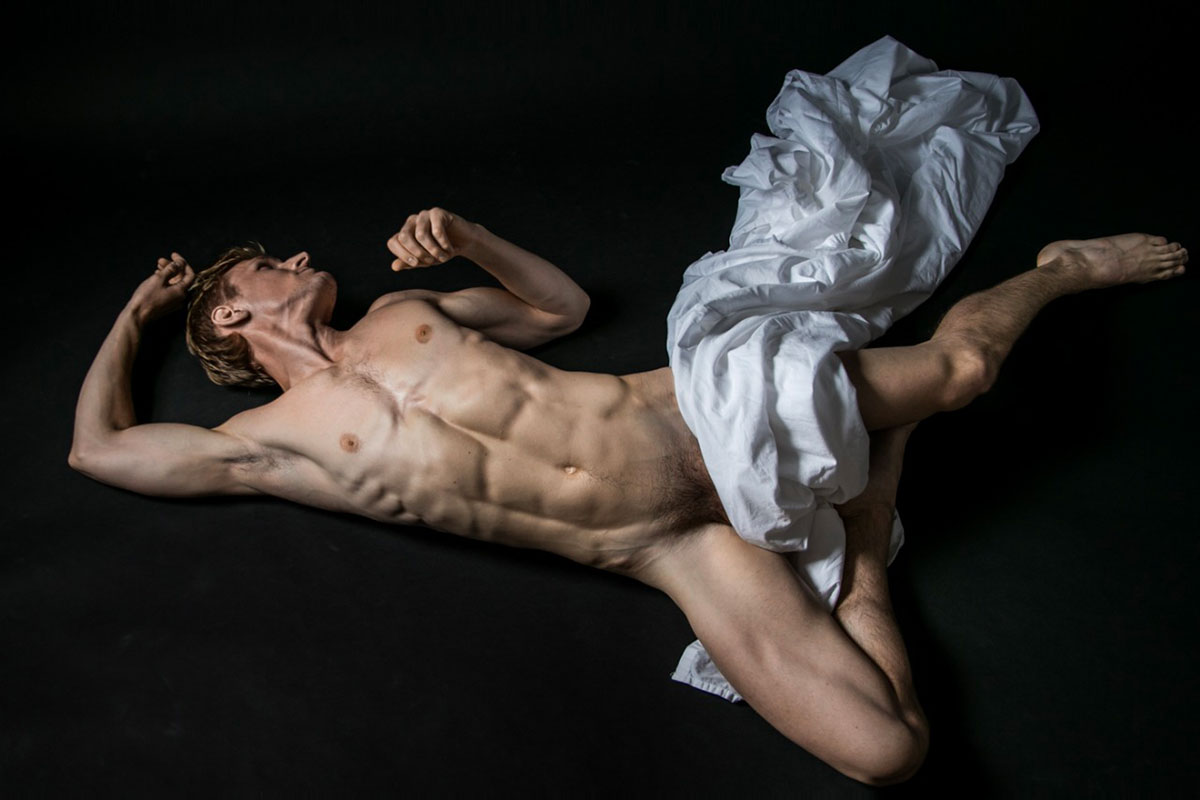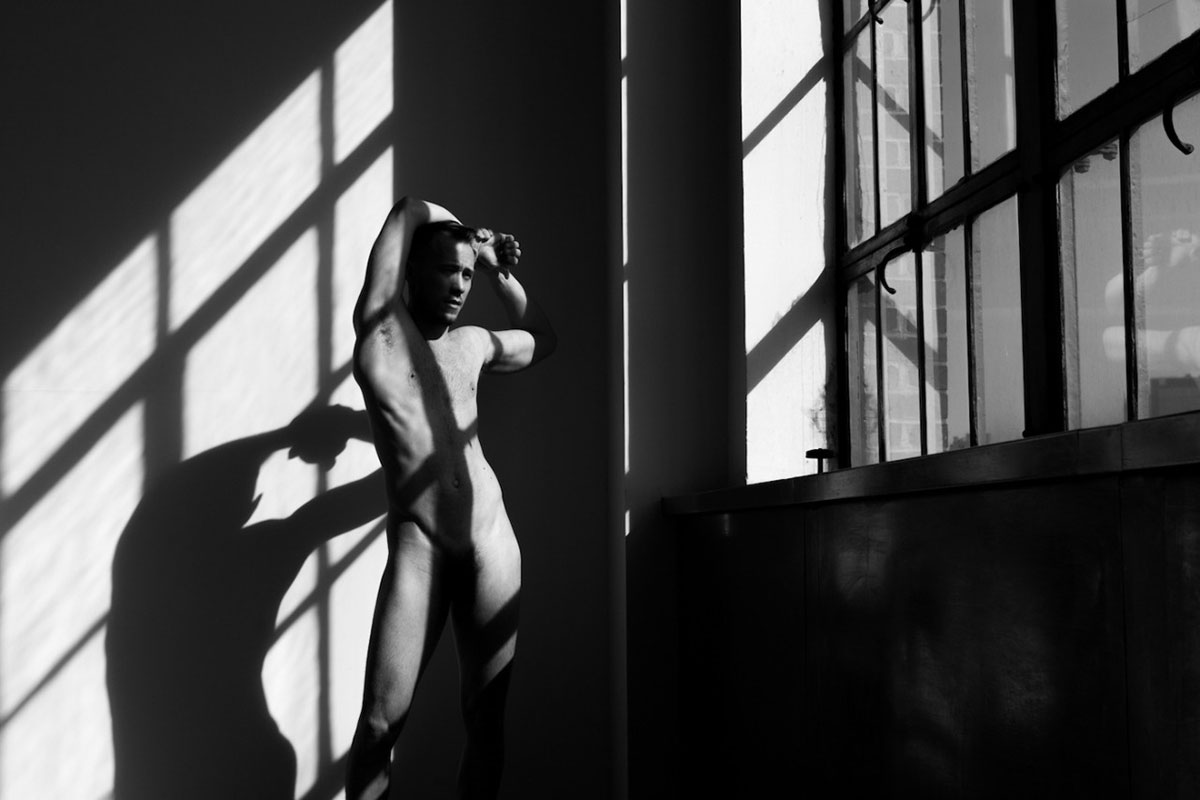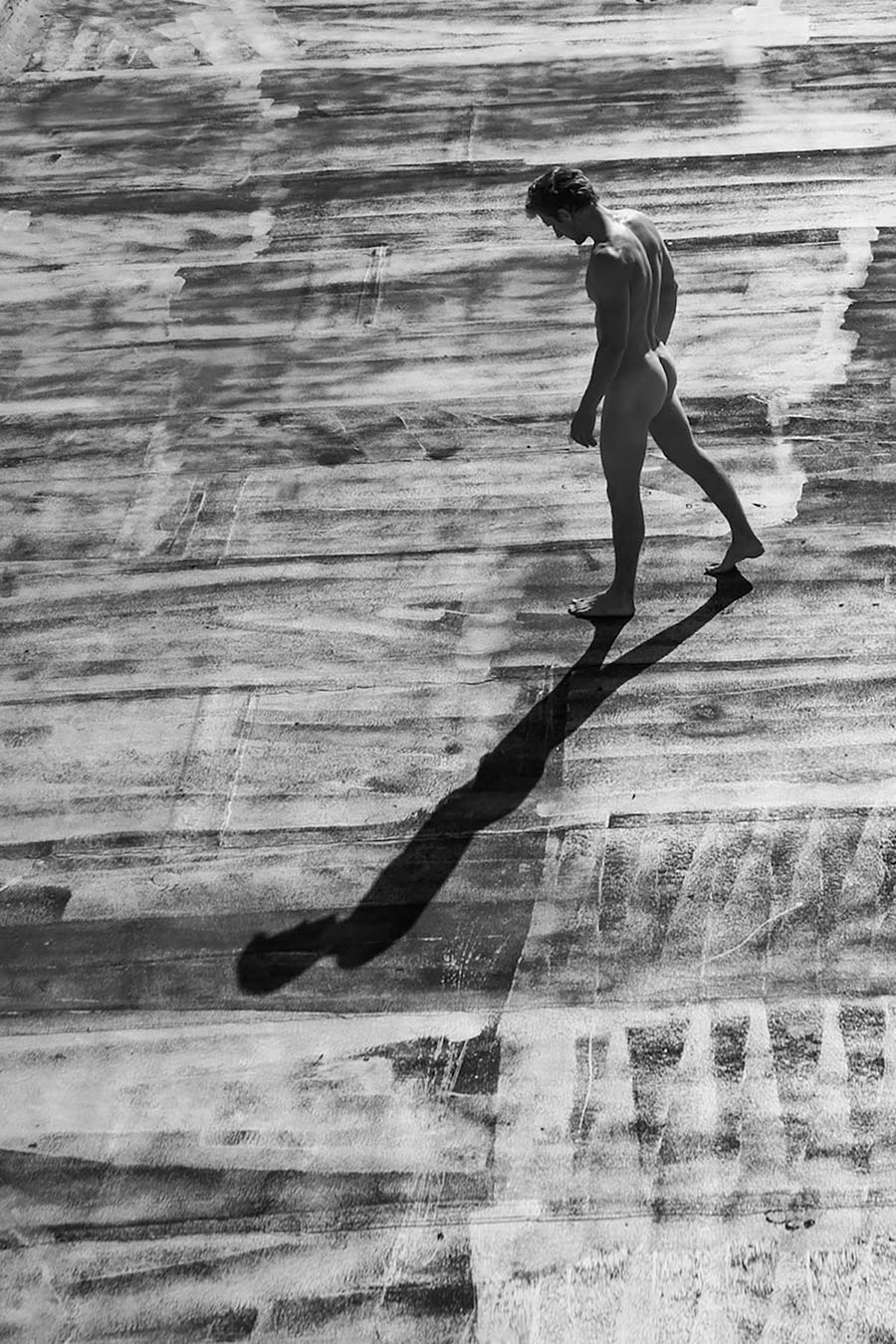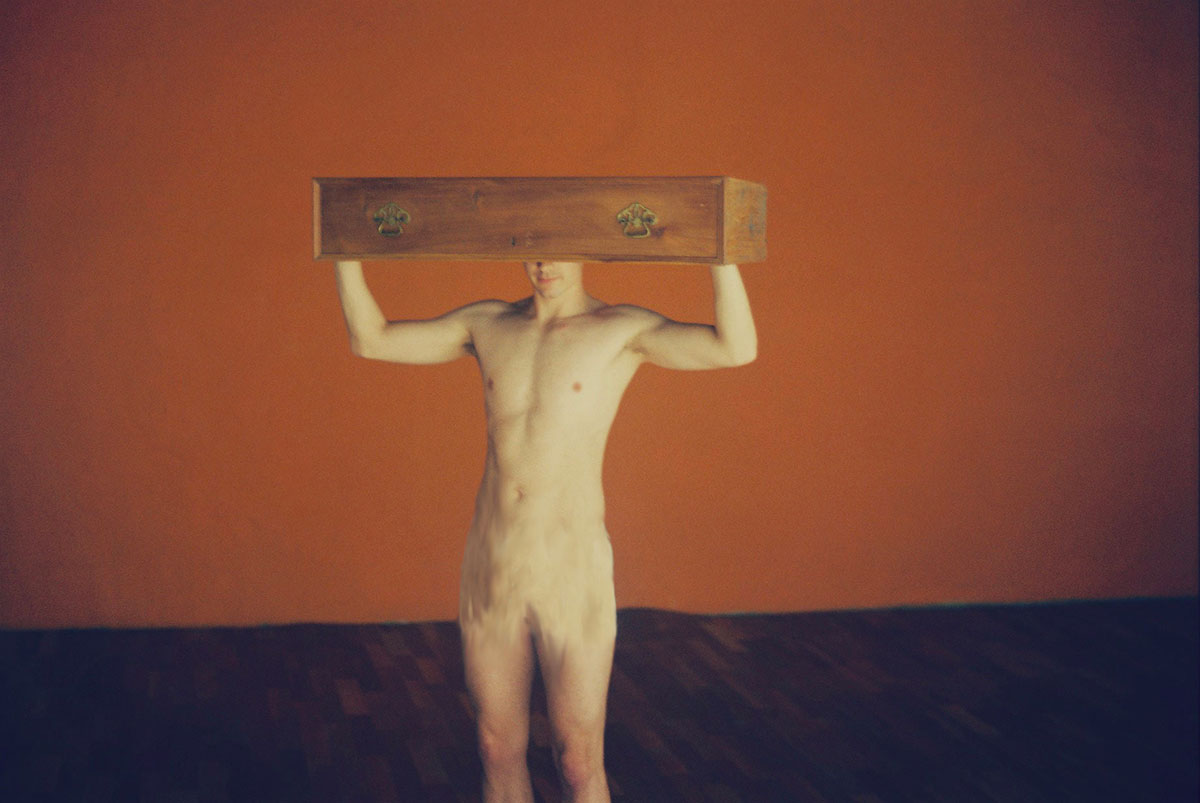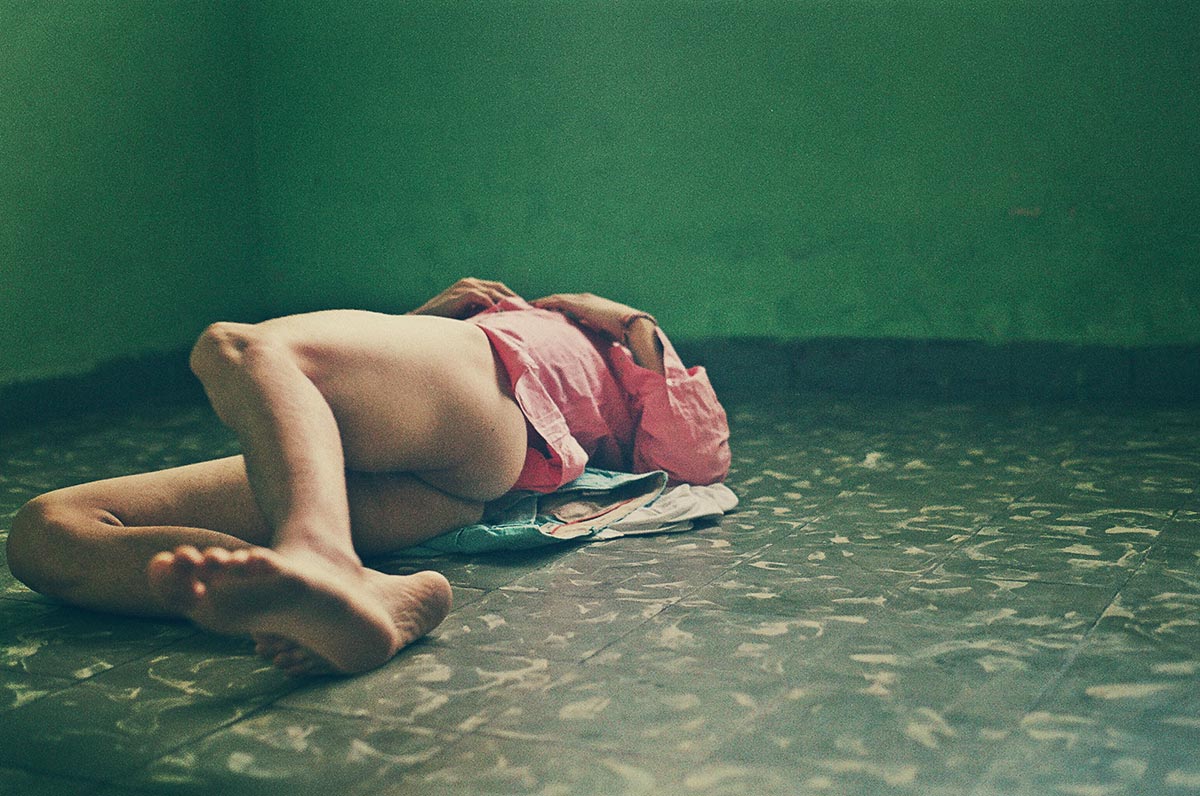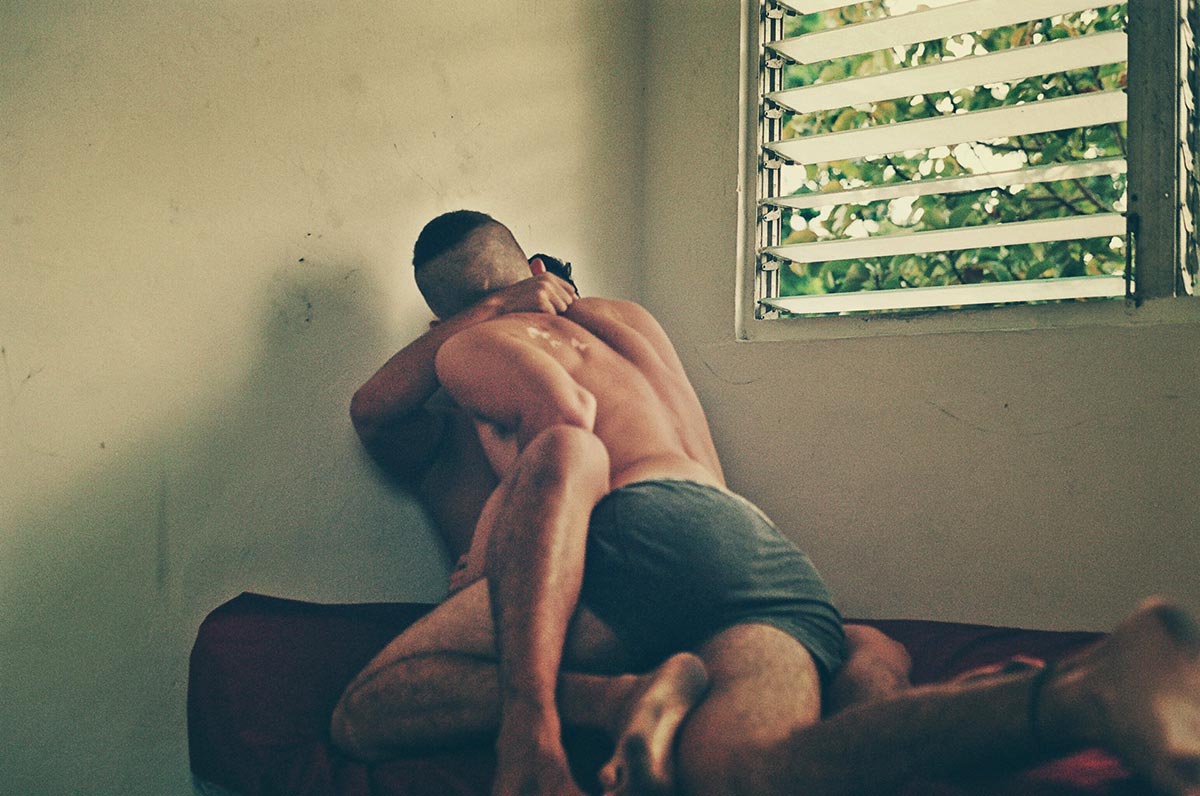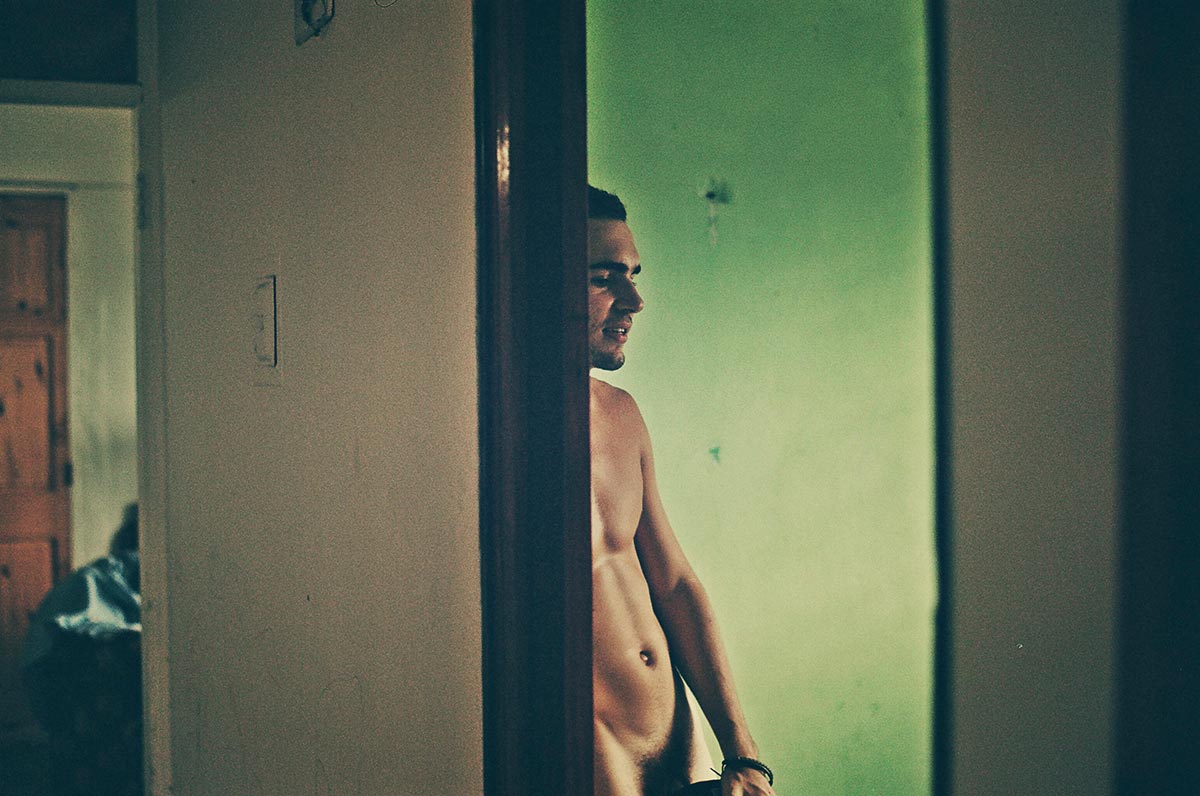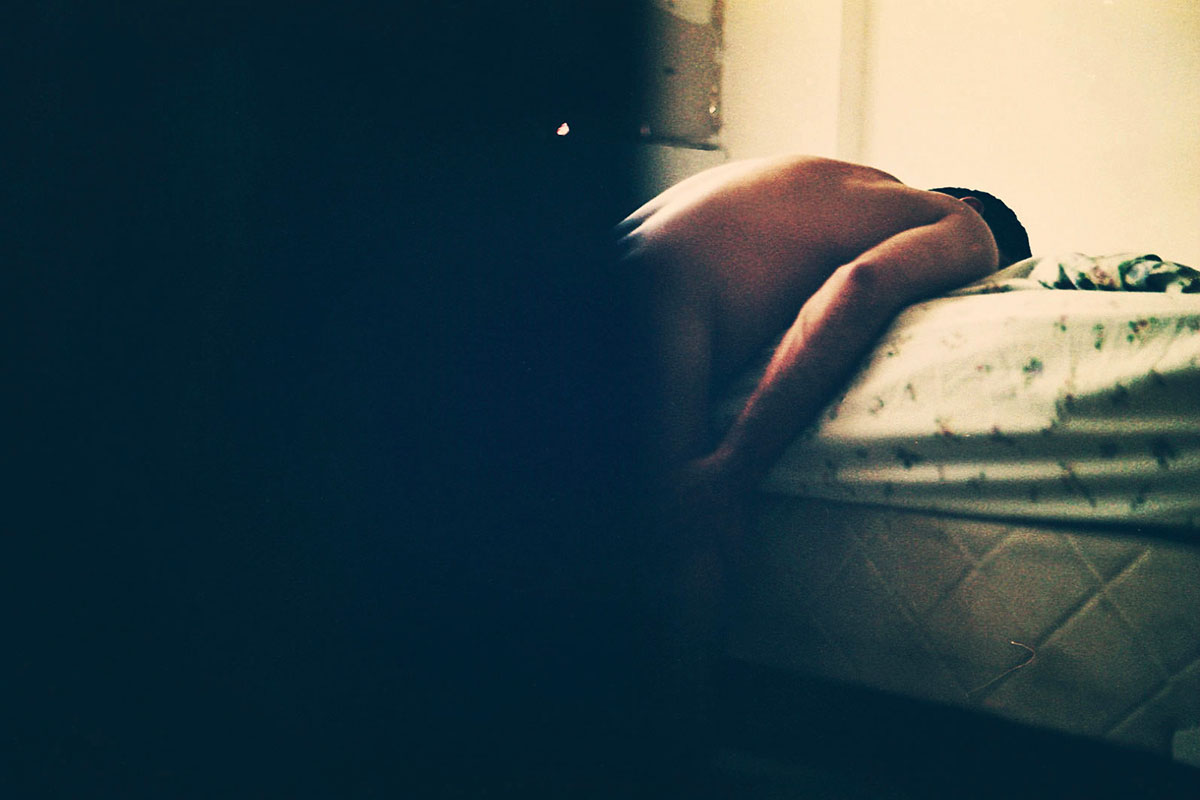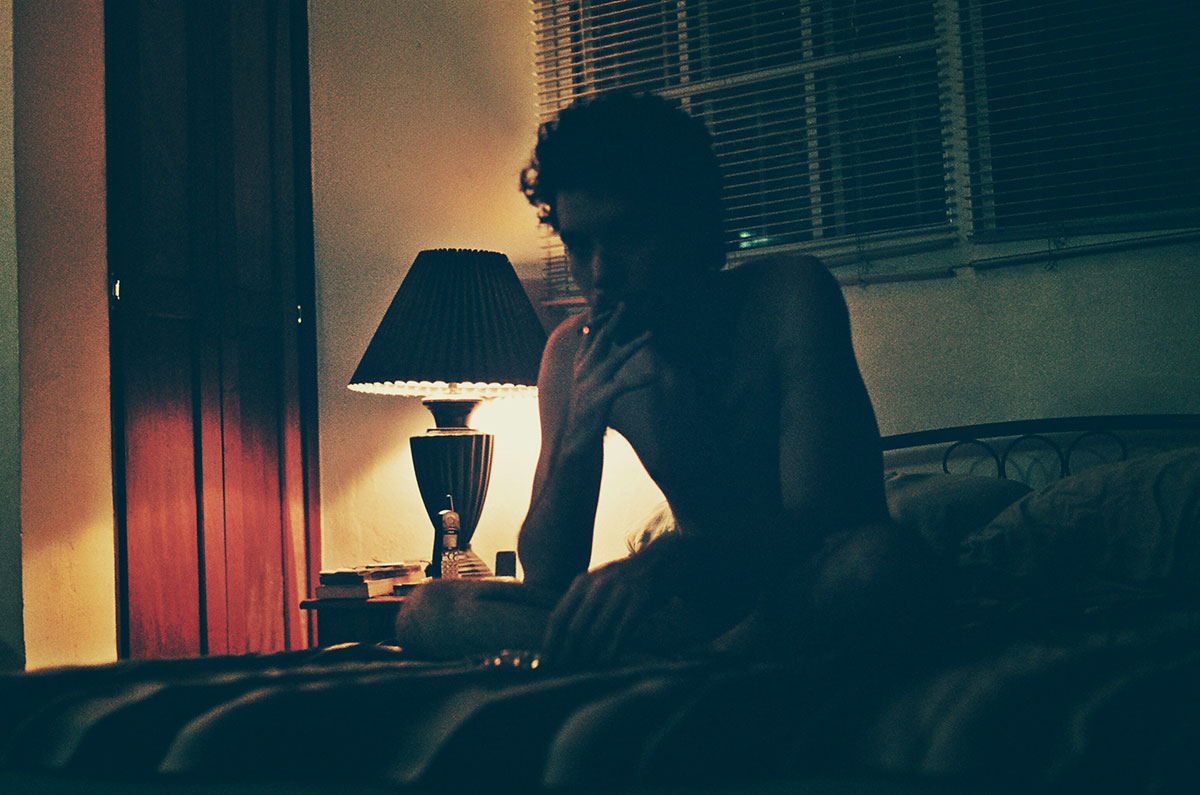Underage
Where the eye doesn't look.
Thailand has long been known as the sex capital of Asia, and according to a survey in 2004, there are approximately 800.000 underage prostitutes in Thailand and the money being traded at 4.3 billion per year or three percent of Thai economy. This alarming number has put Thailand on the top of the list of underage sexual exploitation according to the U.N.
Underage is a photographic documentation aimed at understanding the minds of these underage male prostitutes in a most candid and visceral way.
This project is multi-layered and complex in its nature. Psychologically, it offers provocative and haunting portraits of these lost souls. The visual is visceral and represents an ugly mess and deep-rooted problems of family, teenage years in Thailand, and society. The personal data of each subject is included to offer an insight and to peep into their lives and journey to the opposite side of norms, tradition, and perception. In addition, sexual identification and orientation are being questioned and investigated. While most subjects identify themselves as heterosexual young boys who come to terms with having sex with gay guys for money, almost all of them have never had sex with females. Many of them reason that all men must go through having sex with gay guys in order to understand how to have sex with females when such time comes.
Which is the intention behind Underage project?
I want the process to uncover a bit of the life, choice, and consequences that these young boys are experiencing.
Underage prostitution results from several reasons, from being molested by family members and/or relatives, poverty, being a runaway, and drug addiction. I want the images to act as a mirror reflecting the rotten reality of child abuse and exploitation. I also want the images to pose painful questions about life, choice, consequences, and of humanity. Lastly, I hope the project will shed some light about this pervasive situation, raising questions for us about society, corruption, morals, and human treatment. Also desire, innocence, corruption maturity of the observer, customer, and prostitute… when we look at the pictures, we take the part of both… the boy and the buyer… Mirror neurons.
Photo: Ohm Phanphiroj
www.ohmphotography.com
c.a.p. 74024
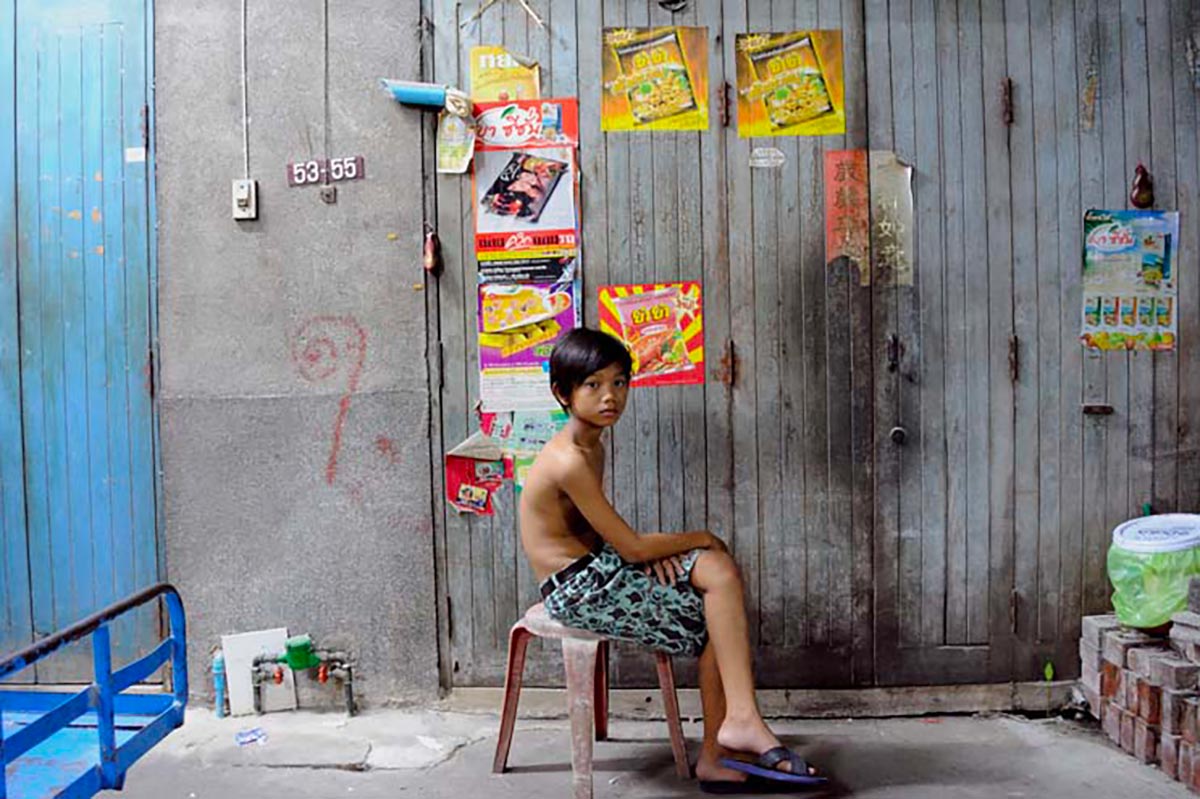

The Unknown
"The Unknown Project" by Sylvain Norget
Why are we all fascinated by stars pictures? Because they are beautiful? Because we love them? Because everybody knows them? Not necessarily. Every time we look at a star’s picture, it tells us automatically a story made by memories, by envy, by desires, by movies, by musics. The photo is a call to the imagination.
Take Clint Eastwood’s photo by Patrick Swirc, simple portrait in black and white, but extraordinary face, torn up by these sublime wrinkles, lit by this incredible, strong, raw and hard light. The photo takes the breath away, it is brilliant of simplicity. The photo tells nothing, she shows. And we imagine. We all have Clint Eastwood in our memory, we all saw one of his movies at least once, we all listened to him speaking about cinema. It is this memory which amplifies the beauty of the photo.
And if all this was accessible to everybody?
And if a stranger became a star?
And if this stranger was you?
Sylvain Norget – www.butportraiture.com
The Unknown Project
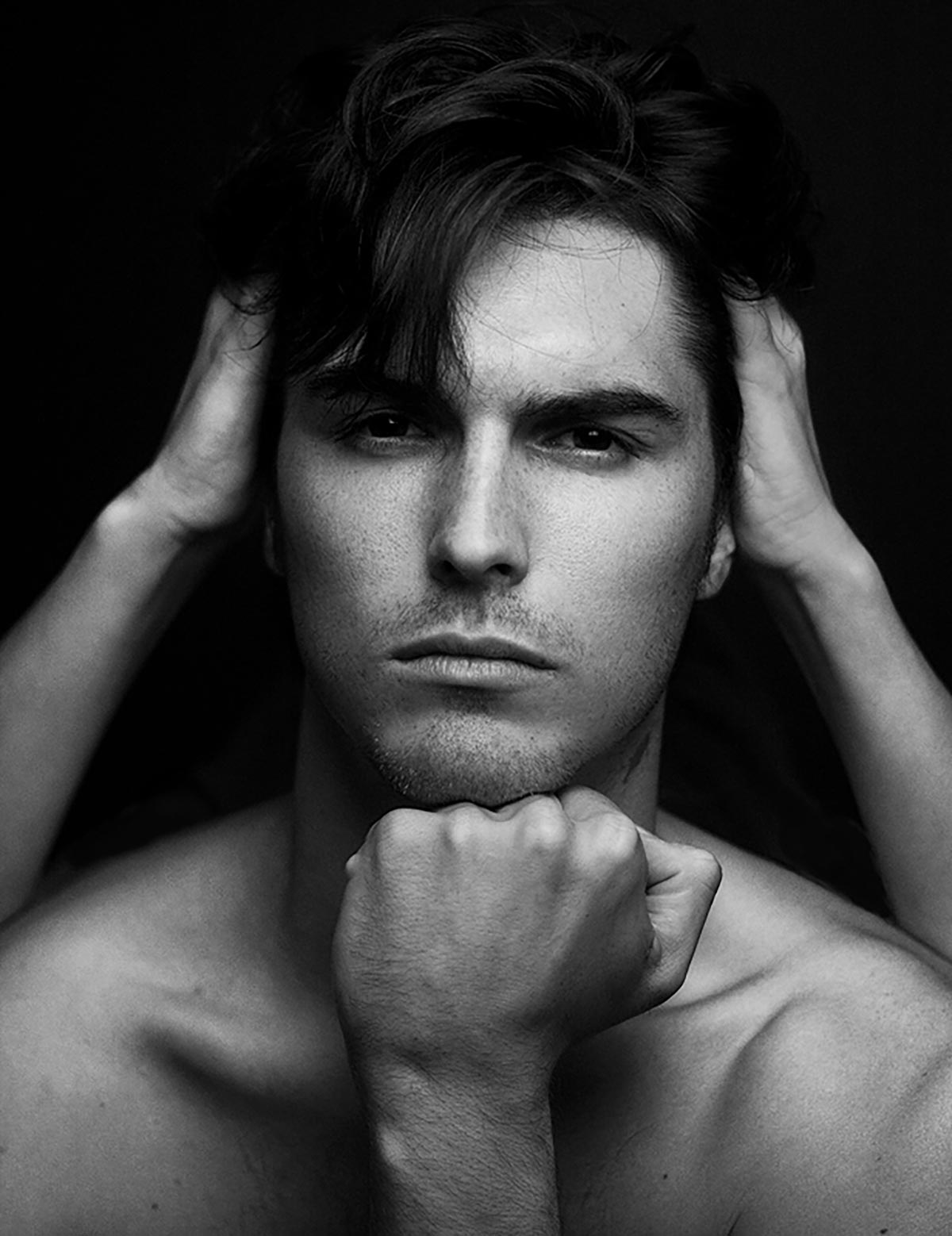
Alessio Iacovone
Relics of Aborted Loves.
Alessio is a young 25 years old Italian talent. He is so young but he has already had several collaborations with prestigious contemporary art galleries. A photography, his own, that draws strength from the charm – now emblazoned ultra – of amateur stuff.
Love or its absence as a source of inspiration, art as a tool in order to blowing up its power. And it is to love, a forbidden love, that Alessio dedicates this collection of personal shots, born from the memory linked to people who have embarked on new paths, on other paths, leaving on him the signs of their passing by.
Relics of Aborted Loves are small images of little things that we used to collect from the beginning of a story, and that we discover, perhaps after a long long time, abandoned in a drawer, lost behind a table, buried at the bottom of a box, when the relationship is already over. In every photo I try to represent in retrospect all those moods linked at the end of my loves, initial hopes, disregarded then, and the loneliness that stands in the end.
LETTERE
Rivedo le tue lettere d’amore
illuminata adesso da un distacco,
senza quasi rancore.
L’illusione era forte a sostenerci
ci reggevamo entrambi negli abbracci,
pregando che durassero gli intenti.
Ci promettemmo il sempre degli amanti,
certi nei nostri spiriti d’idilli.
E hai potuto lasciarmi,
e hai potuto intuire un’altra luce
che seguitasse dopo le mie spalle.
Mi hai suscitato dalle scarse origini
con richiami di musica divina
mi hai resa divergenza di dolore
spazio, per la tua vita di ricerca
per abitarmi il tempo di un errore.
E m’hai lasciato solo le tue lettere,
onde io ribevessi la mia assenza.
…
A. Merini
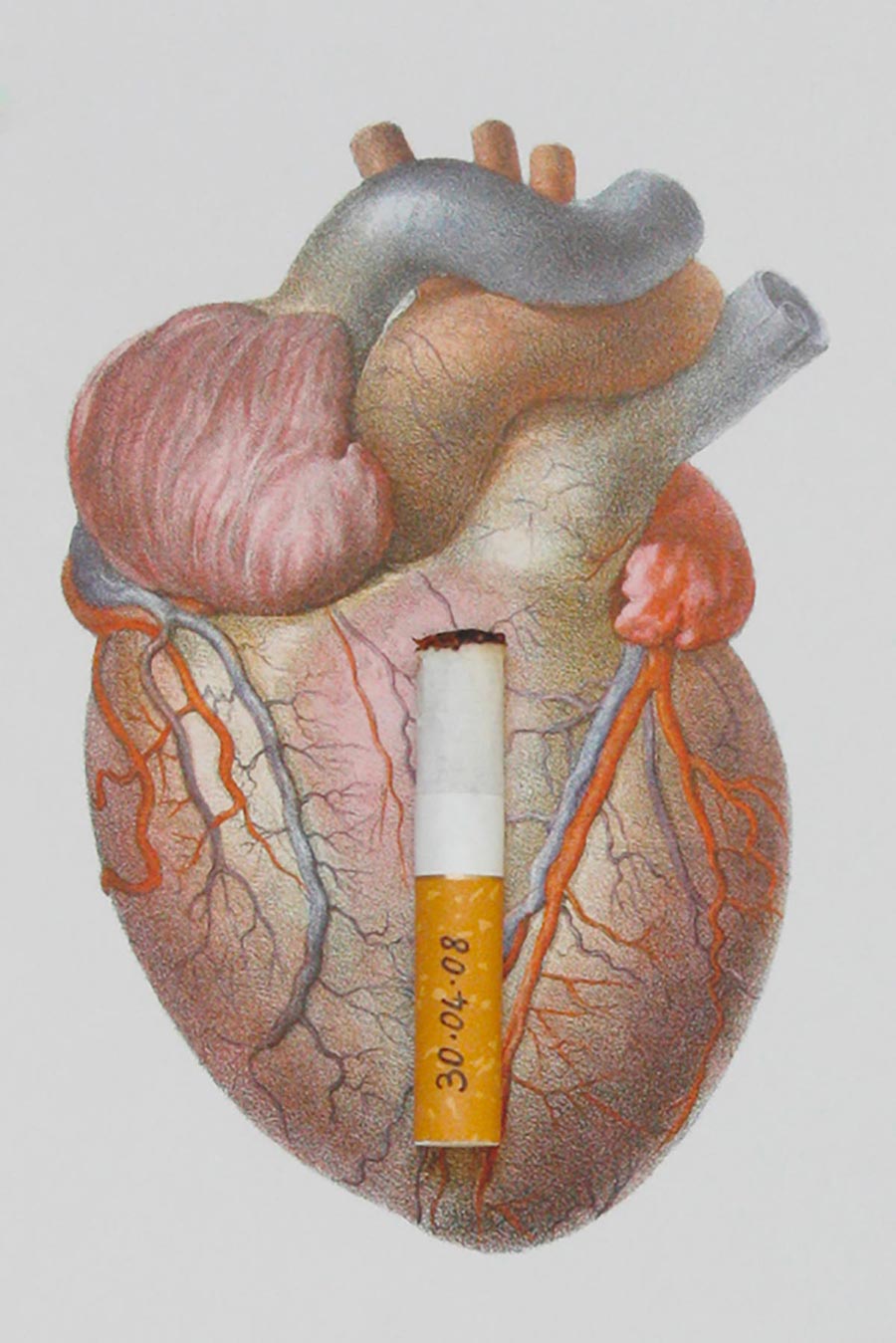
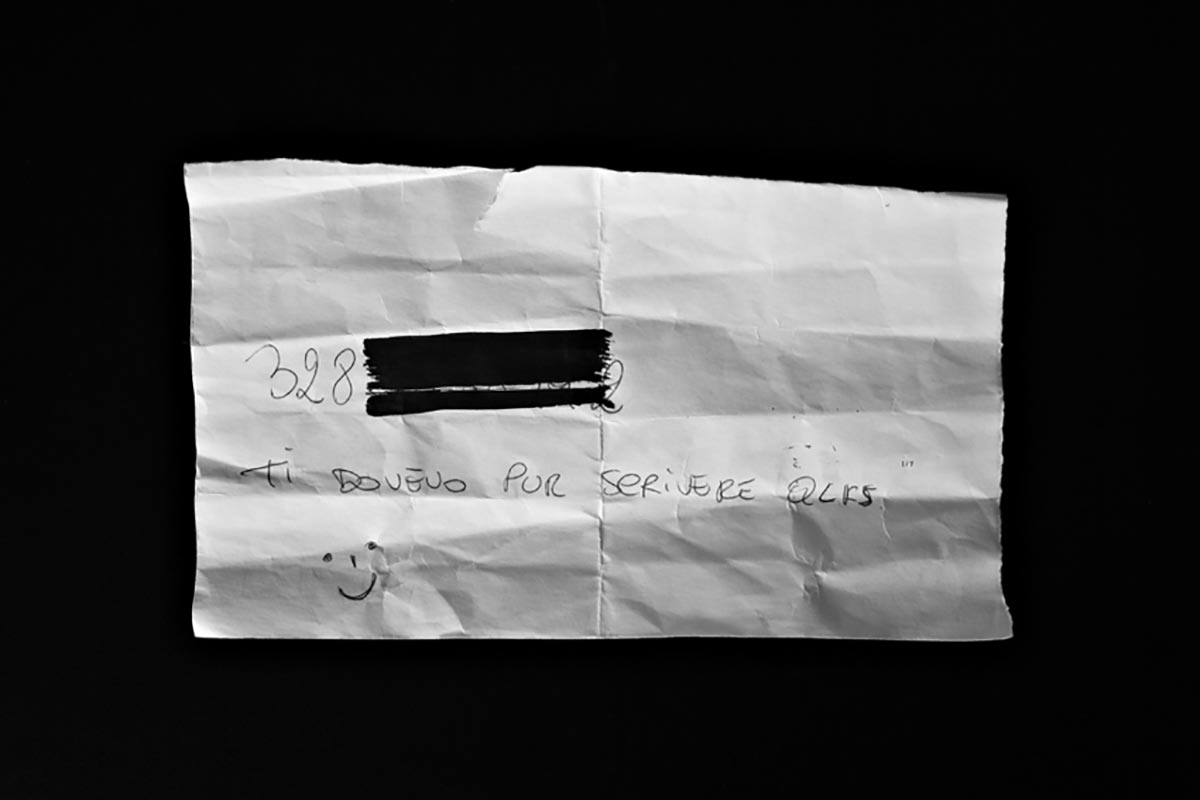
azt
Come inside me.
Beyond the skin.
In the circularity of time, two bodies submerged in water // it is necessary to overcome the ego.
Side effects: confusion / loss of self / loss of the horizon / lack of recognition / alteration of perception and of consciousness / remodeling of the physiognomies / extension of the oneiric dimension / lack of gravity / weight loss / hallucination / attenuation of sound perceptions / opacity of the vision / slowdown of gestures / pointlessness of the will.
A liquefied ego that expands its limits.
The skin is no longer the ultimate limit of the existence.
Skin is no longer the border.
In a liquid horizon the mind rediscovers itself fluid / the movement is not intended to an action but to feeling.
The perception of self is freed from the criteria imposed by body policies / there are no canons.
Aesthetic models vanish.
Beauty does not exist / there is only fluid.
It is not important to appear // it is important to pass through.
From the fixity of perceptions to the plurality of processes.
Fusion of bodies in the alteration of perception // photography is an imperfect language.
Silence // time is no more // the river flow takes the images far away.
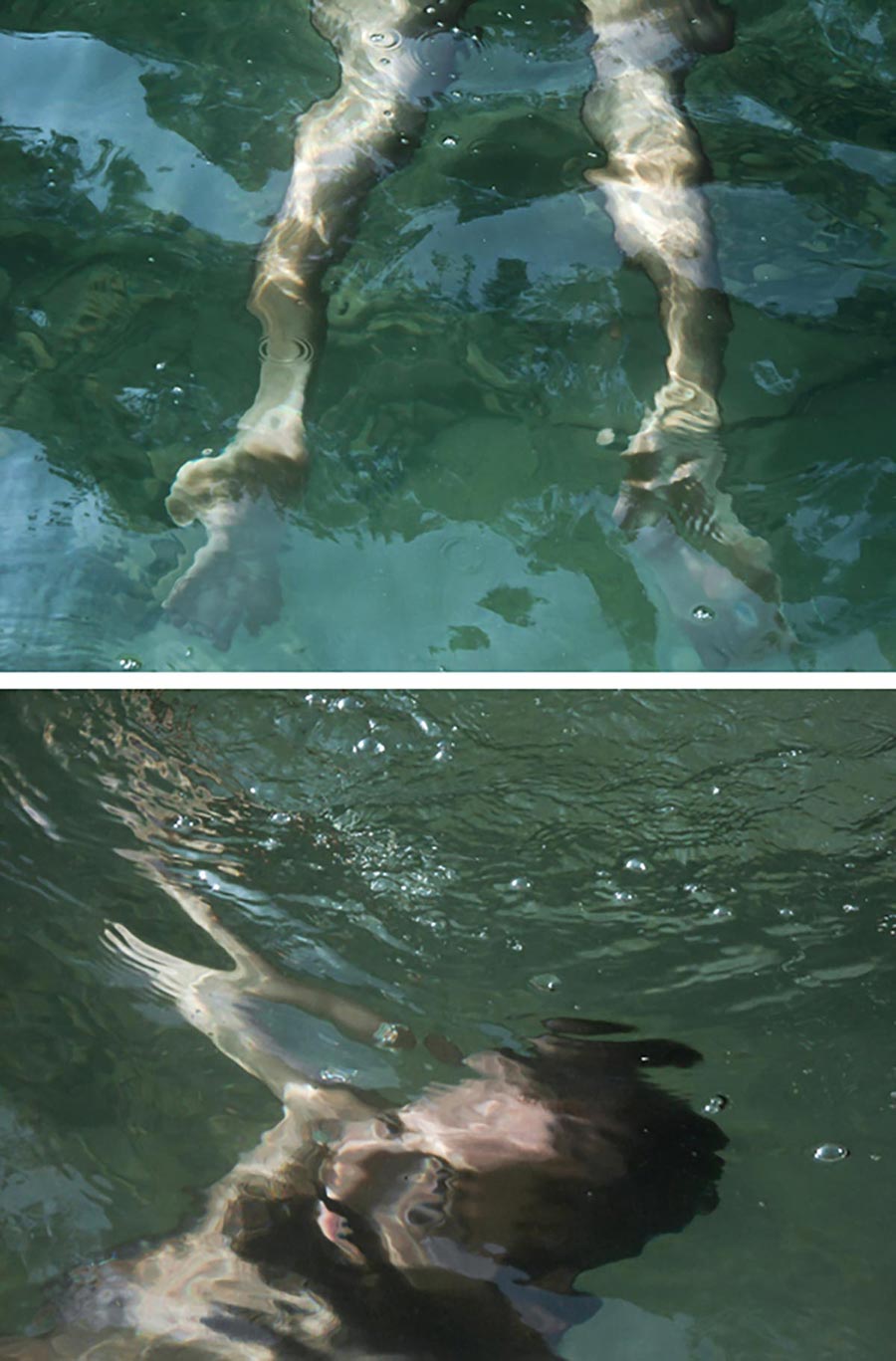
Corrado Dalcò
Last Dance.
Corrado Dalcò was born in Parma and, once he completed his studies in Graphic Design, he discovered that world so fucking weird and captivating of photography. It was love at first sight.
In 1992 he moved to Berlin, then to Barcelona and London. He instantly started to work for fashion magazines and advertising agencies. Shootings for Levi’s, Coca Cola, Nose, Sisley and others. His repertoire also includes music videos that explore different ideas of movement, tone and elegance. His work today is divided between the artistic and the purely commercial work, for advertising and publishing houses as a photographer and director.
But we really care little about castigate advertising and bon ton shootings, meant for eyes used to a sad bourgeois decorum.
We want meat.
And here we are served the meal. Definitely a lust.
What does it mean for you “woman”?
Woman means interesting character. You never get tired of photographing her because she knows how to change forever, especially herself.
The shooting most exciting you’ve ever done.
For now, the most embarrassing situation happened when I took two women who loved each other completely naked. I honestly didn’t know where to look.
Last Dance, tell me more about this new project. Frank and direct.
Last Dance is like a private aspect, a key component in what I usually do, intimacy, empathy with the subject. I interact, I just do not look at it. As a dance, perhaps the only, certainly the last.
There is a woman, a man, or a person in general, not yet photographed that you would like to portray?
I like to photograph famous people and portray them as if no one knew them, in the most troubled domestic intimacy.
Tell me a secret…
I’m a romantic, but no one notices.
Model: Margherita
Antonio Moscogiuri



Claudia Pasanisi
My Women.
To transform in images the elegance of a body, of a moment, of a thought. Just a lesson in Aesthetics at the University and then the inspiration. A name clear, resonant, that of the italian photographer Luigi Ghirri. Since then the beginning of a new path. A path that crosses the truth and beauty of the images. The road of Claudia Pasanisi is like this, a constant evolution, which affects cities and the major publishing realities: New York, London, Milan, Paris, and then the houses of Glamour, Elle, Esquire, Vanity Fair.
She likes to portray women and men alike. But this time I decided to talk about her women portraits.
Poetic, sharp, never dull, I’m in love with these shots and these figures. True, slight, naturally sensual.
For me, they are “Claudia’s Women”.
Why do you love to shoot women more than men?
Actually I like to photograph men too. I had the opportunity to work with men, from models to actors, writers and designers. Let’s say that lately the fees of the magazines have happened to me more about women.
However, it is definitely a bigger challenge to photograph a man kindly. I think they are more careful and perhaps even more vain than women when they have to expose themselves in pictures.
The salient features of your style.
Concerning to my style, I think the mind is up to the viewer. I only shoot when someone or something expresses elegance. Even when I have a commission, I do not shoot barrage, but only when I realize that everything is beautiful and there is such an elegance that appeals to me and I hope to the others too.
What is for you the voyeurism?
Voyeurism? It is the pleasure of seeing. And in the case of photography, the pleasure of catching what is most striking about the senses.
Tell me a secret…
When I was a child, at kindergarten, I ripped the veil of a nun. I discovered she had a long braid twisted into a chignon and she appeared to me wonderful, immaculate. A statue, with white neck and honey-colored hair.
The love for you in three words.
I do not know what to say about three words to describe love, too difficult.
www.claudiapasanisi.com
claudiapasanisi.tumblr.com
Interview: Antonio Moscogiuri
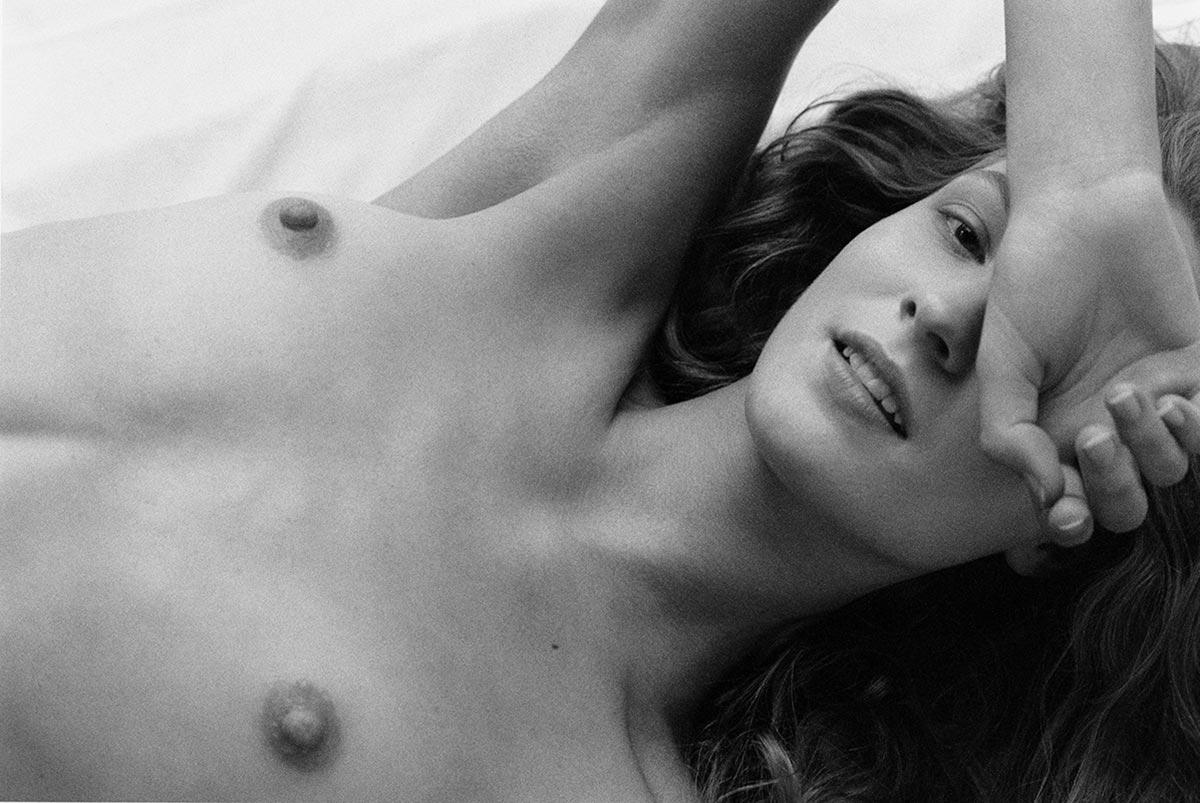
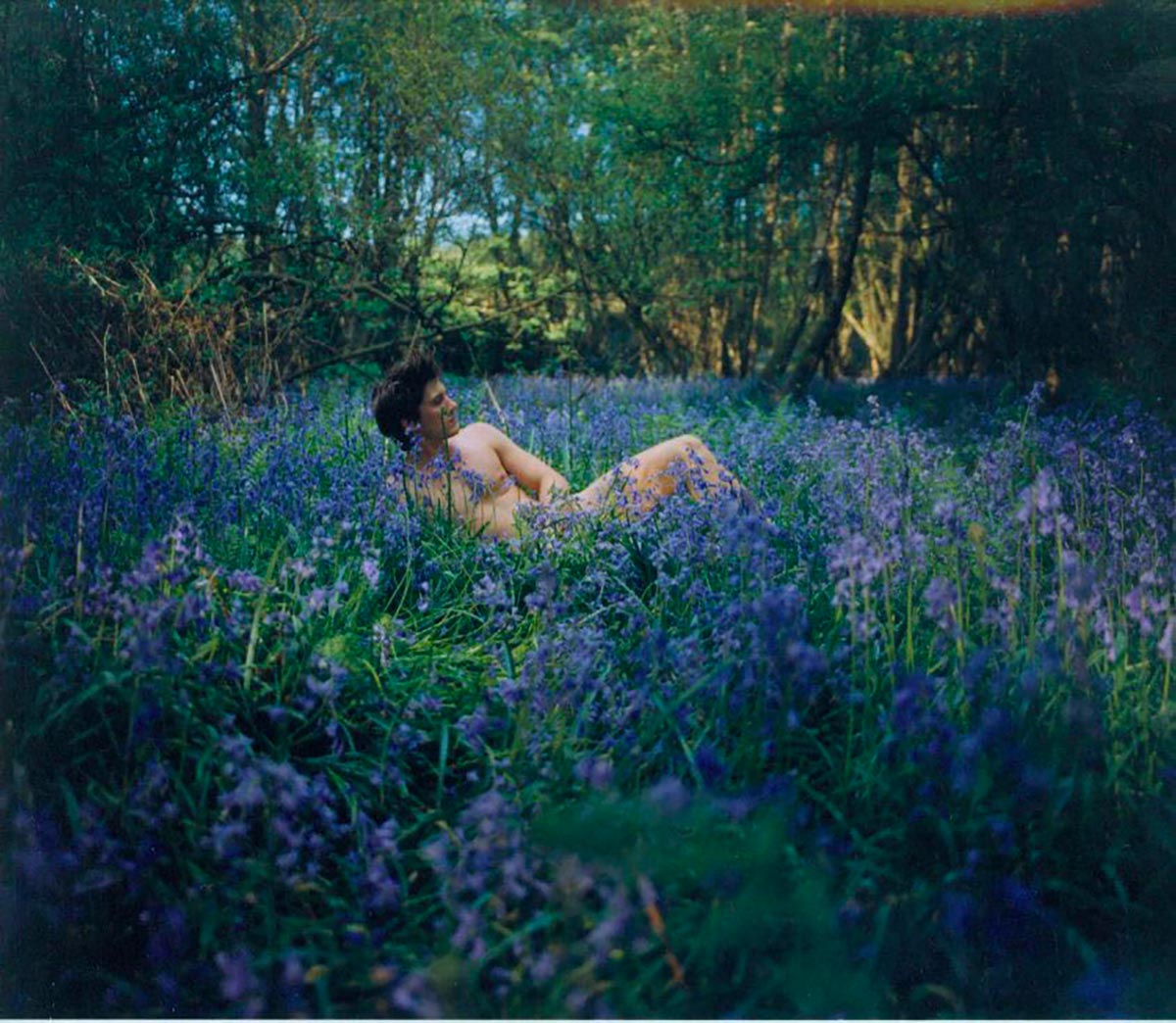
Kim&Jean
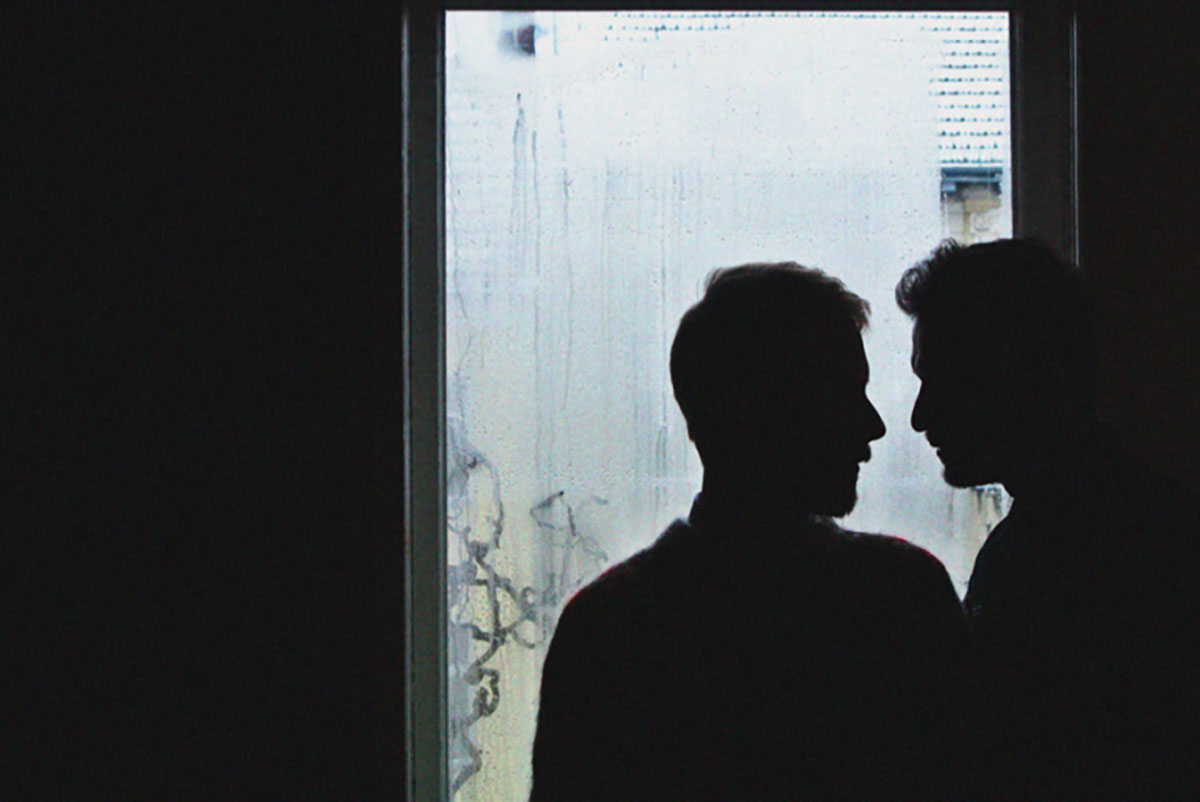
The bodies of love.
I knew them by chance. A social network or something like that. Jean invited me to join a yoga class and I, conscious of my strong limits in the practice, accepted anyway. When I arrived, obviously in late, I discovered a beautiful apartment with huge rooms and in one of those there was the yoga group. It was a super strong experience, intense, tragic in a way, but so powerful that I decided to join the class again. After few times, I just felt the right energy, so I asked Kim and Jean if they would have liked to be part of a shooting. But not a classical one, shiny, poser or whatever, just some real pictures taken in thier home and whitout posing or acting. Just them, just Kim and Jean, just their real love, just during their last day in that flat. The answer was: “Yes, why not?!”.
So, we joined together and made love. All the rest is in the pictures.
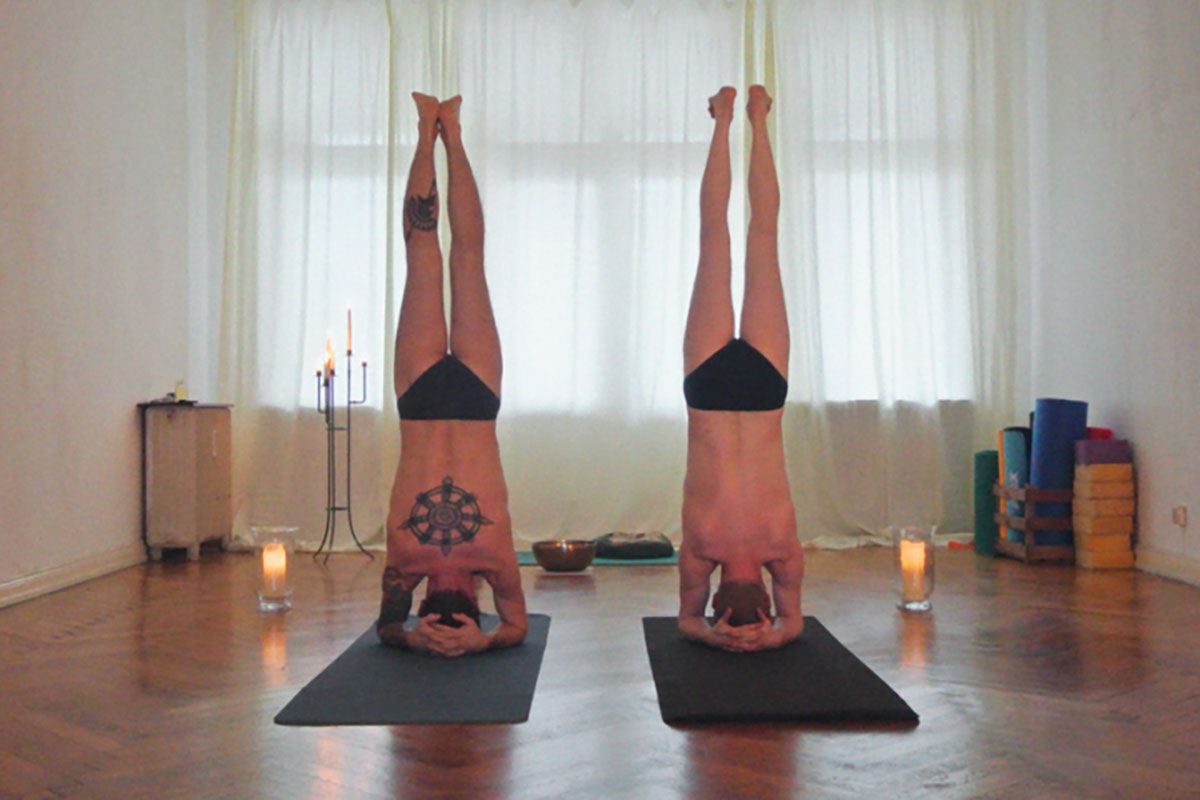
Who are you?
J: I’m french, born in 1974 in Dijon, in a couple of months I’ll be 40. I lived 11 years in the US where I became a yoga teacher and massage therapist.
K: I am Kim. I’m a 36 years old British-Italian bohemian with a passion for politics and chocolate.
How and where did you meet the first time?
J: We met on gay romeo and then in person in Berlin on June 13th. 2013.
K: We met briefly in Berlin, through a dating site, and I invited Jean over for dinner one night just before leaving for England. We stayed in touch and I invited Jean to join me in England at a friend’s stately home in Oxfordshire. I picked Jean up from the station by boat and rowed him home across the Thames. It was the afternoon of the 9th. of July 2013, the hottest English Summer in over a hundred years, and I’d like to think that our meeting had something to do with it… We’ve been a couple ever since and moved in together that very same day.
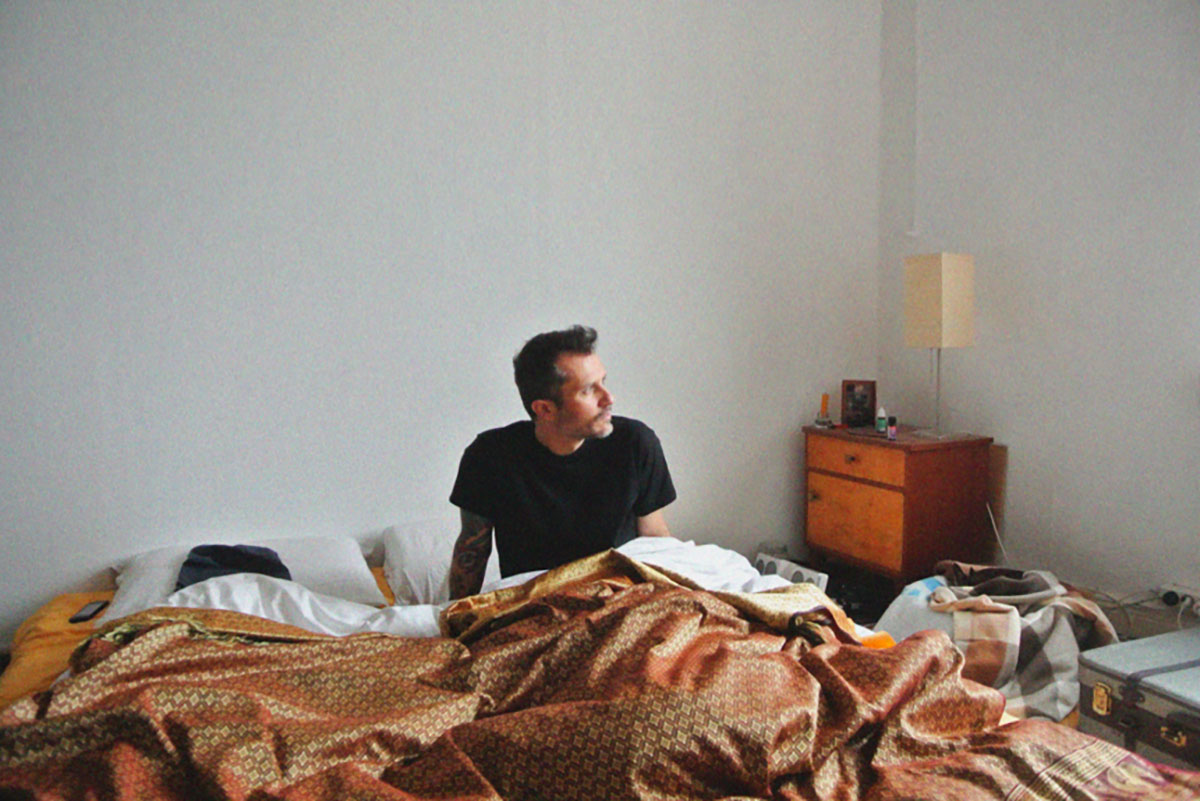
One thought you’ve never said about your country.
J: France could be a land of opportunity…
K: I am quite sure that I have exhausted all my thoughts about both Italy and England.
How much is important for you money?
J: I need enough to eat, to take the train to go visit my family and go to the movies!
K: Not much. It has always been a secondary worry for me. I came from a family with very little money and we always did fine, hence I have never prioritised earning money over other activities that were closer to my heart. I realised through experience that money always comes to me when I need it.
What do you love the most in your partner.
J: His sensitivity.
K: Too many to list, but first and foremost his patience, as there wouldn’t be a relationship without it.
What do you hate the most in your partner.
J: How he gets agitated when a crititcal situation would require to stay calm.
K: There is nothing I ‘detest’ about Jean, but his poorly time-management skills have been know to create havoc in the relationship.

A song or a rhyme you sang when child.
J: Whistle Flute Concerto by Vivaldi.
K: I used to love singing Mozart’s “Le Nozze di Figaro”: “Figaro qua, Figaro là, Figaro su, Figaro giù, Figaro, Figaro, Fiiiiiiiiigaro!”… You get the idea of what kind of child I was!
facebook.com/groups/190451274473560/
Clothes by:
Diesel
Levi’s
American Apparel
Daniele Alessandrini
Gallo
Zara
Versace
Kim’s and Jean’s own
Interview: Antonio Moscogiuri
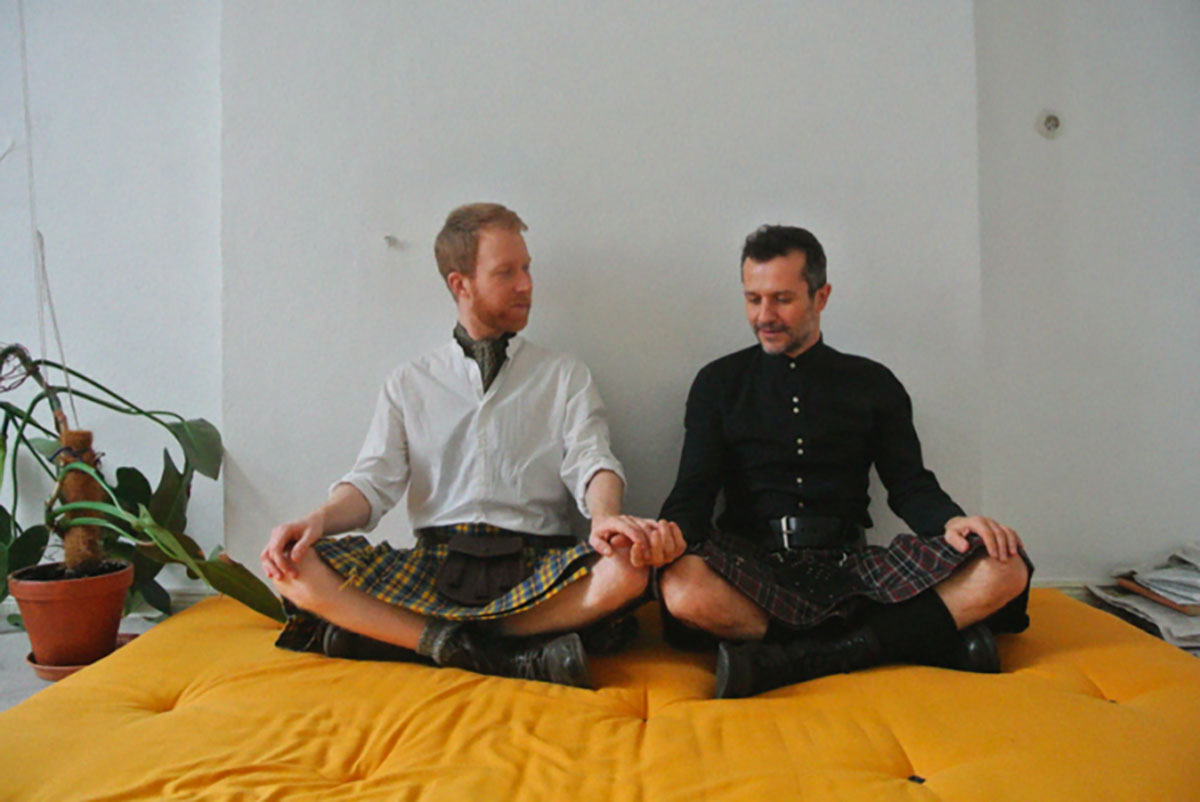
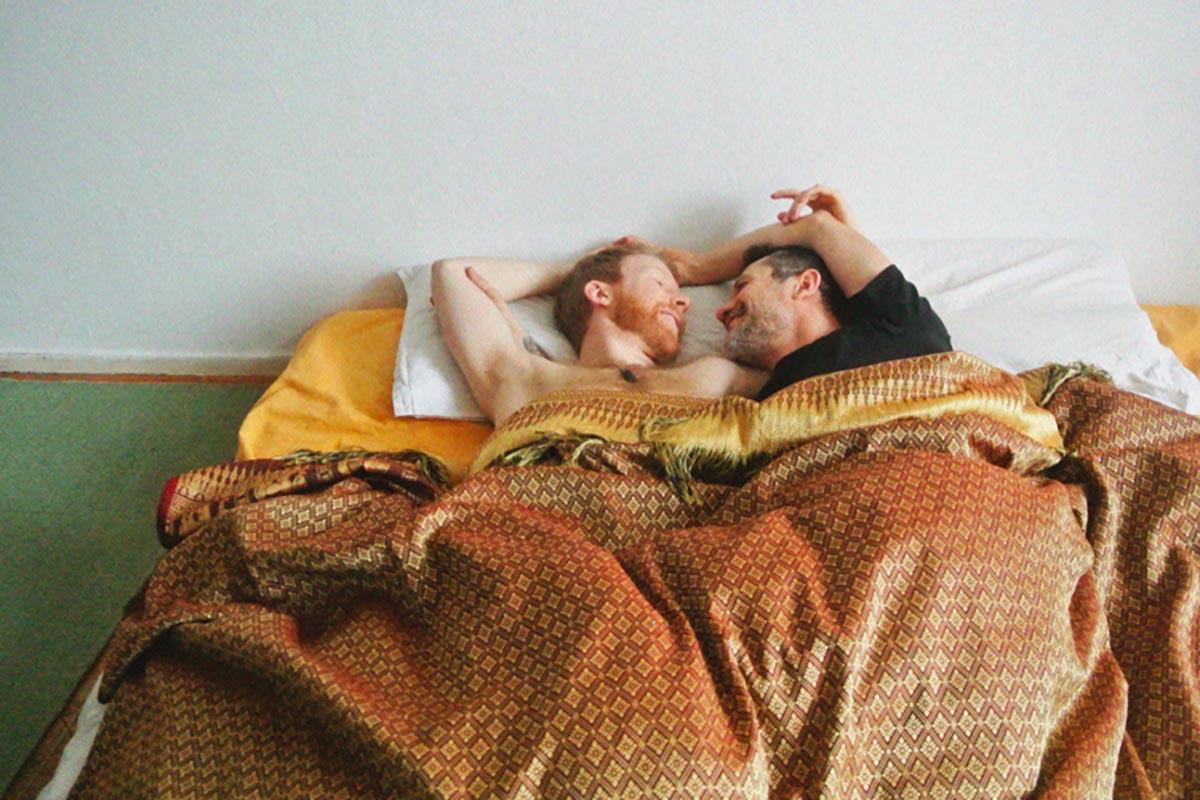
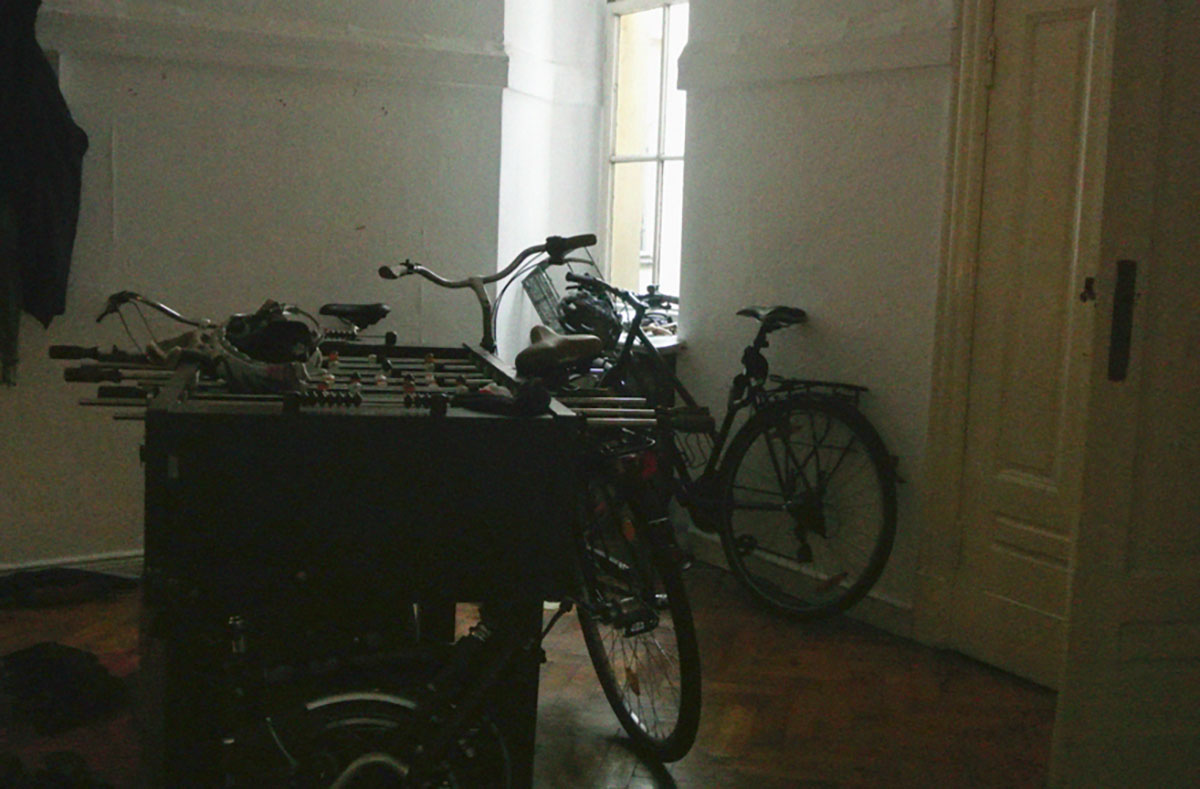
I know that now you are far from Berlin, what did it mean for you this city?
J: For me, Berlin meant focussing on the priority of working to improve my relationship with myself, the communication with the heart and the positive aspects of my personality. In Berlin, I found the help and the motivation I needed. However, the city was too intense for me and it was necessary to leave.
K: Berlin changed my life and profoundly changed me inside. I have lived all over the world but no other city, with the exception of New York perhaps, has been as intense, stimulating, challenging, emotionally exhausting and esoterically magical as Berlin has been. Its turbulent history, its unspoken pain and its incessant celebration of life, its post-apocalyptic aesthetics, its über radical politics, its strong sex appeal, and – needless to say – because of Berghain!
How and why did you have the idea of creating Kreuzkoelln Yoga Collective?
J: The idea came from Kim who had had a similar experience in his previous apartment. With other yoga teachers, we create this structure in our Neukölln apartment to allow the people who couldn’t pay 10 € or 15 € in other studios to gain access to the benefits of yoga too. Kim also created the collective to allow me to work from home, use the beautiful space and have an income this way.
K: I had the idea of starting a yoga collective in the flat as I always believed in challenging the privacy that is often associated with the hetero-normative conception of the ‘home’. Like many of my yoga teacher friends in Berlin, Jean was looking for a space to teach and the size and location of the flat lent themselves perfectly to the idea of hosting a yoga collective.
Moreover, Kreuzkolln had recently been hit by a wave of gentrification that was leaving many of its immigrant and bohemian inhabitant homeless, including many of the yoga studios that had popped out in the neighbourhood and catered for a more middle-class clientele.
As a progressive household living in one of those (now) rare huge Berlin flats, it wasn’t difficult to convince my housemates to support the idea of hosting yoga classes in the house. By running the collective on a donation basis (some people would bring us apples or incenses as a form of payment), it took us just two weeks to fill the classes and we were encouraged to increase the number of classes to the point of running classes on a daily basis (sometimes twice a day) and hosting workshops at the week-end. It was a pity that eventually we too had to leave as a result of the ridiculous rent increases (by € 1000 a months in our case) that were transforming Neukolln overnight.
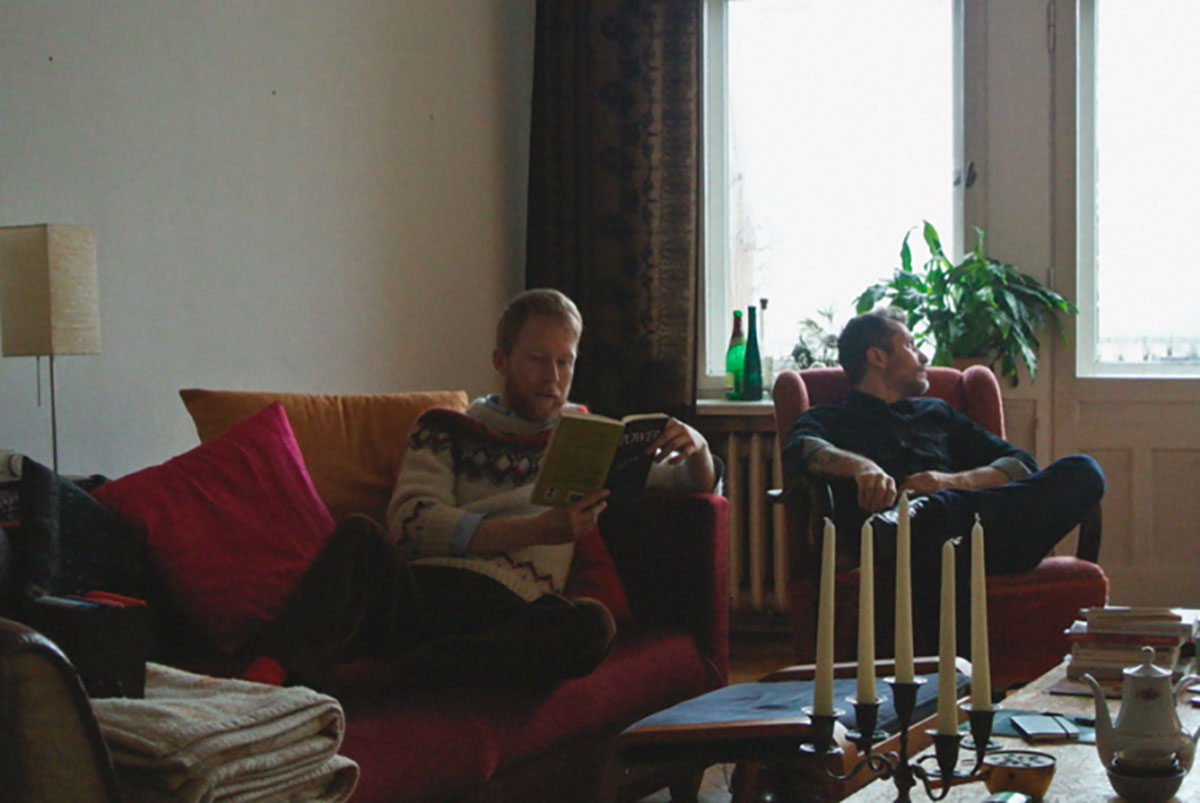
A sexual phantasy you still didn’t explore.
J: A huge gang bang.
K: Fisting.
Hands or feet?
J: Hands.
K: Hands.
Chest or pube?
J: Chest.
K: Chest.
Your favorite pizza?
J: Fresh tomatoes, rucola and fresh parmesan.
K: Napoli, but with buffalo mozzarella.
Omnivorous, vegetarian or vegan?
J: Vegetarian, I love cheese too much!
K: Ideally vegan, most of the time vegetarian, and occasionally “fishetarian”, but never carnivorous.
If Jean could be Kim and Kim Jean, what would you do with the other’s body?
J: Give him the experience of enjoying bottoming.
K: No comment!
Are you able to imagine you both within thirty years?
J: Yes, the perspective of aging together suits me well.
K: I do it all the time!
The first three things you do when awake.
J: Say good morning my love, kiss and hug.
K: I search for him with my hands and feet under the duvet, with my eyes still closed, I then look at him and when he looks back I smile at him. It has been like this every morning since we first met.
Matt Hopkins
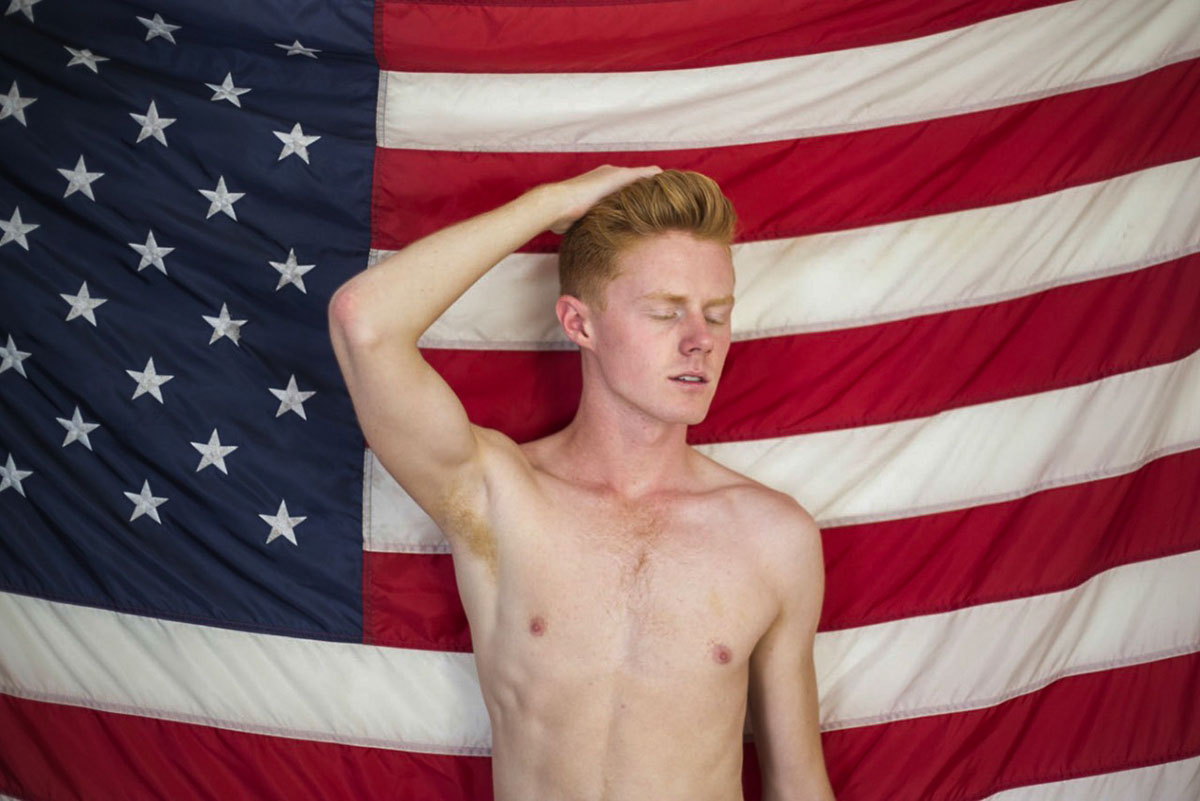
The bodies of desire.
We met by chance, through one of my favourite social networks. His name is Matt Hopkins, young, super young, he lives in New York, Brooklyn, and works as an editor. He takes photos just for pleasure, a passion that accompanies him since forever.
He does not love interviews and he would rather have his shoots speak in his place. Bright, clean, precise: the bodies he takes photographs of reflect lights and shadows of the places where they move. They are strong, seductive, lost, light, thrilled, beautiful, sexy, flamed.
There they are.
Text: Antonio Moscogiuri
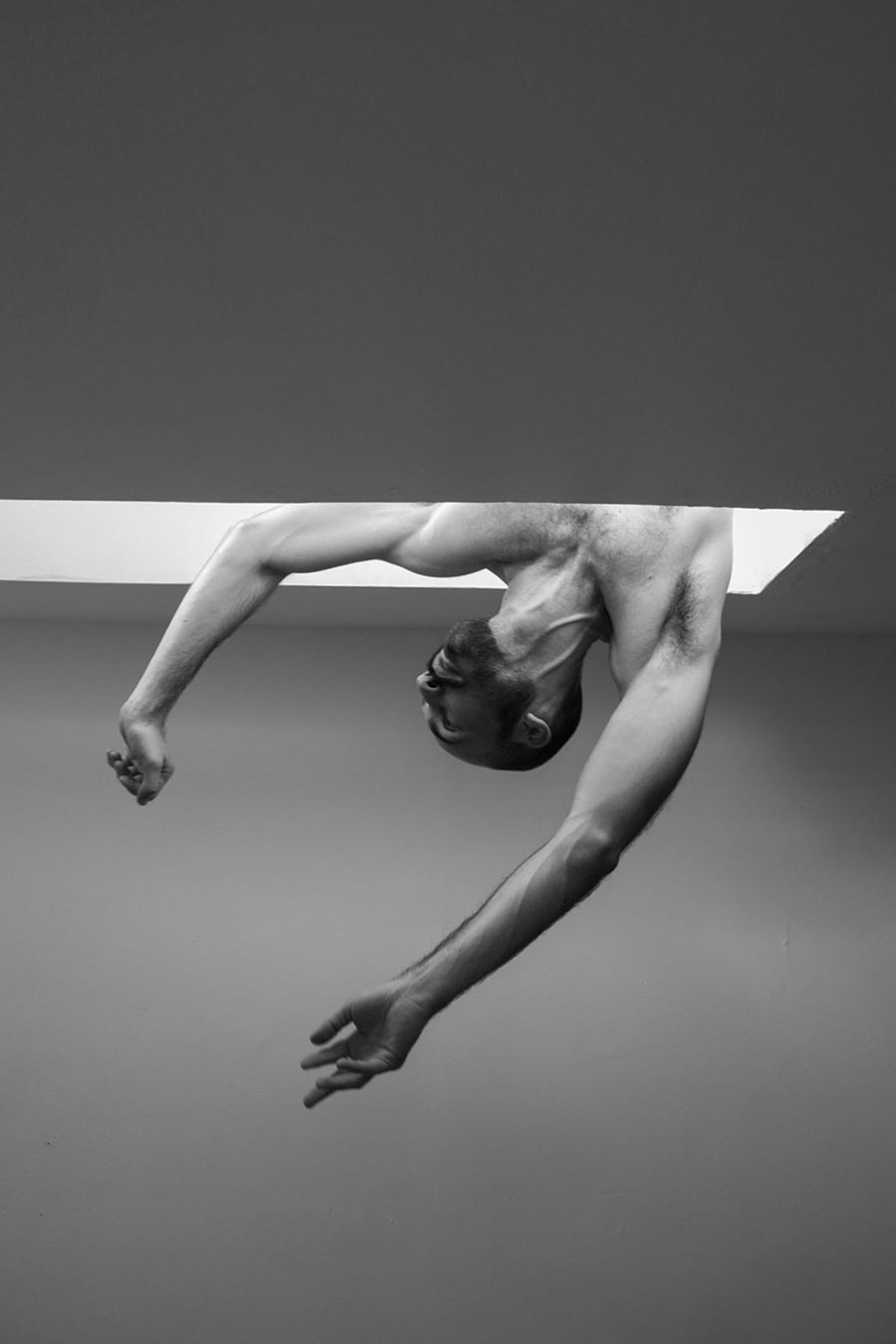
Anailogías
Historias por Vega y Patiño.
Eduardo Vega-Patiño is a super young and very talented photographer who lives and works in Argentina. He was born and raised in Panamá, then he went to Rosario at the age of 18 to attend the Arts school. We love his pictures, because they are so full of poetry, sensuality and love. It’s so hard to remain indifferent looking at those images. The use of the thecnics, the mix of colours, shadows and lights are so balanced as much as natural and unpredictable. That’s the kind of voyeurism we love.
How was born the idea of Anailogías por Vega y Patiño?
Well, It began with a work I had to do for the university project, the teacher allowed me to use photography and the main idea is to conceptualize a book chapter’s title into an image, so I took one of my friends and I started trying to get a picture that resemble him. I have always wanted to be a storyteller, and I found human nature the most interesting thing, so “Anailogías” means that, a visual image that is also a metaphor of the subjec that is in it.
Which is the idea behind your beautiful and so sexy project?
My idea is to collaborate with artists, from any filed, and I hope that soon I will be able to do some photo installation with huge prints of my pictures on public spaces, but for now, I’m just trying to get better at conceptualizing and getting the best from the people I take pictures.
What do you think when you shoot a picture?
Basically, what makes interesting this person, why am I taking pictures to him or her, and what I wanna tell.
Which are your favourite subjects?
People with interesting stories, creative people and those who change in an intimacy context, the people who surprised me on a photoshoot are the ones who I like the most.
What does it mean for you voyeurism?
A portrait to someone’s intimacy or sexual moment, it depends of the context.
Do you watch porn?
I do from time to time, but as I am seeing a lot of sex in my photoshoots, I have stopped enjoying visual images of sex, and enjoying more the real thing.
Who or what is the favourite subject you would love to shoot the most?
I would love to shoot a day in Xavier Dolan’s life, but also goal is that my ex-boyfriend and best friend, would want to be part of my pictures, he has refused to posed naked.
p.s. The “toilet” shot is my first voyeur shoot ever…
analogi.co
facebook.com/anailogias
Interview: Antonio Moscogiuri

